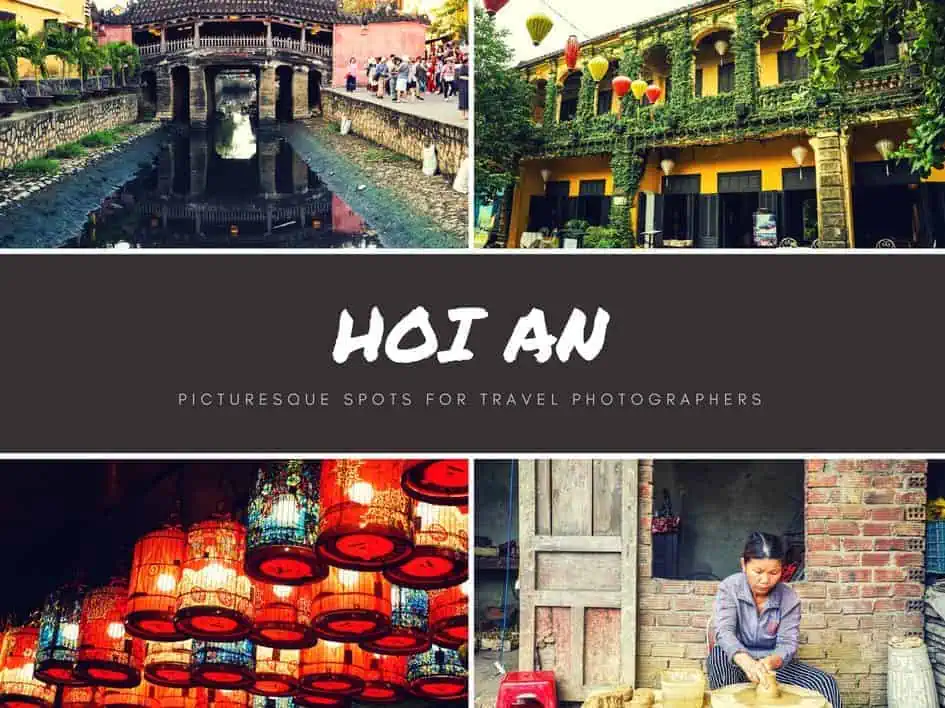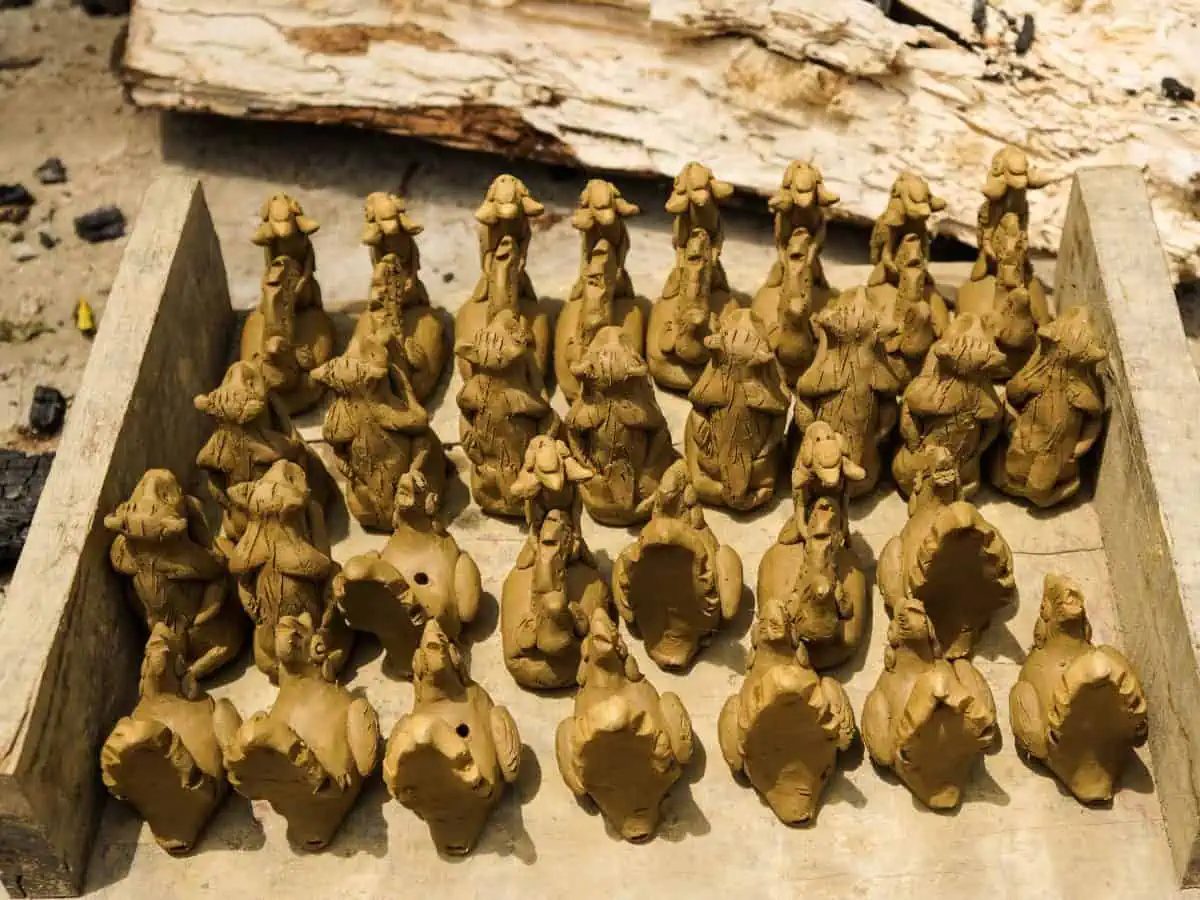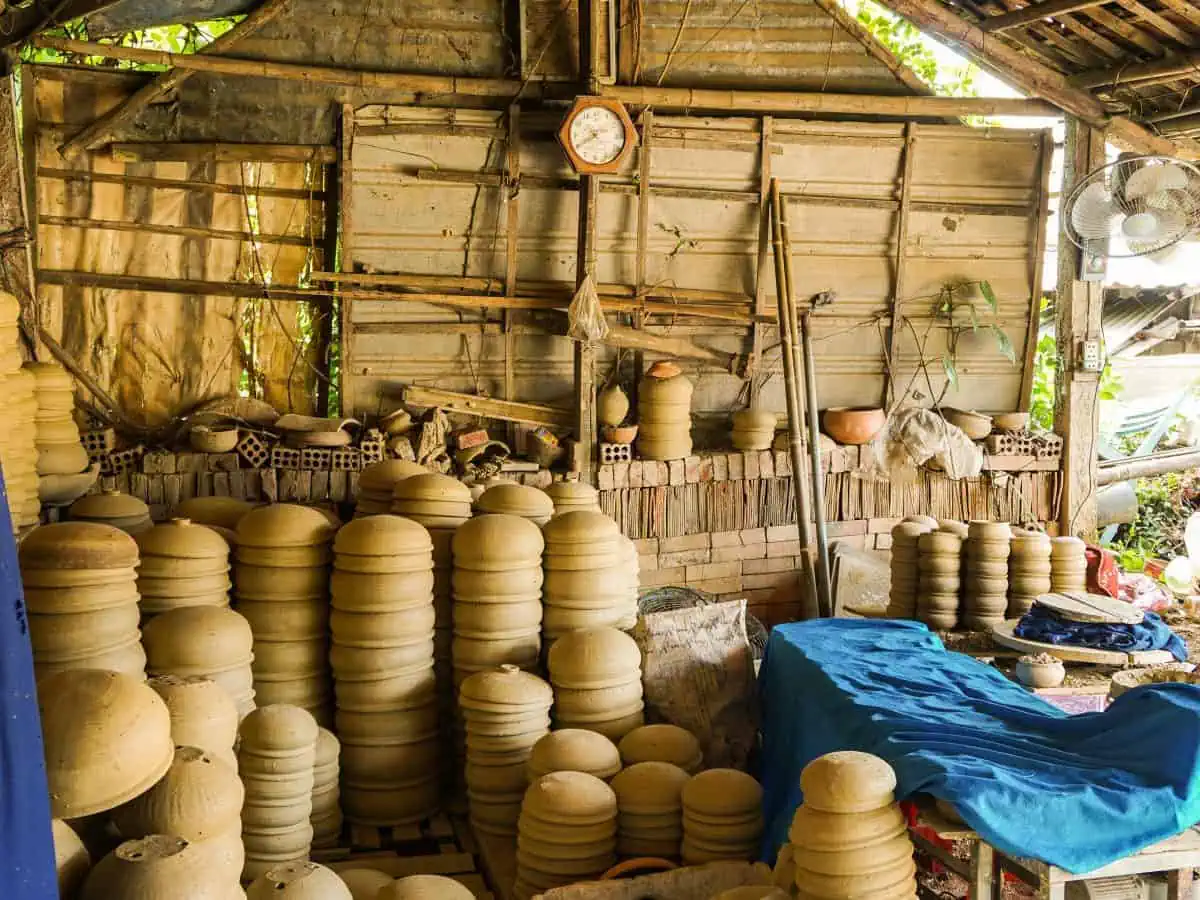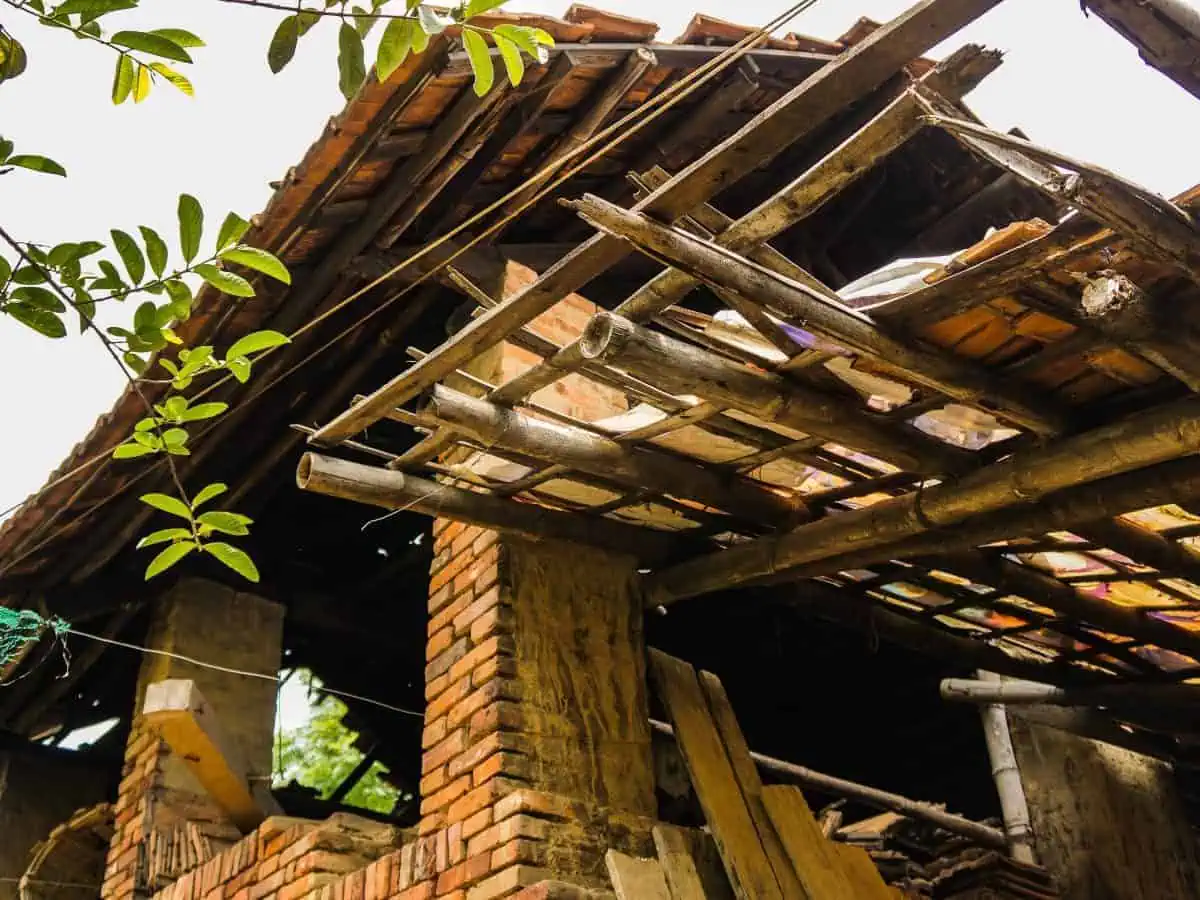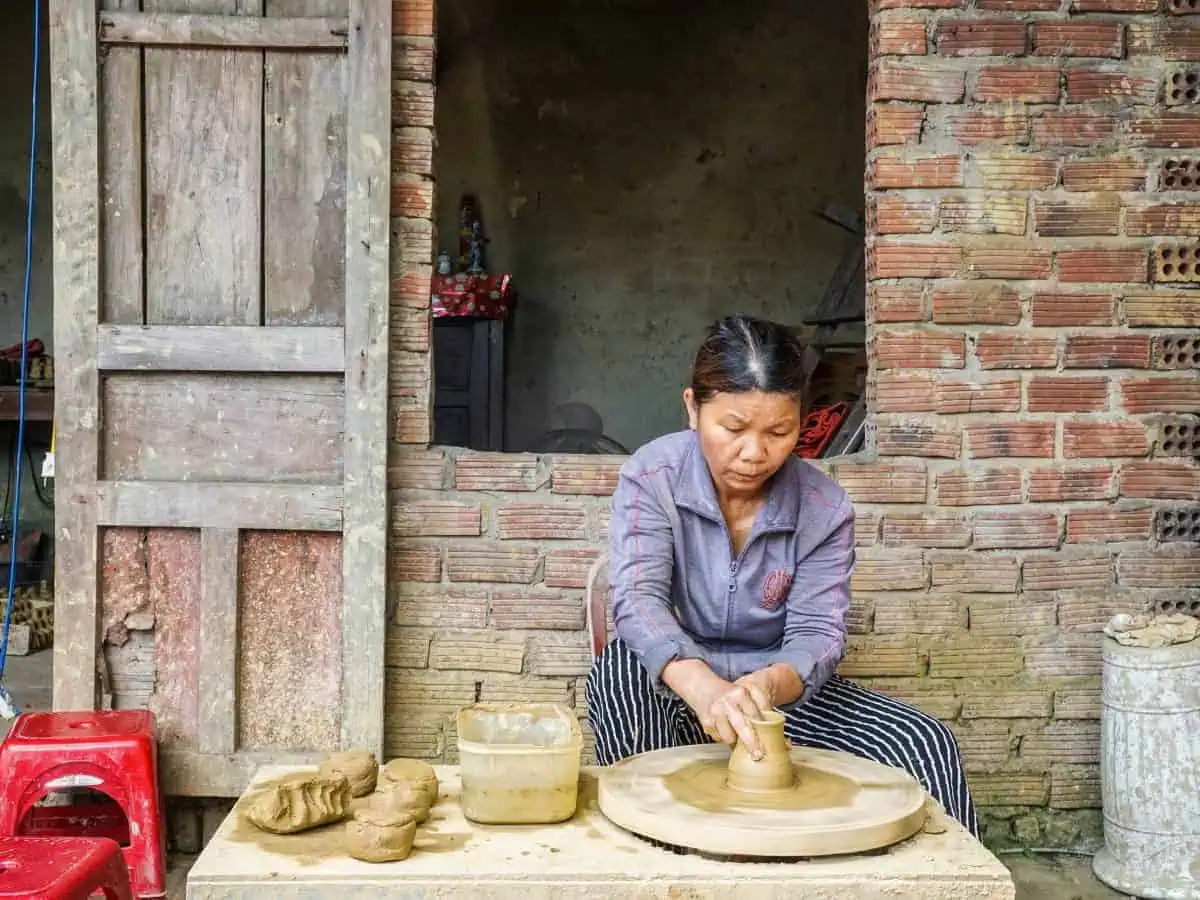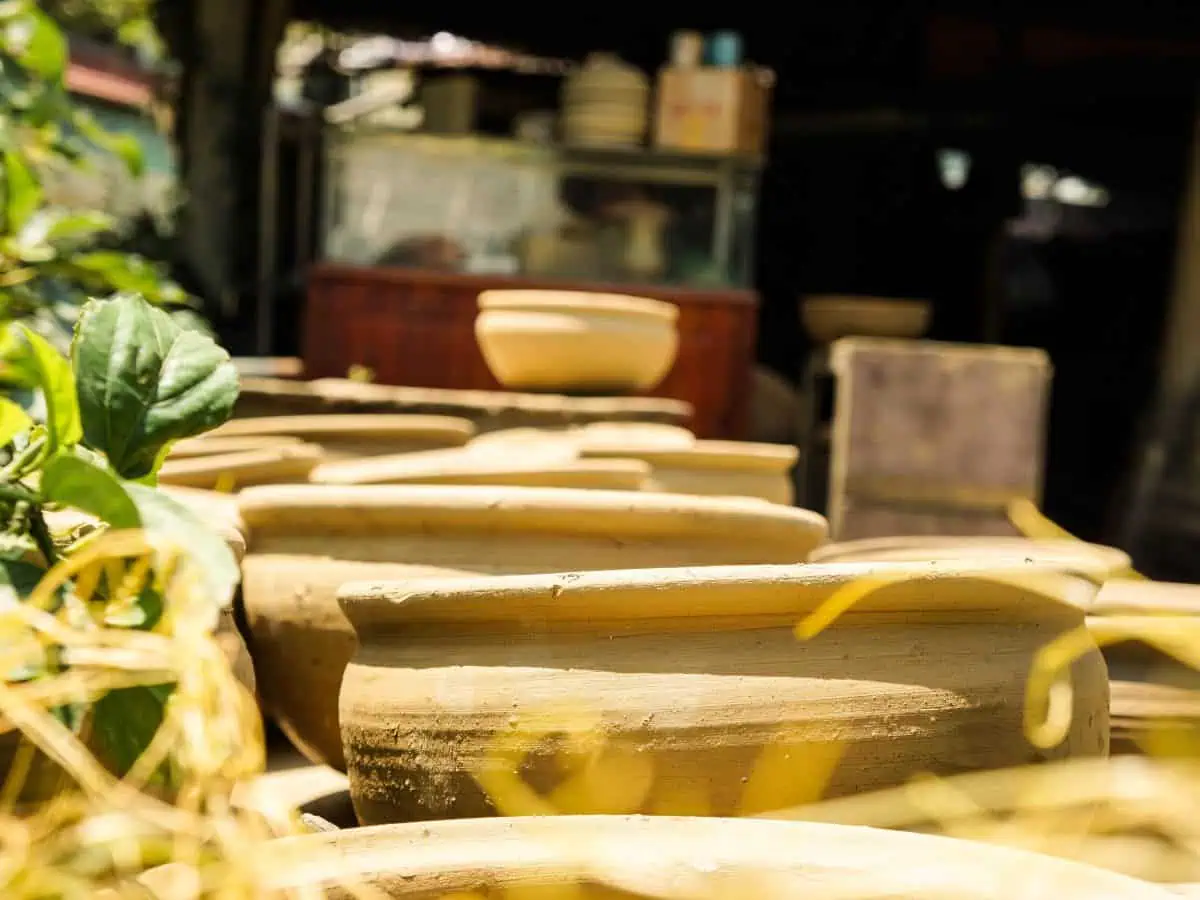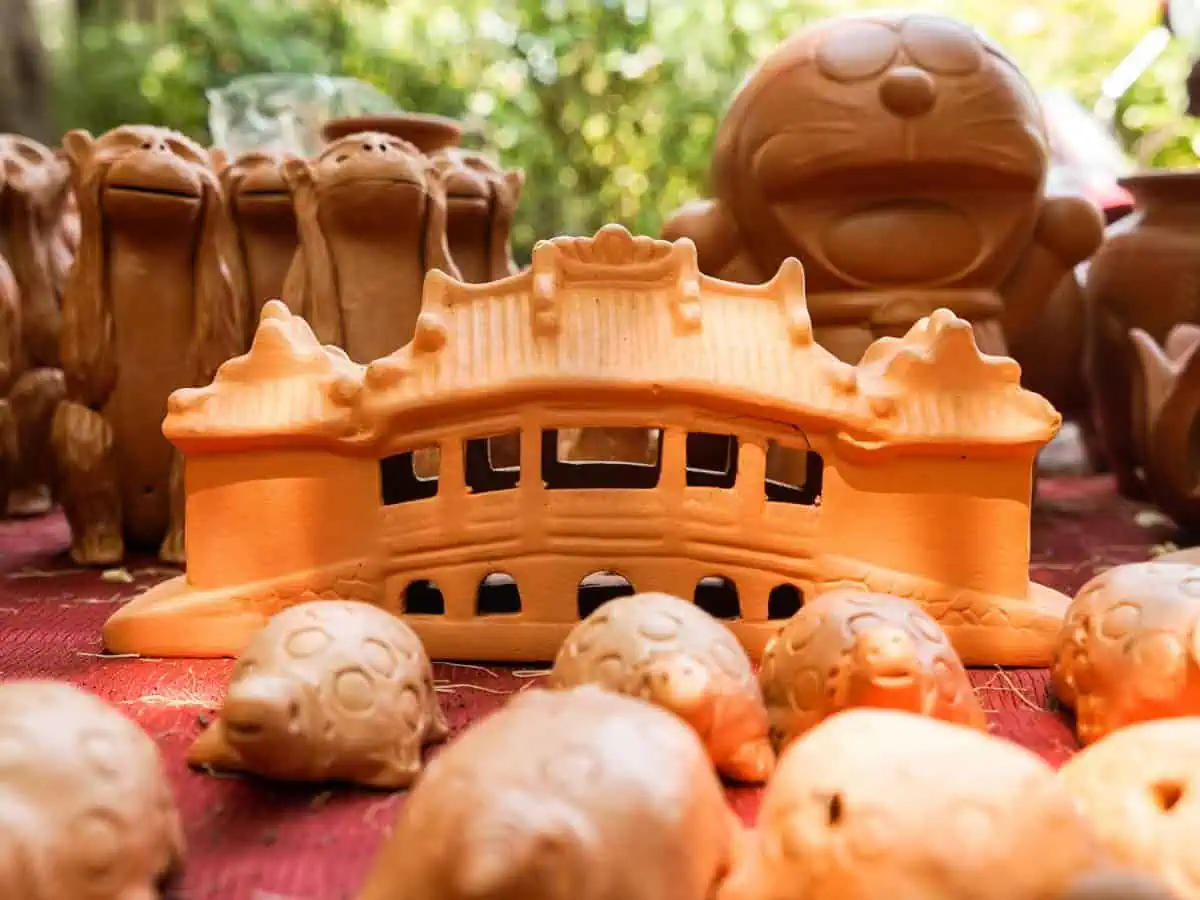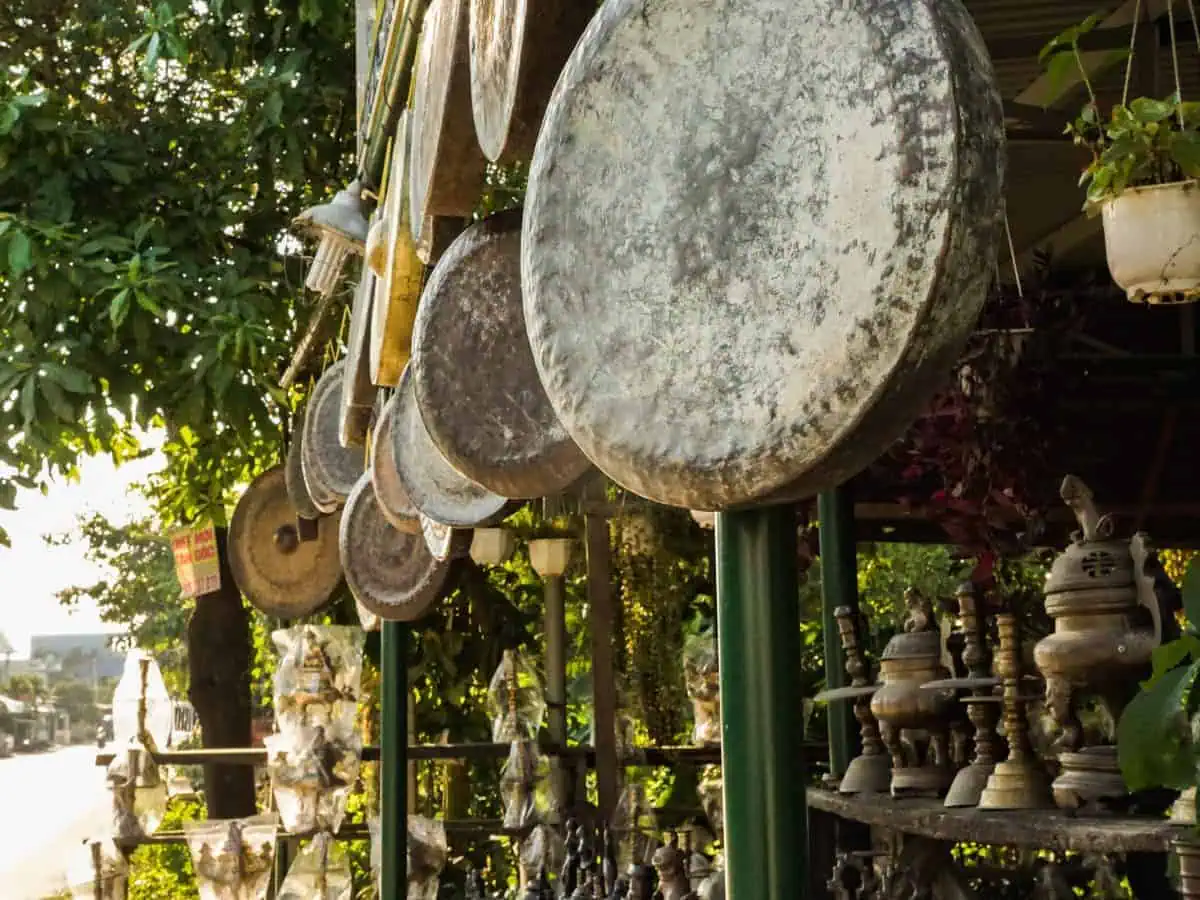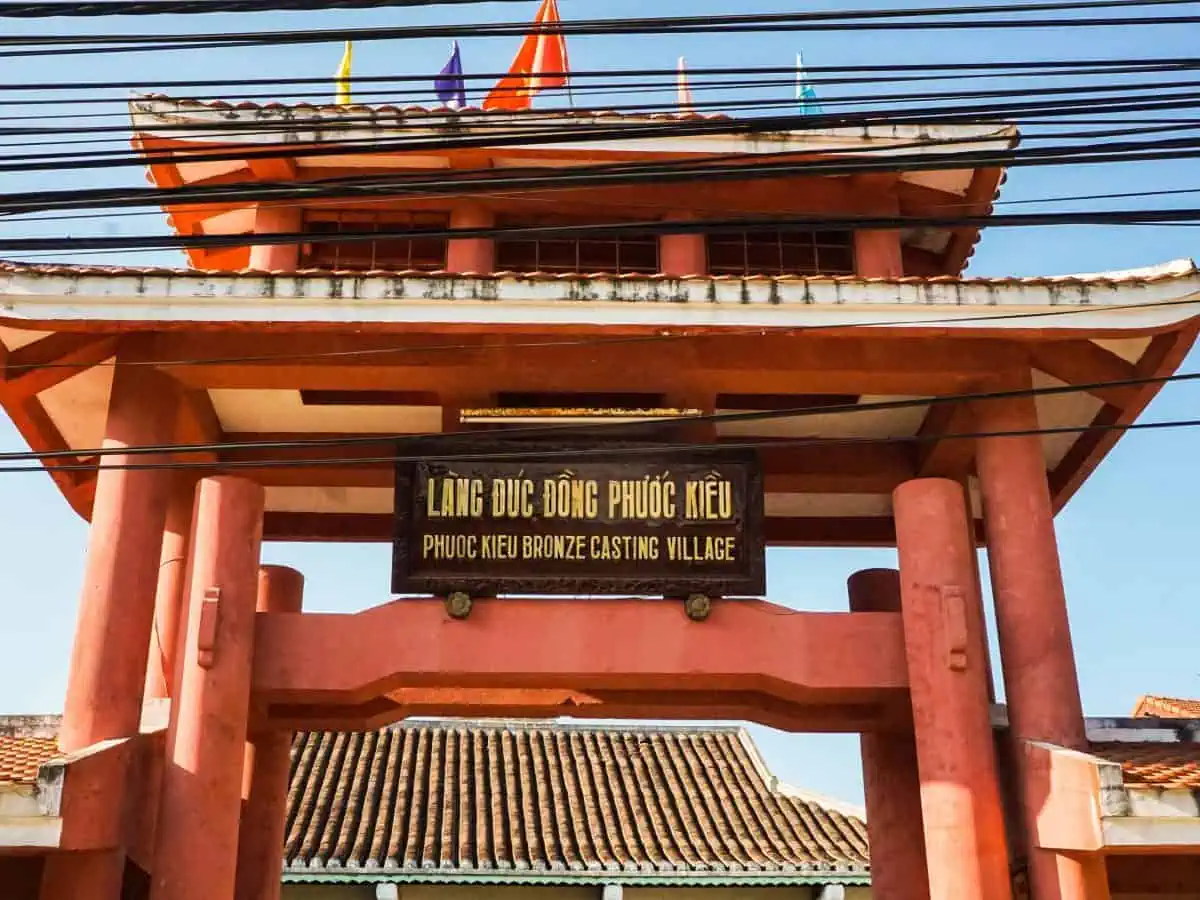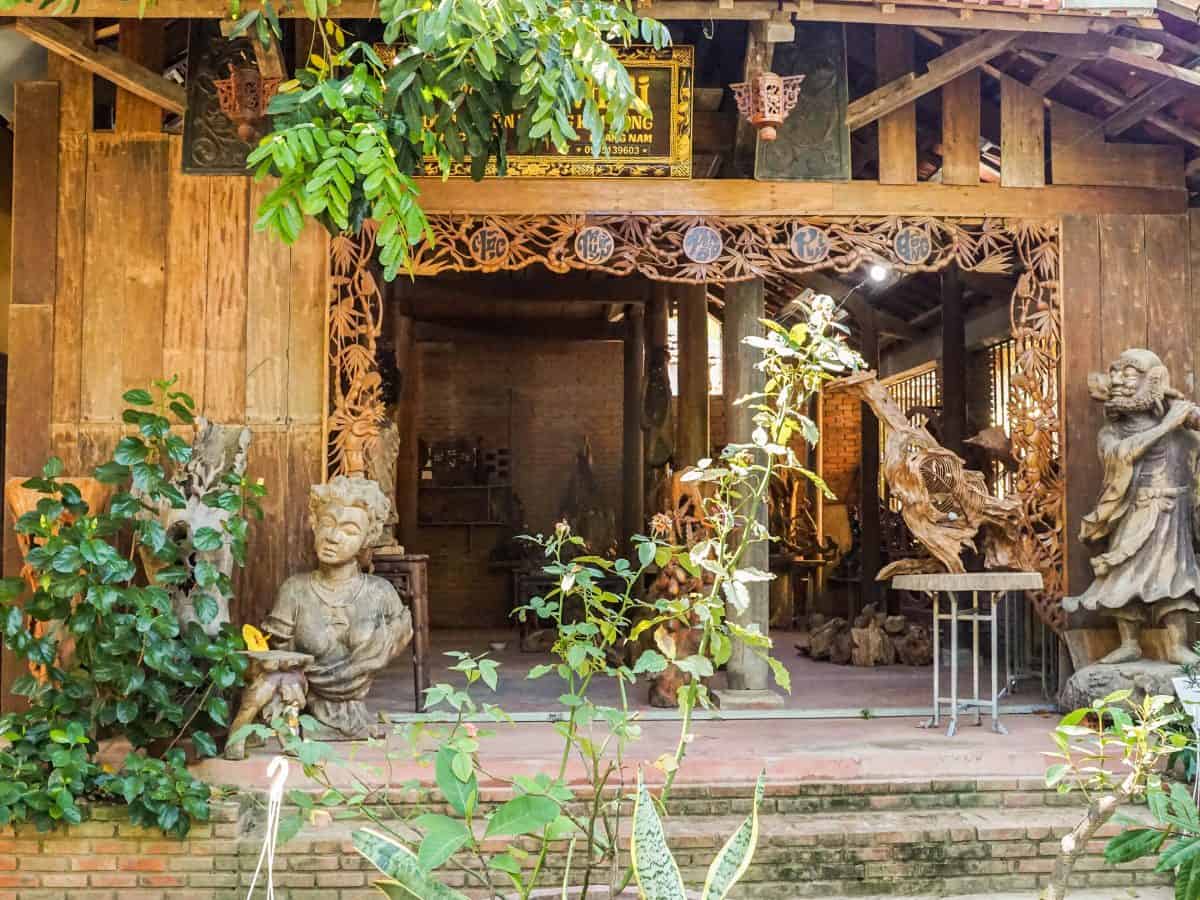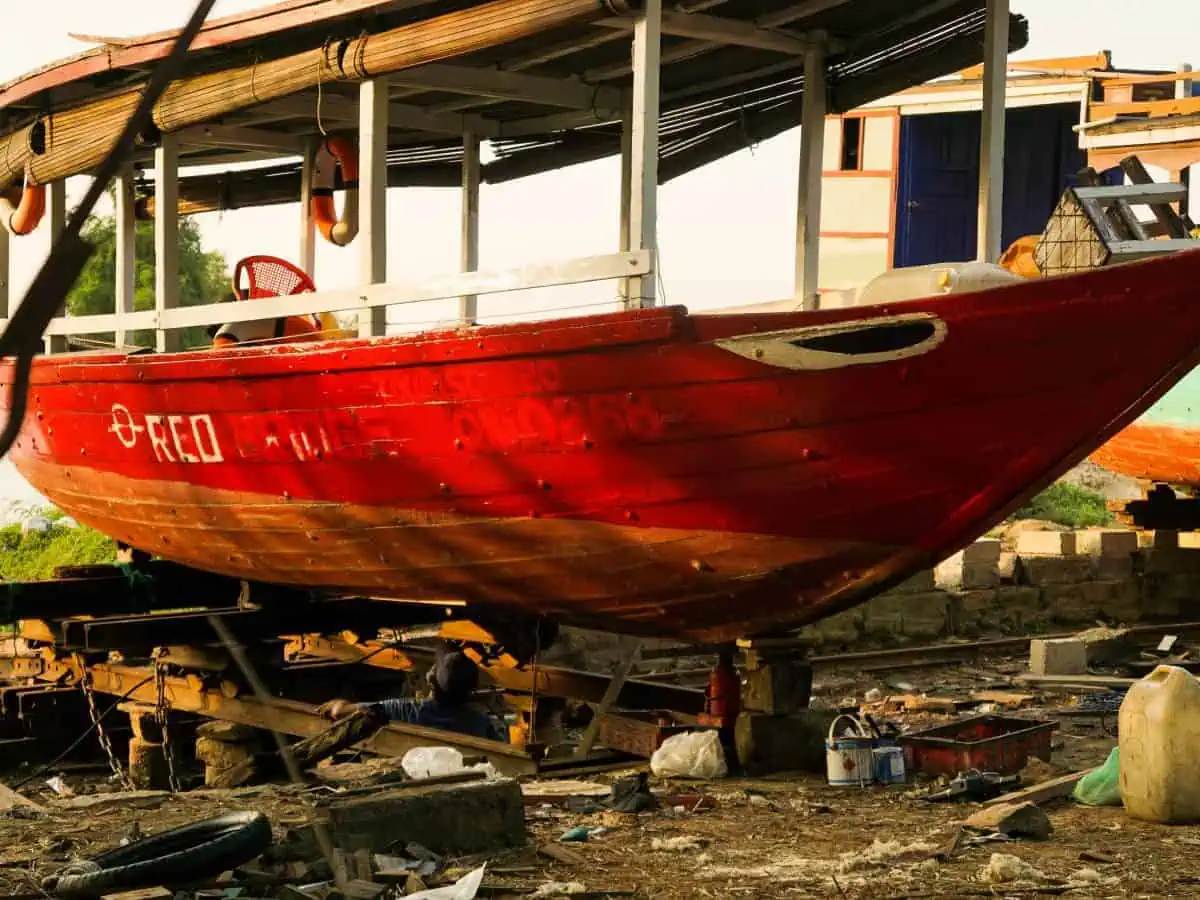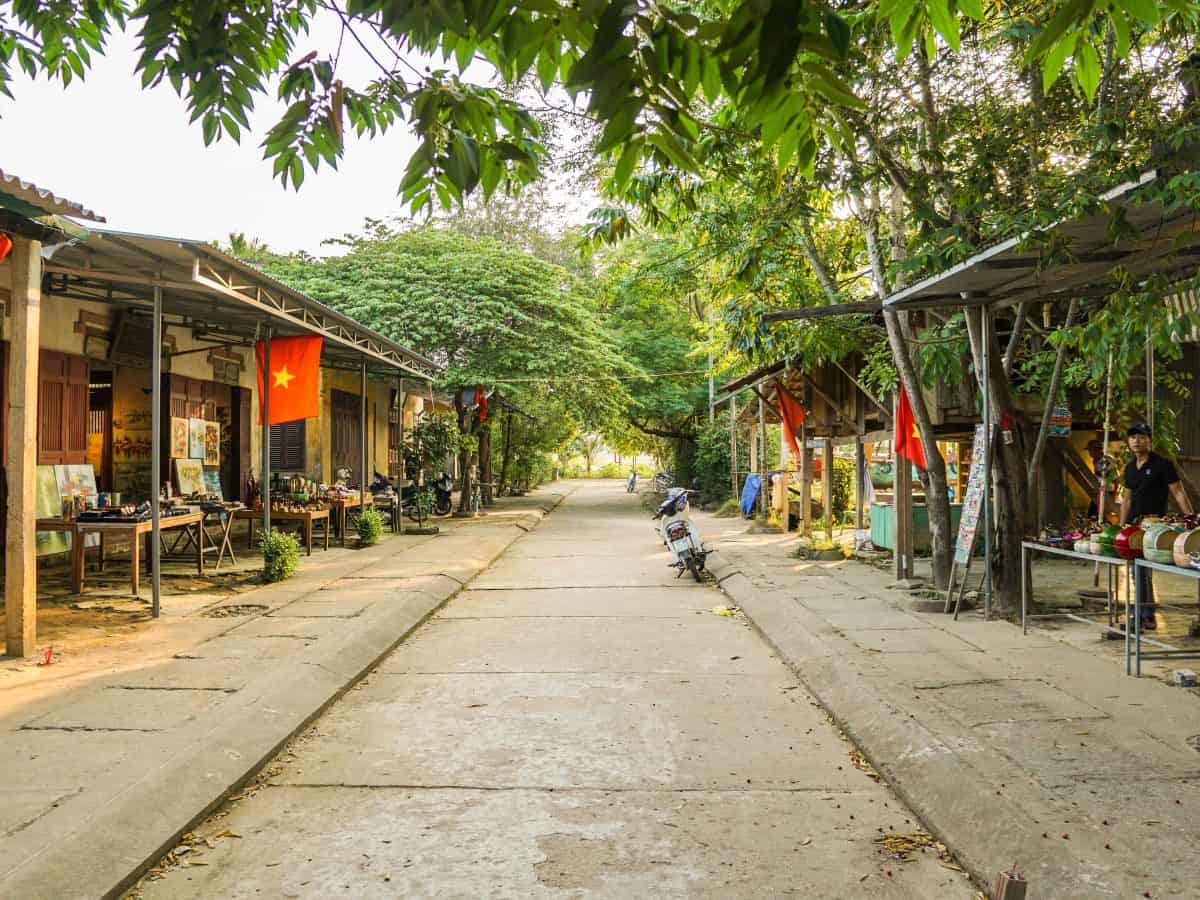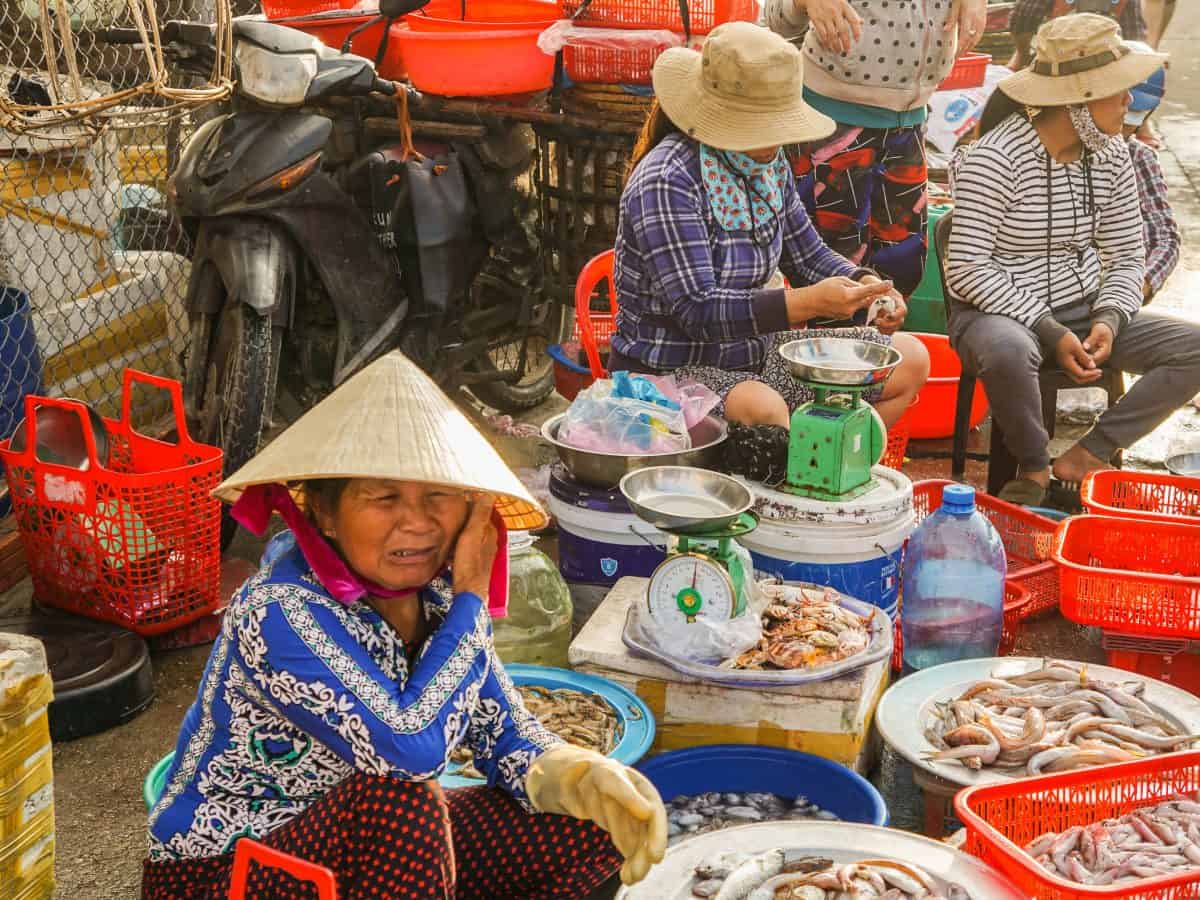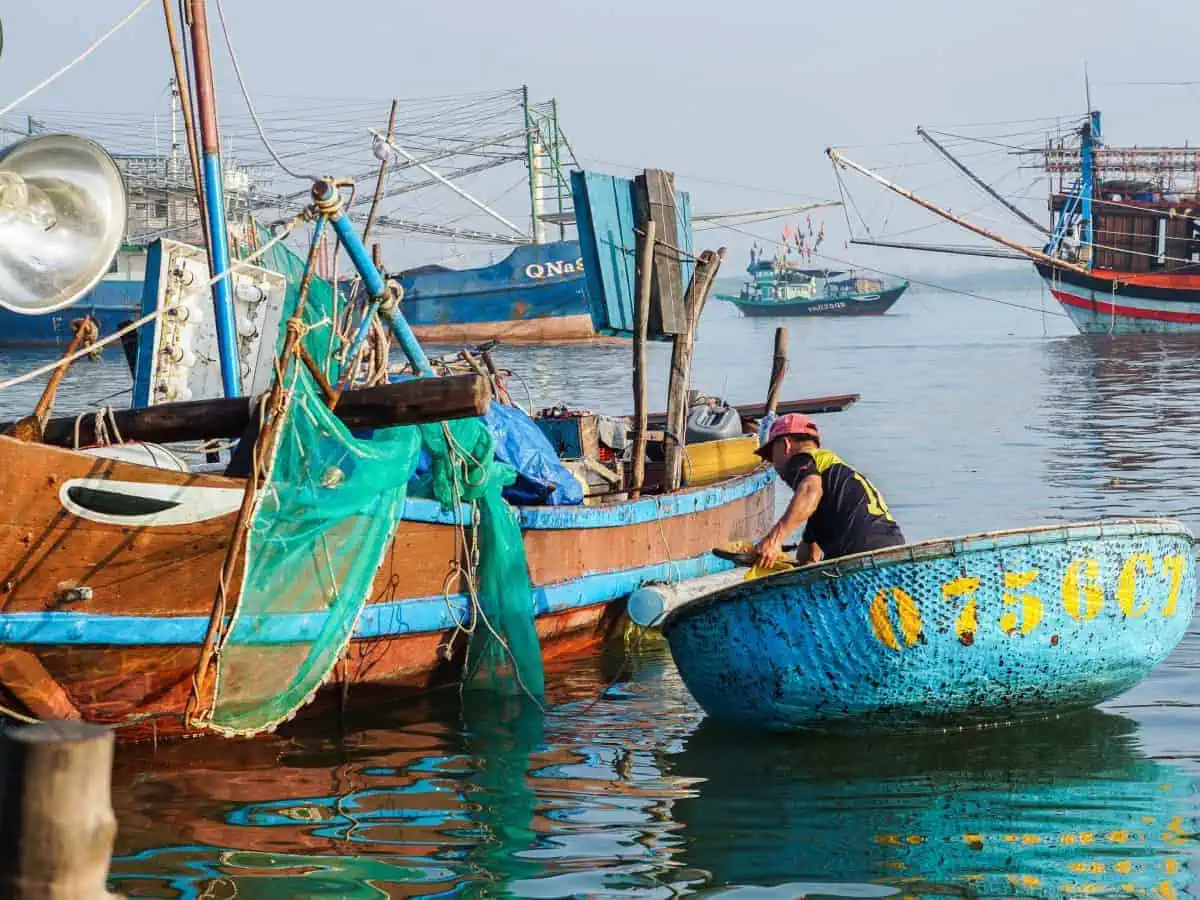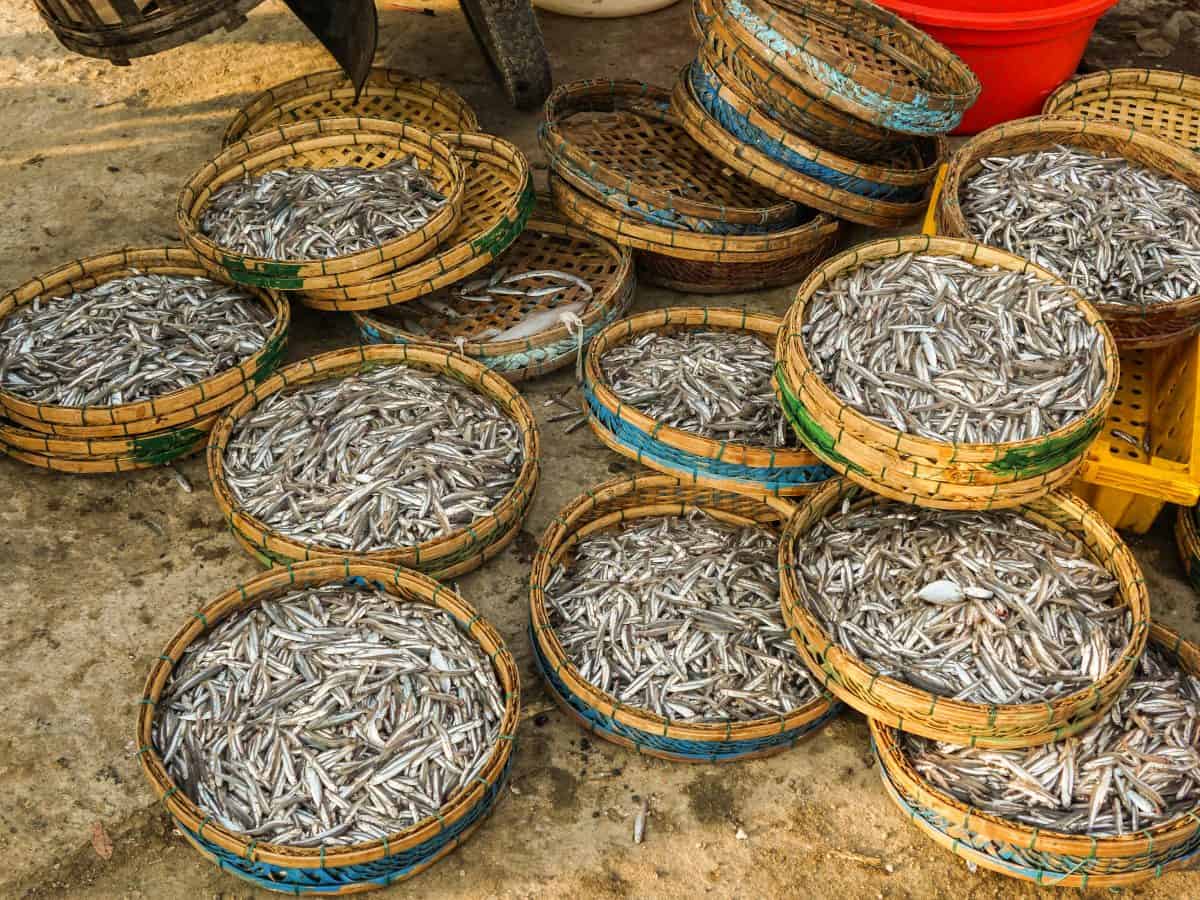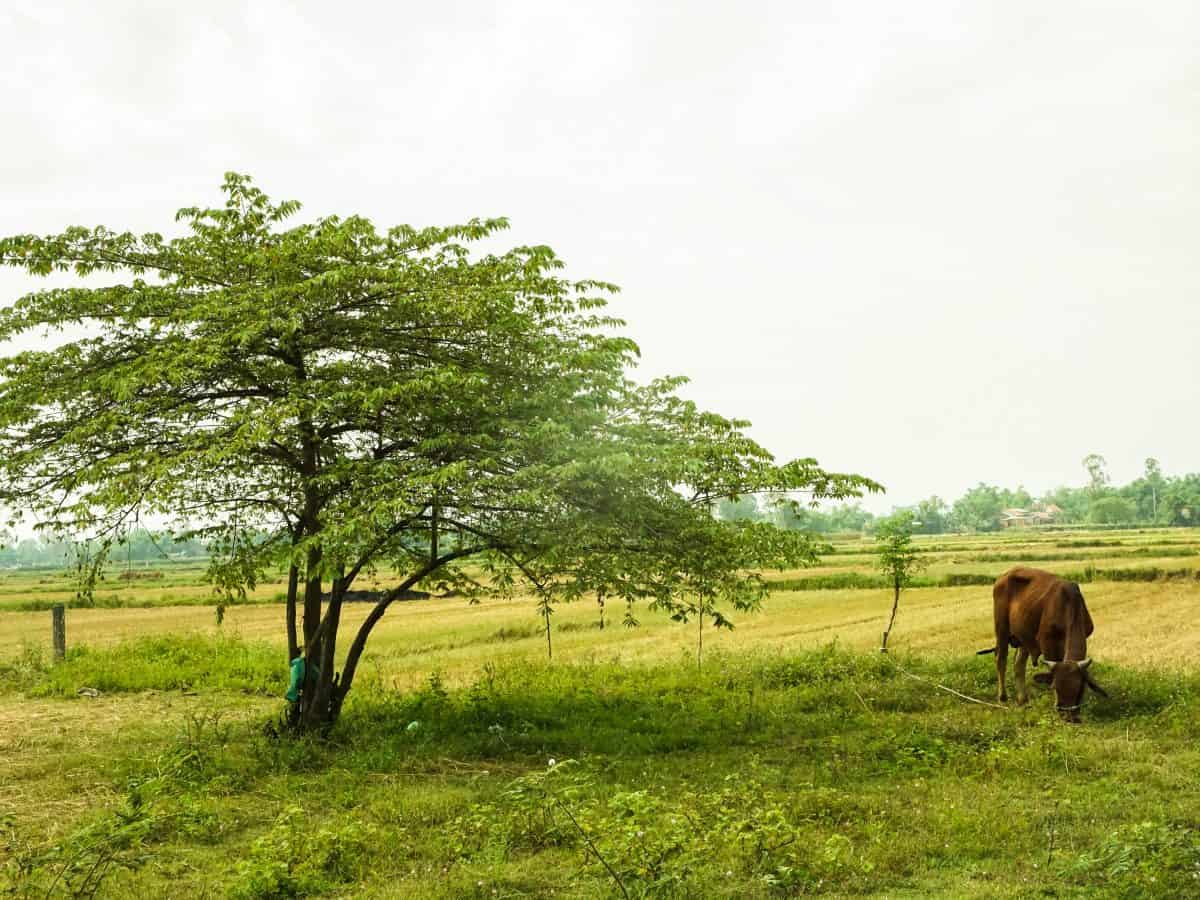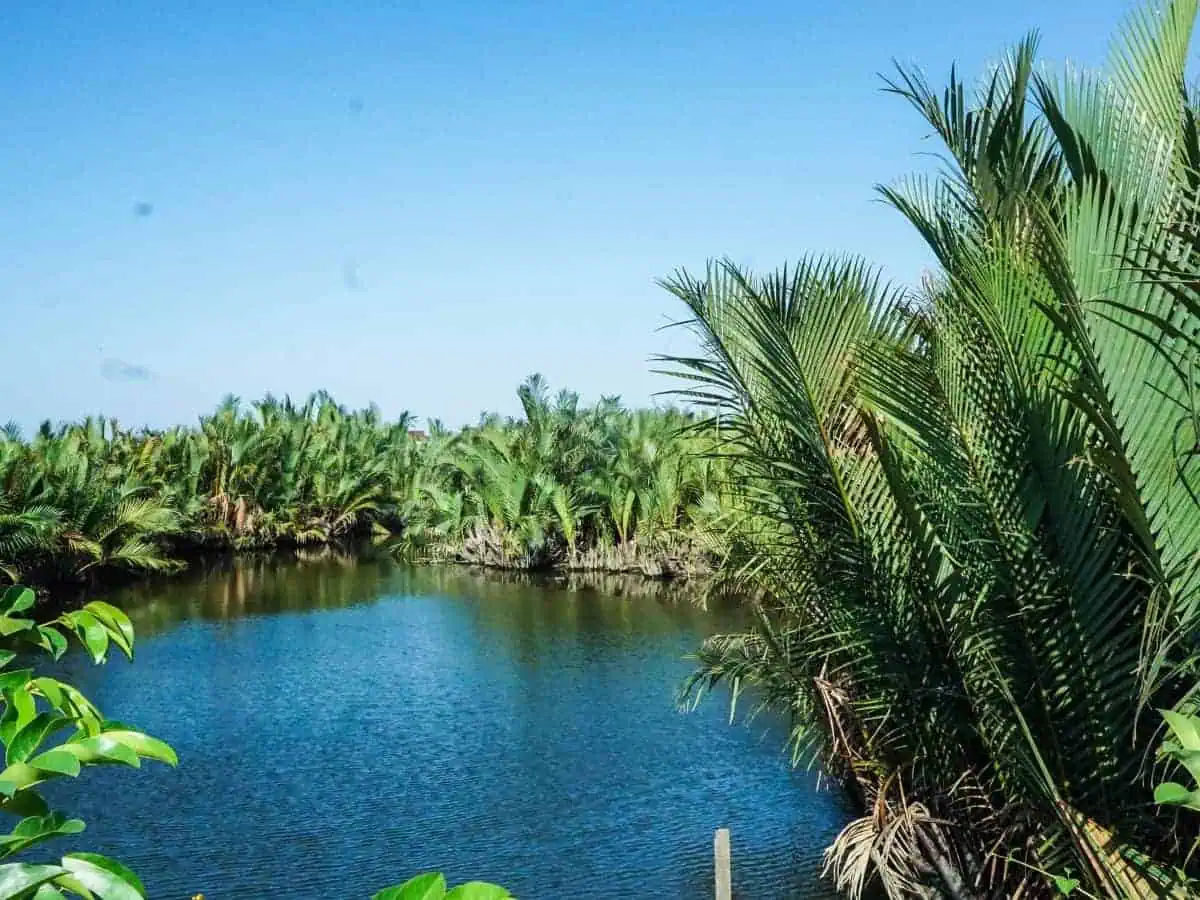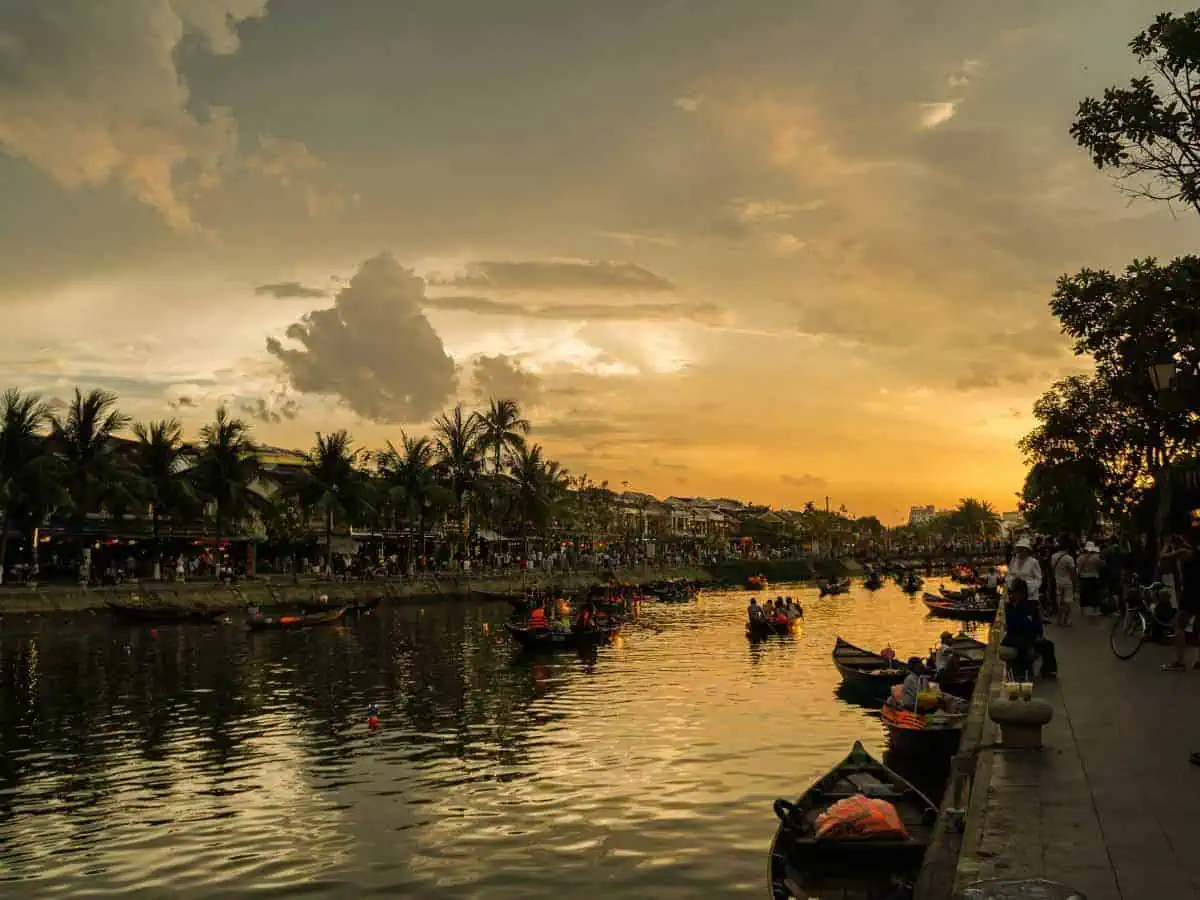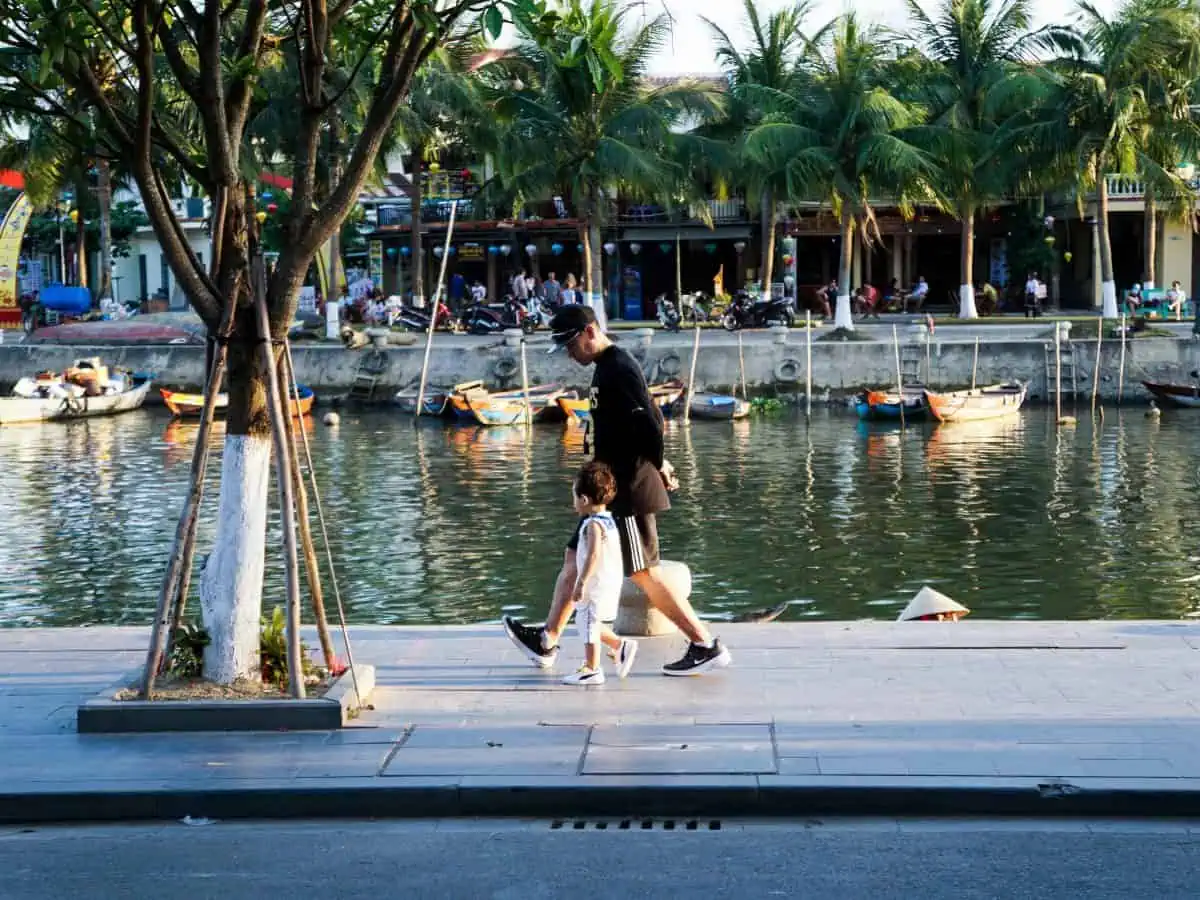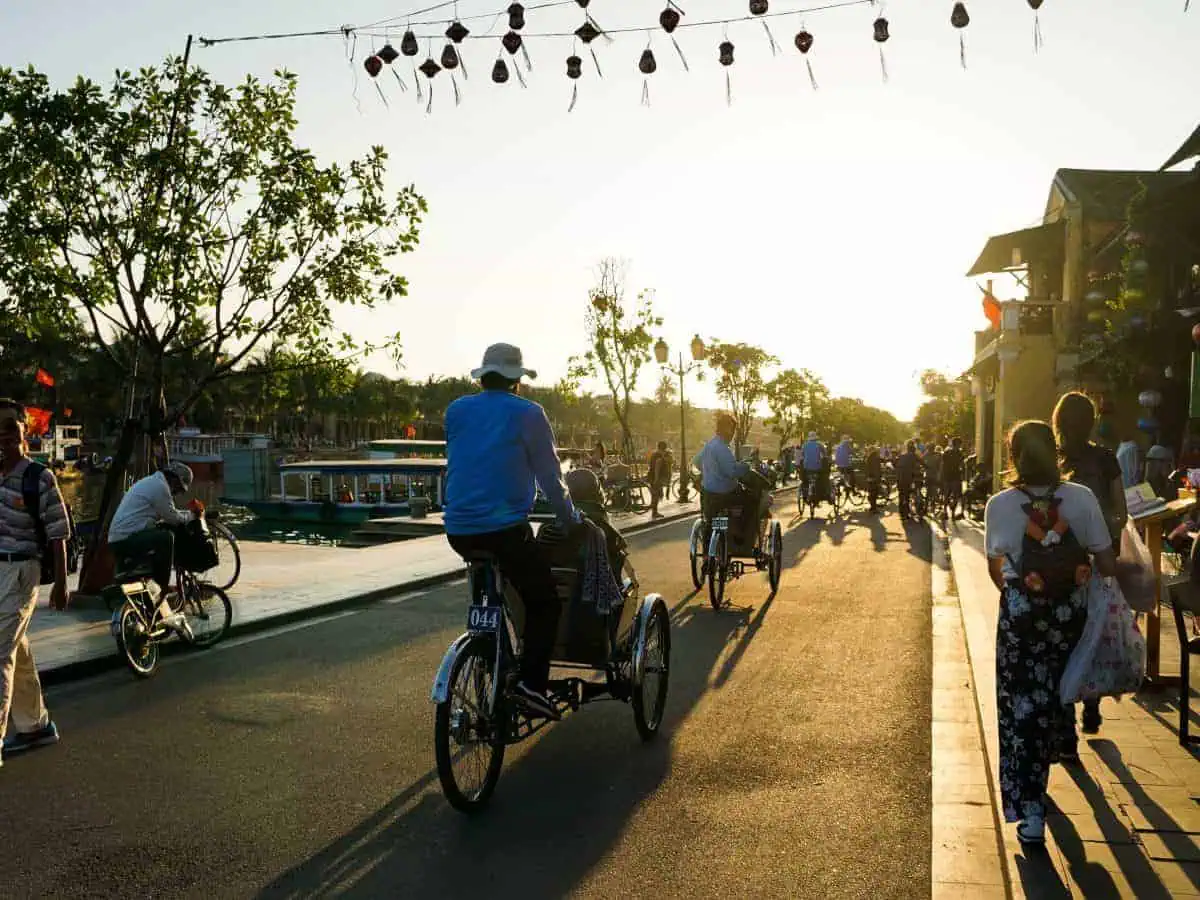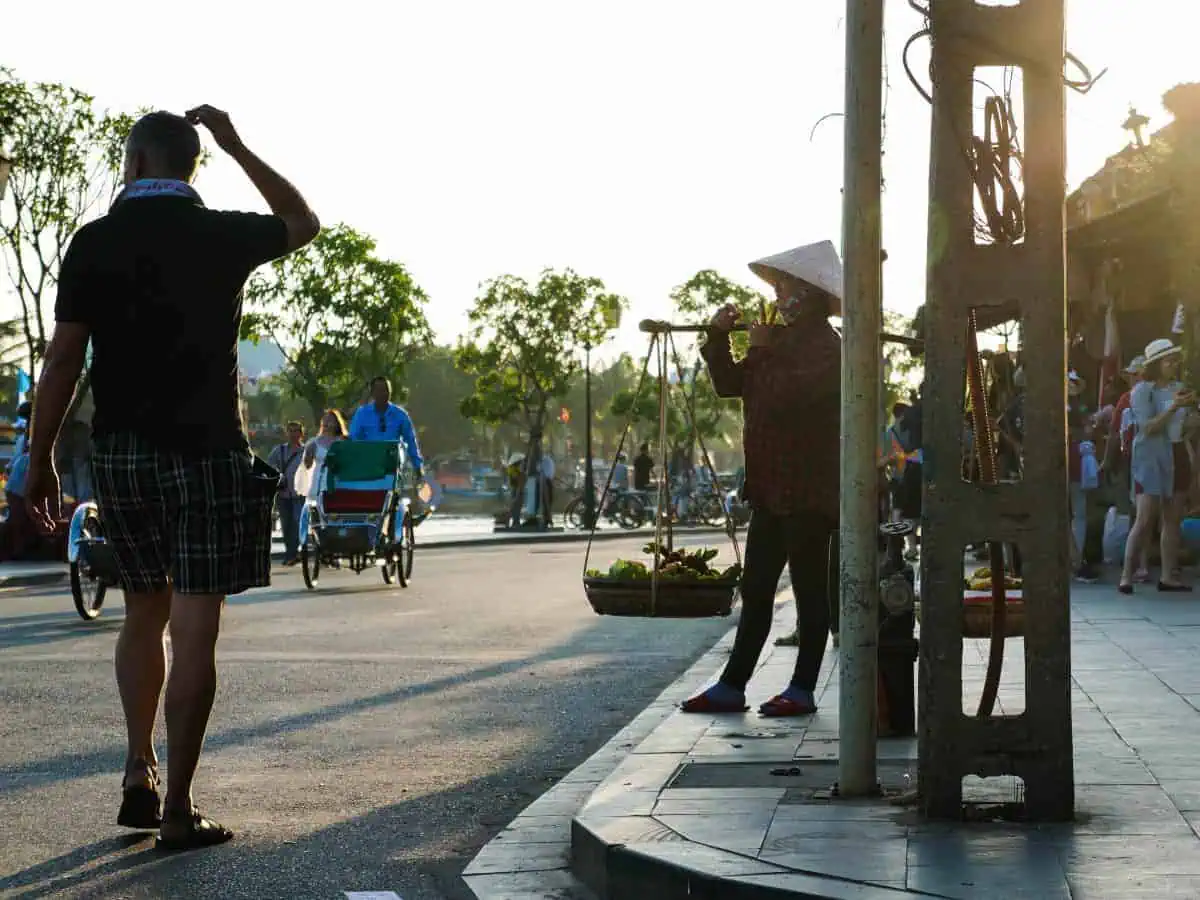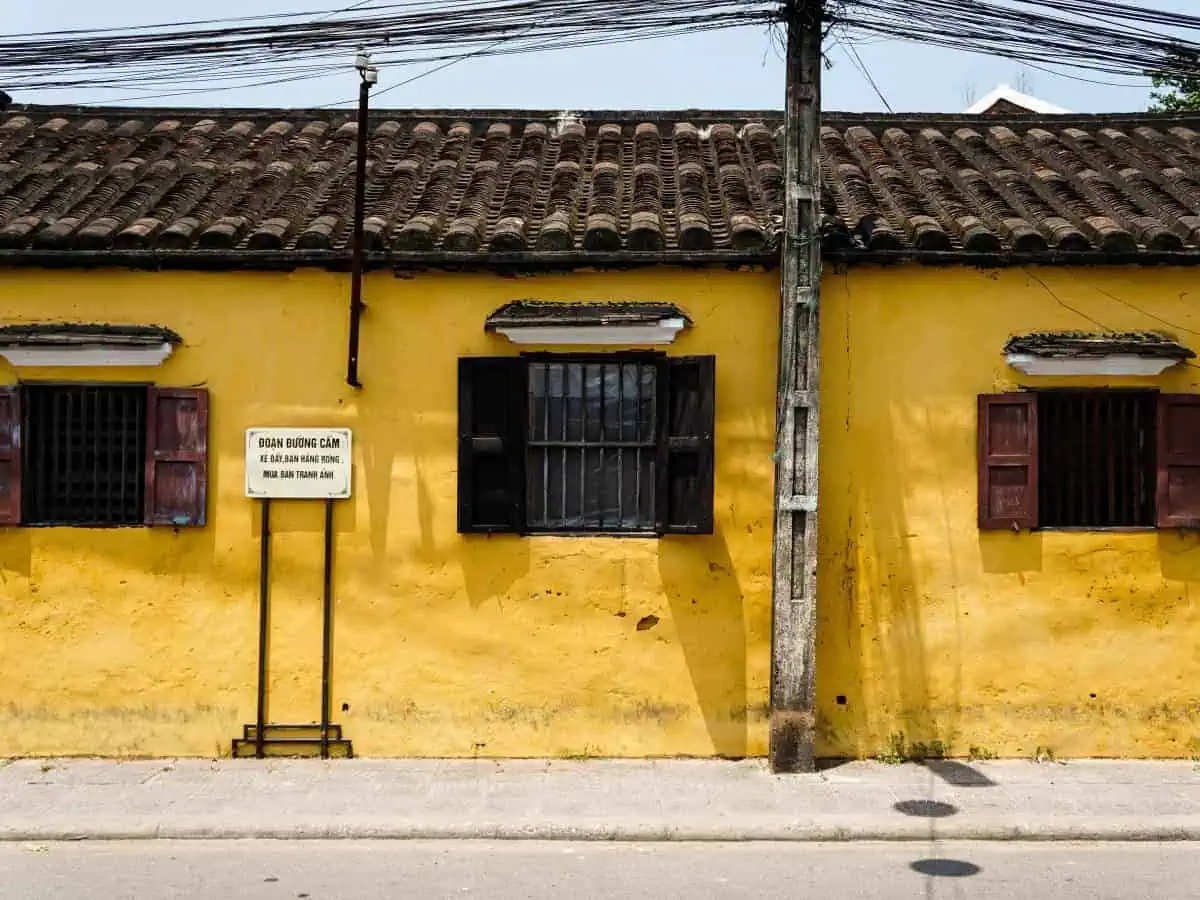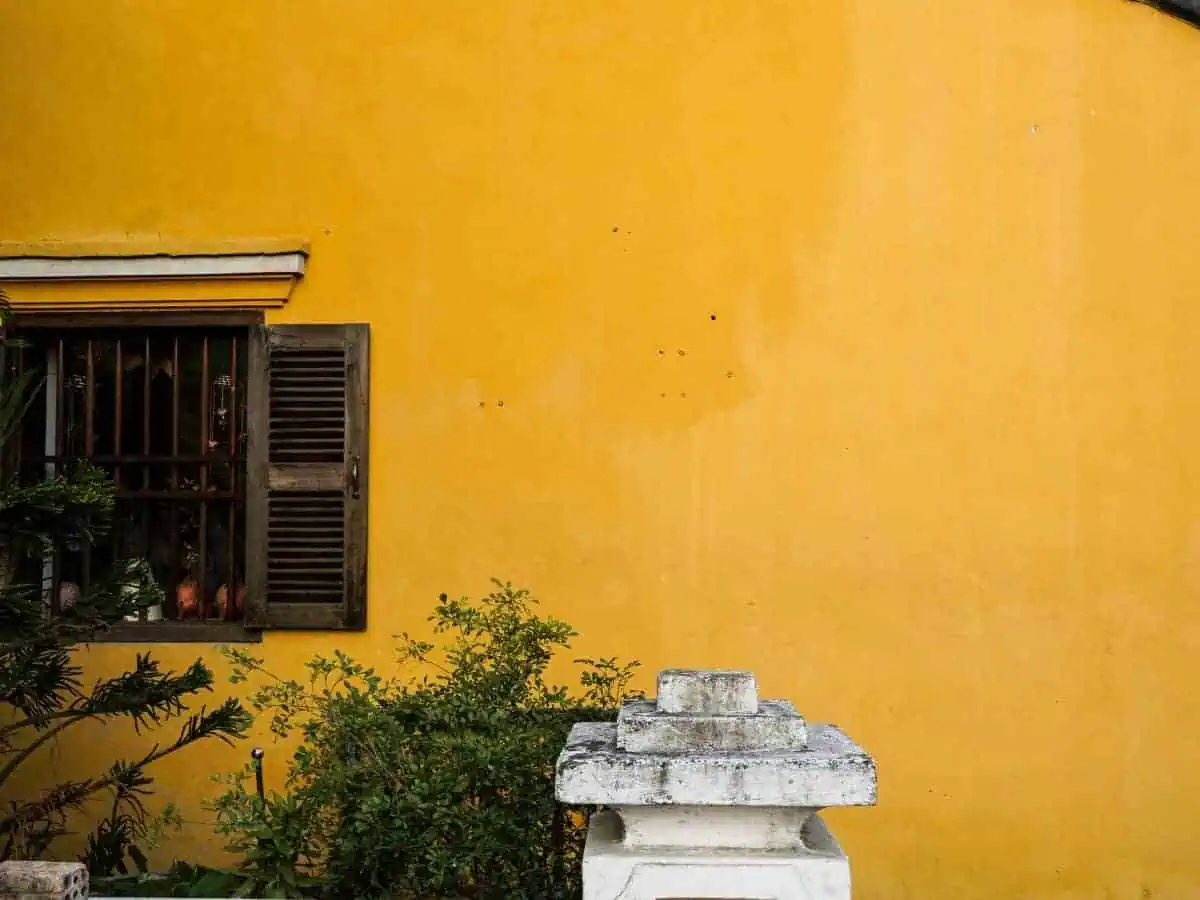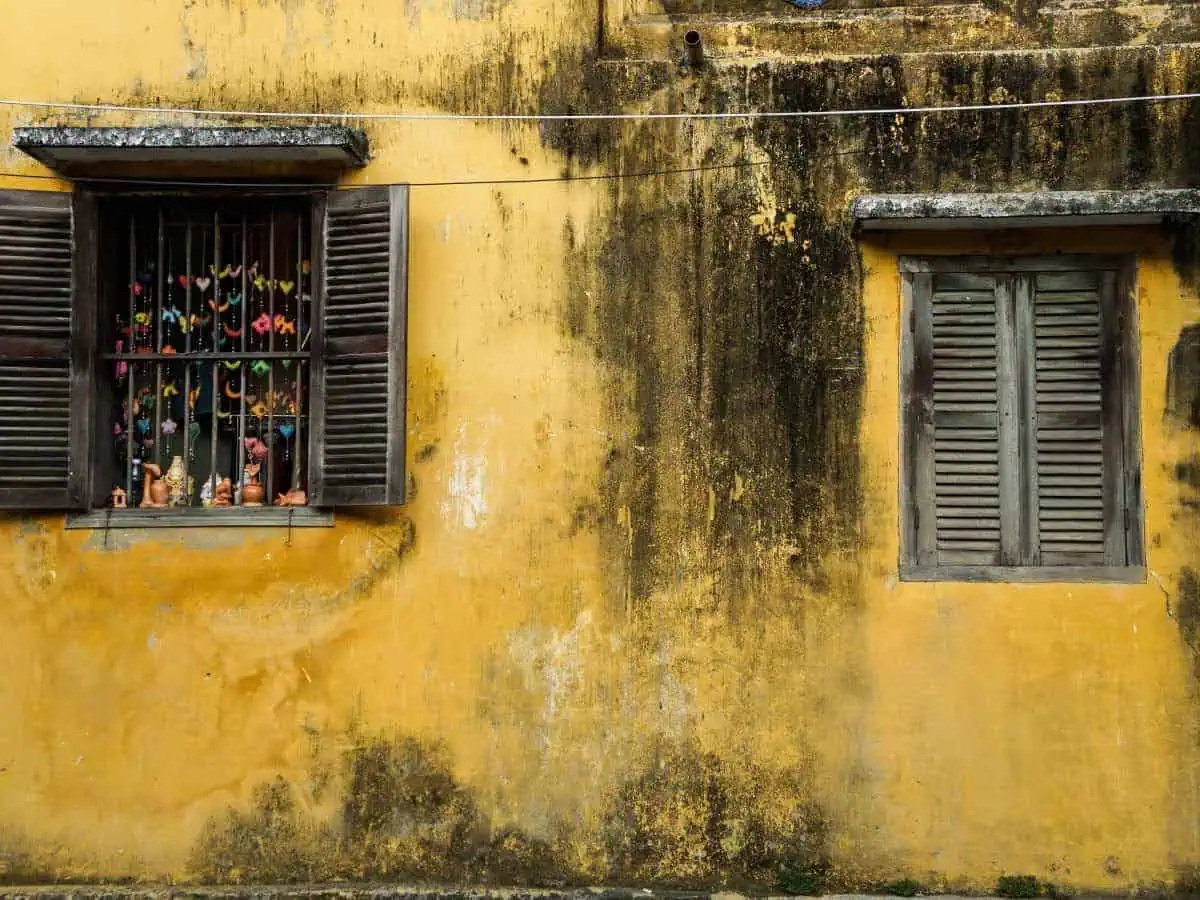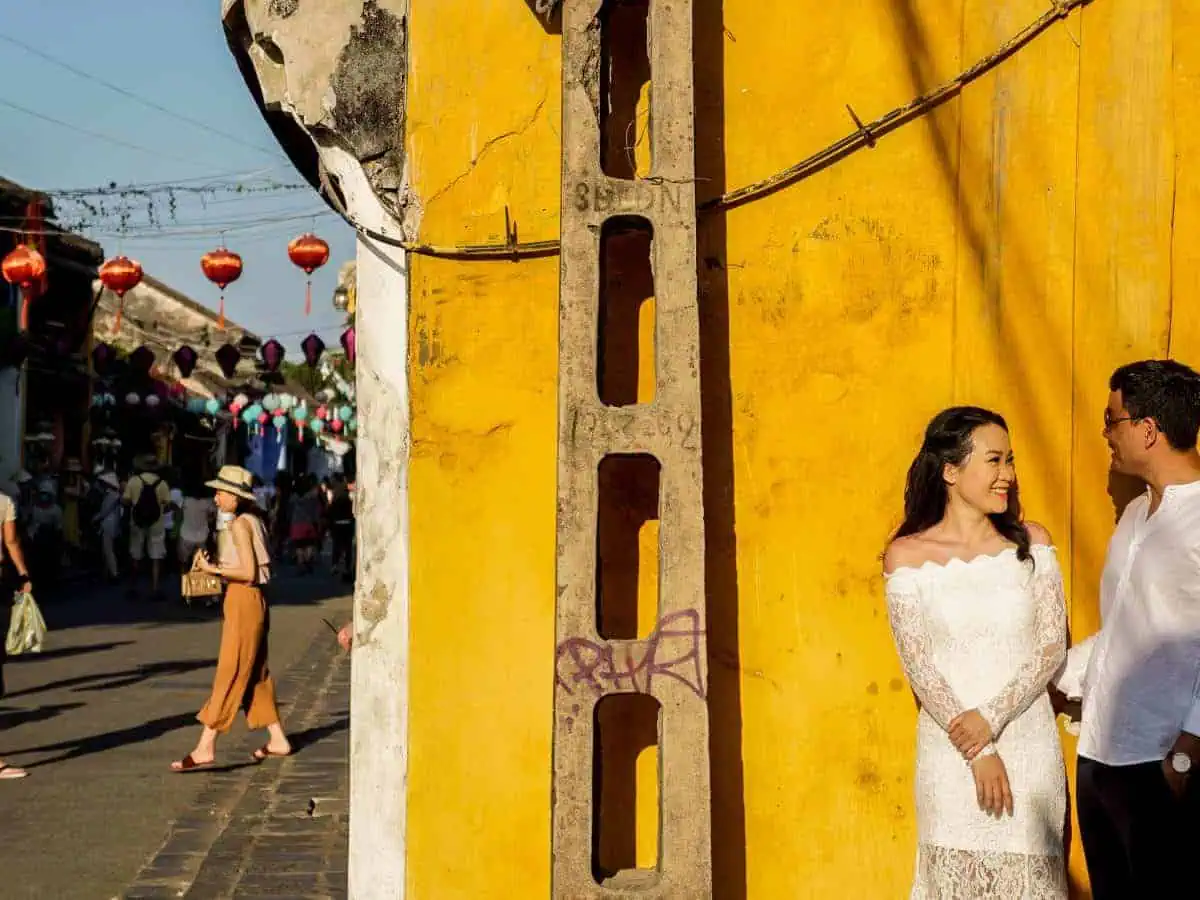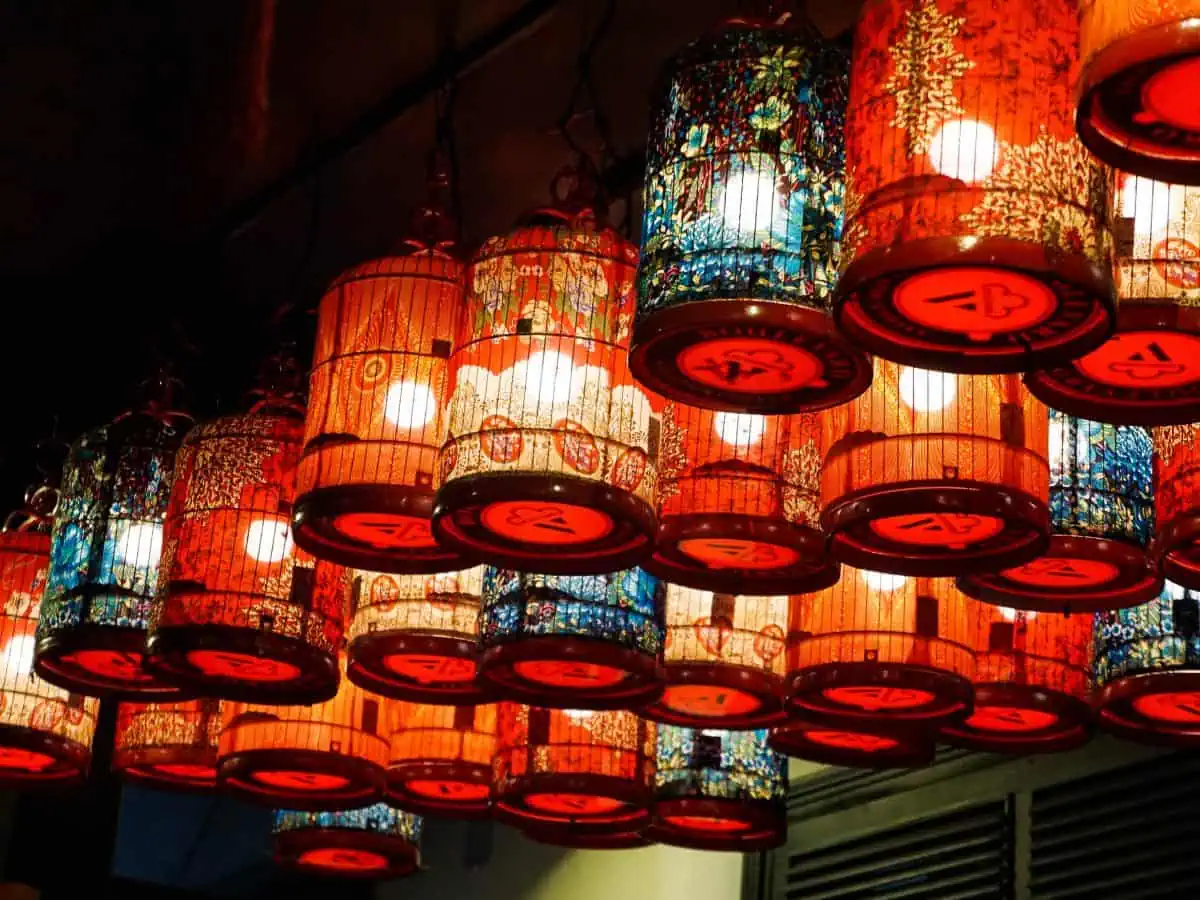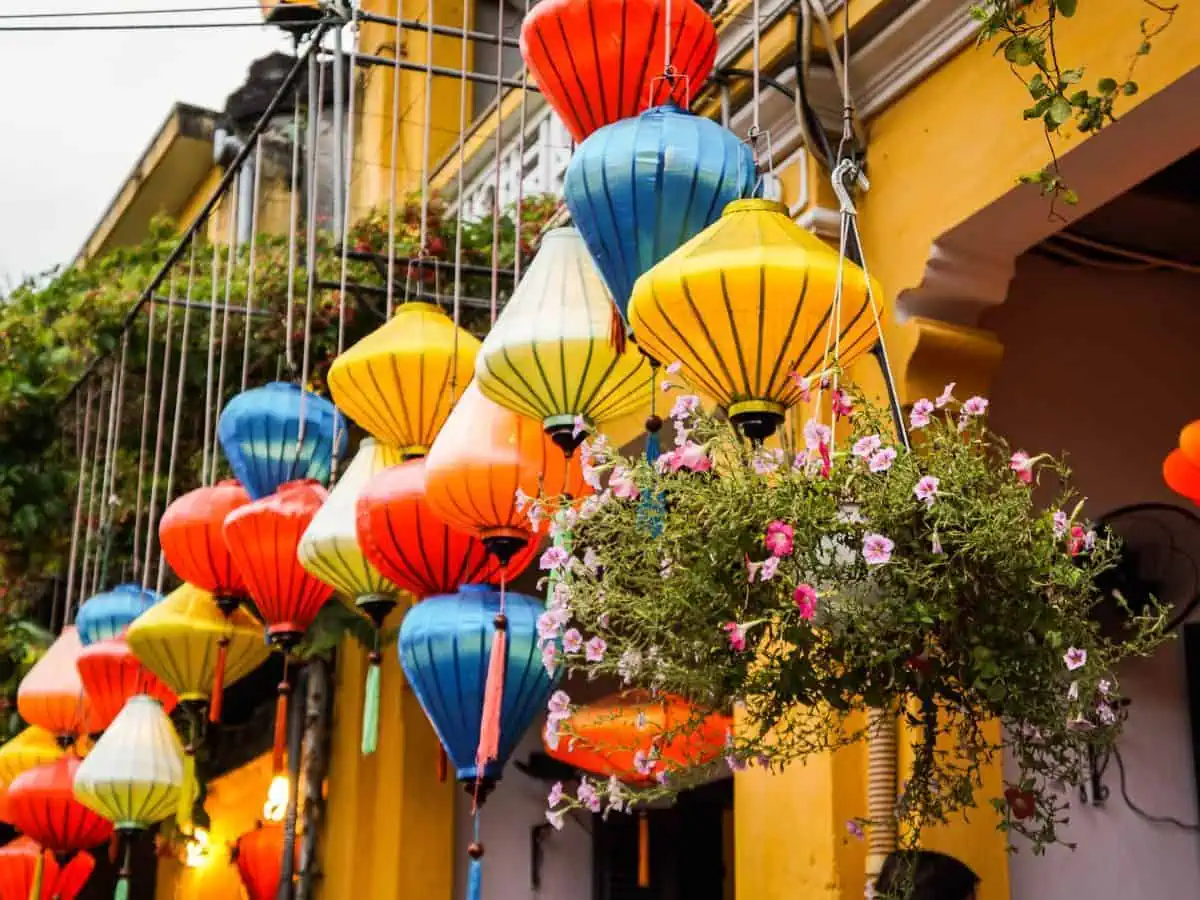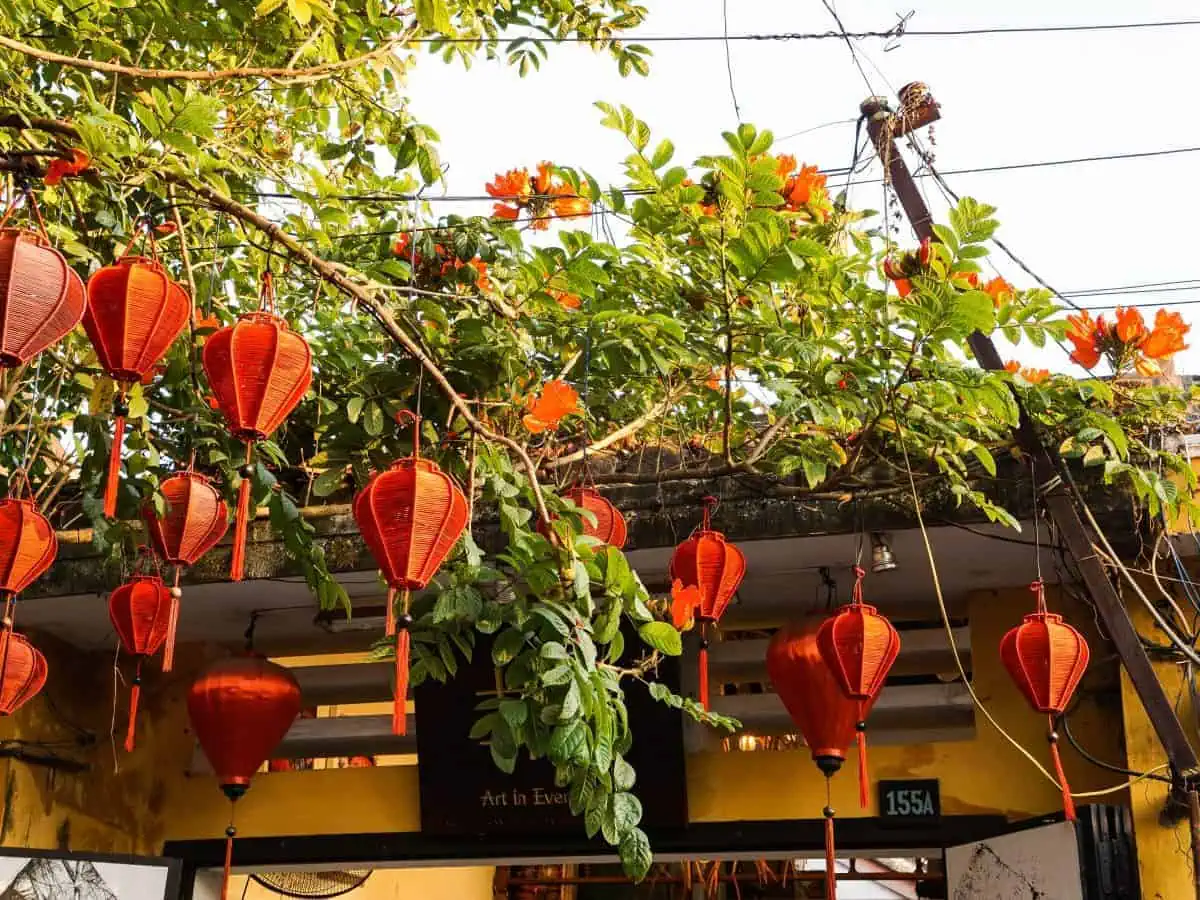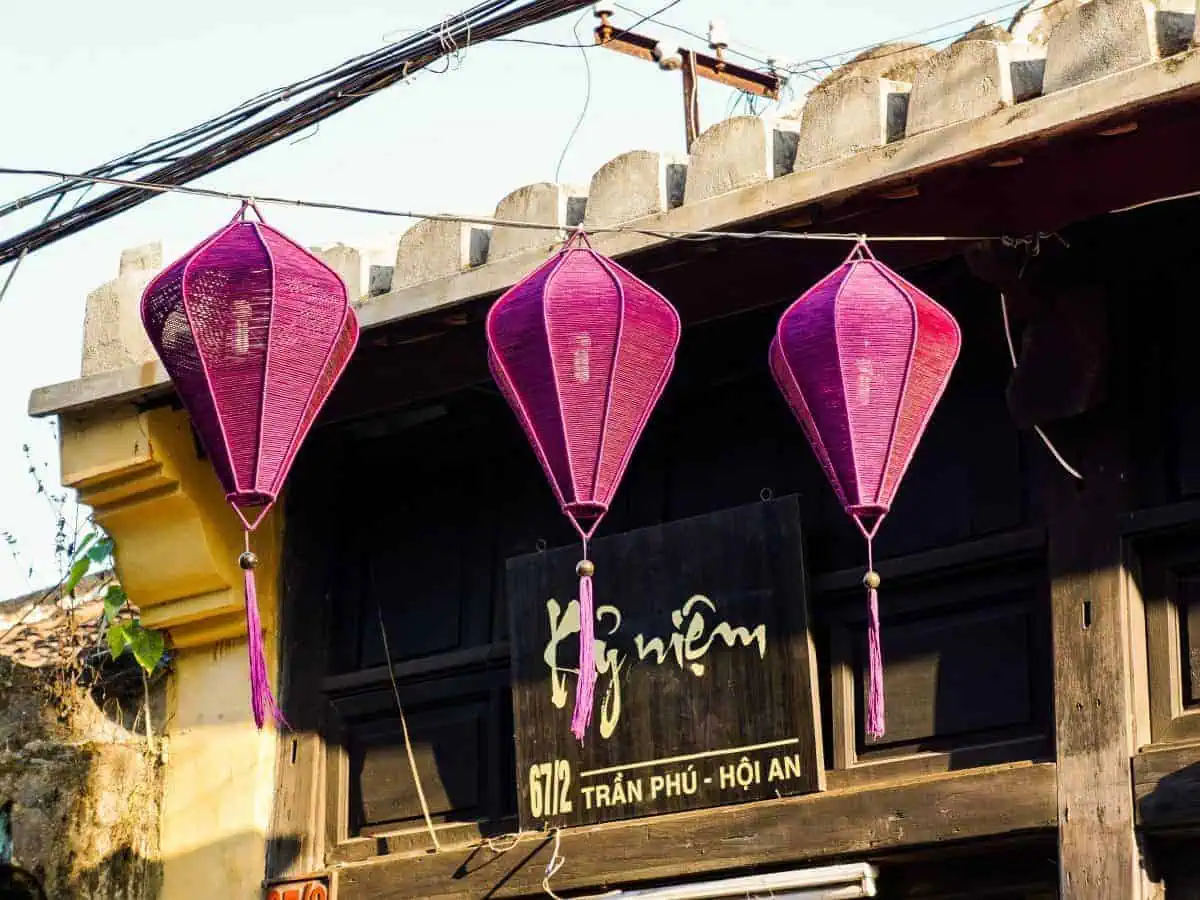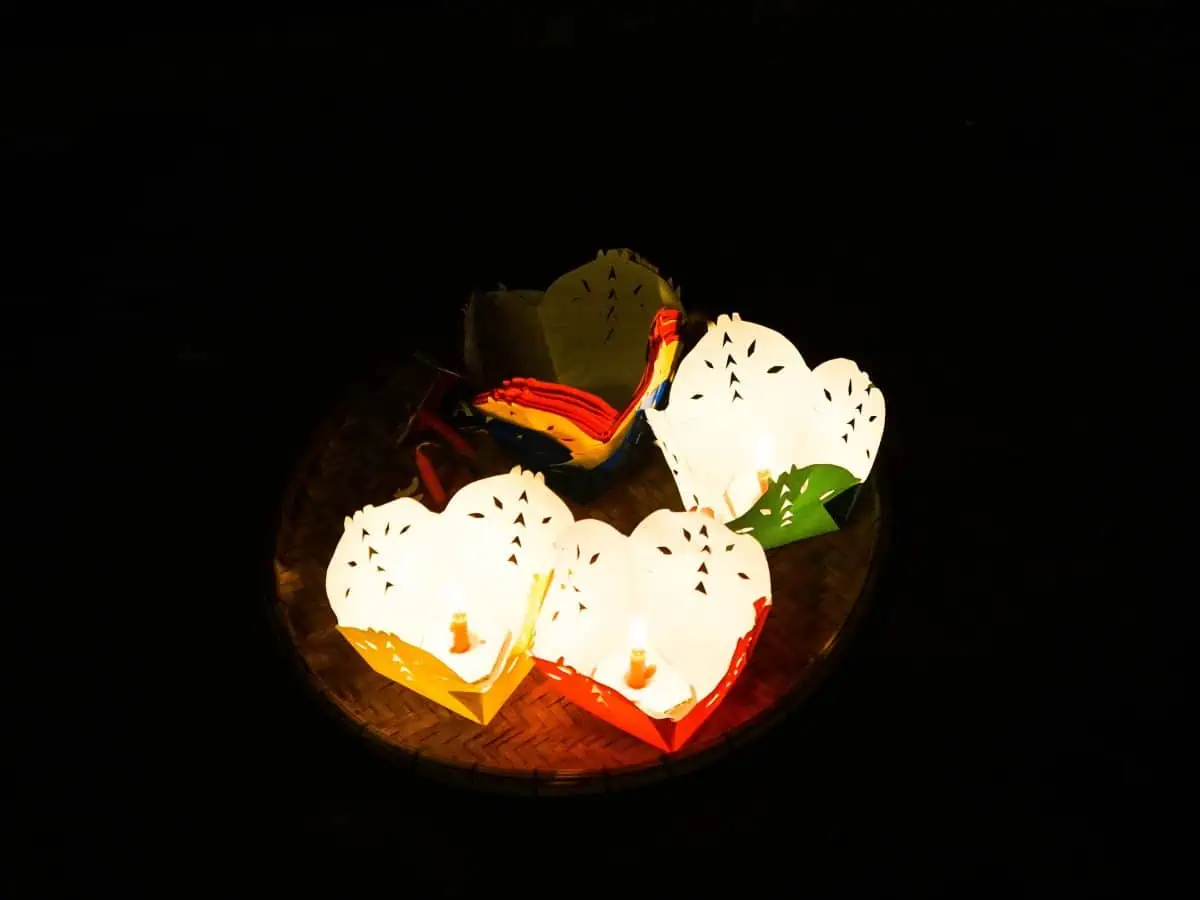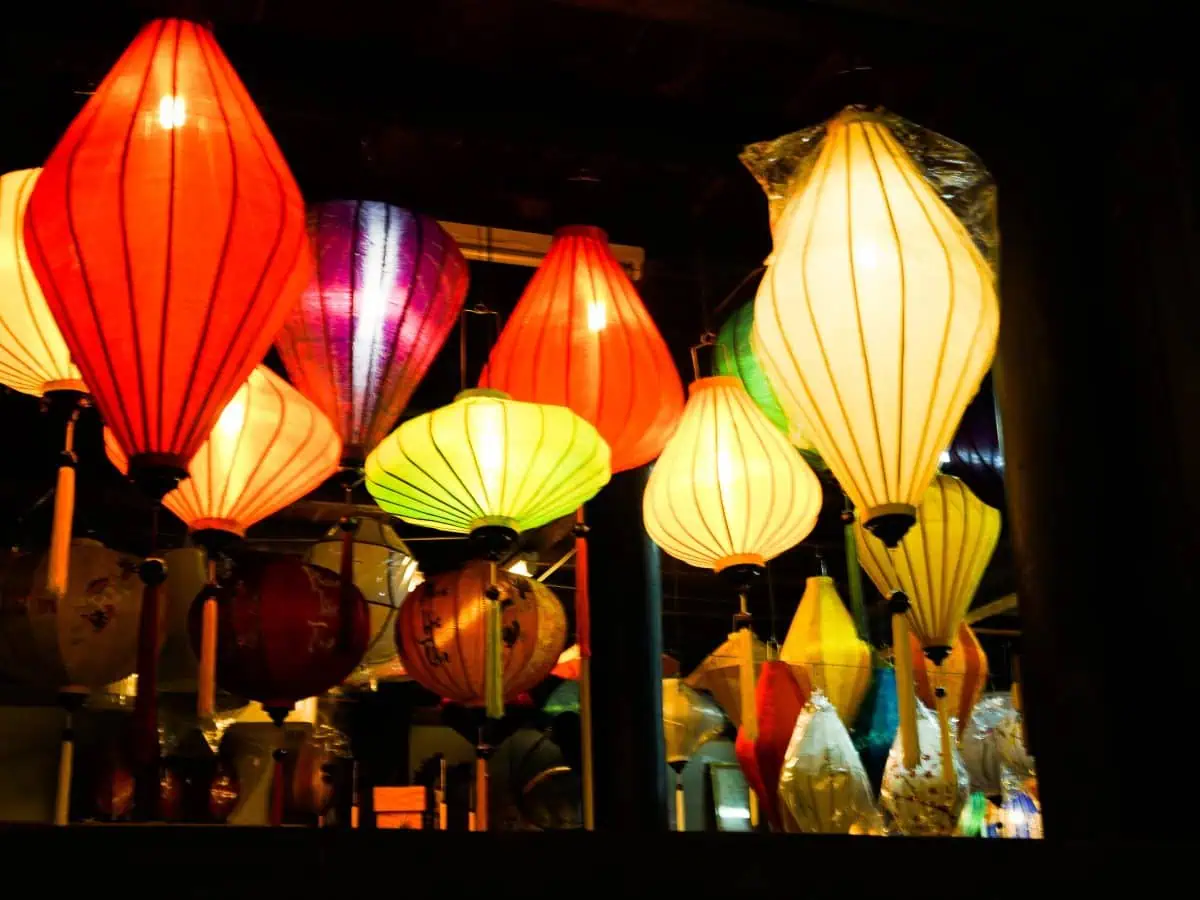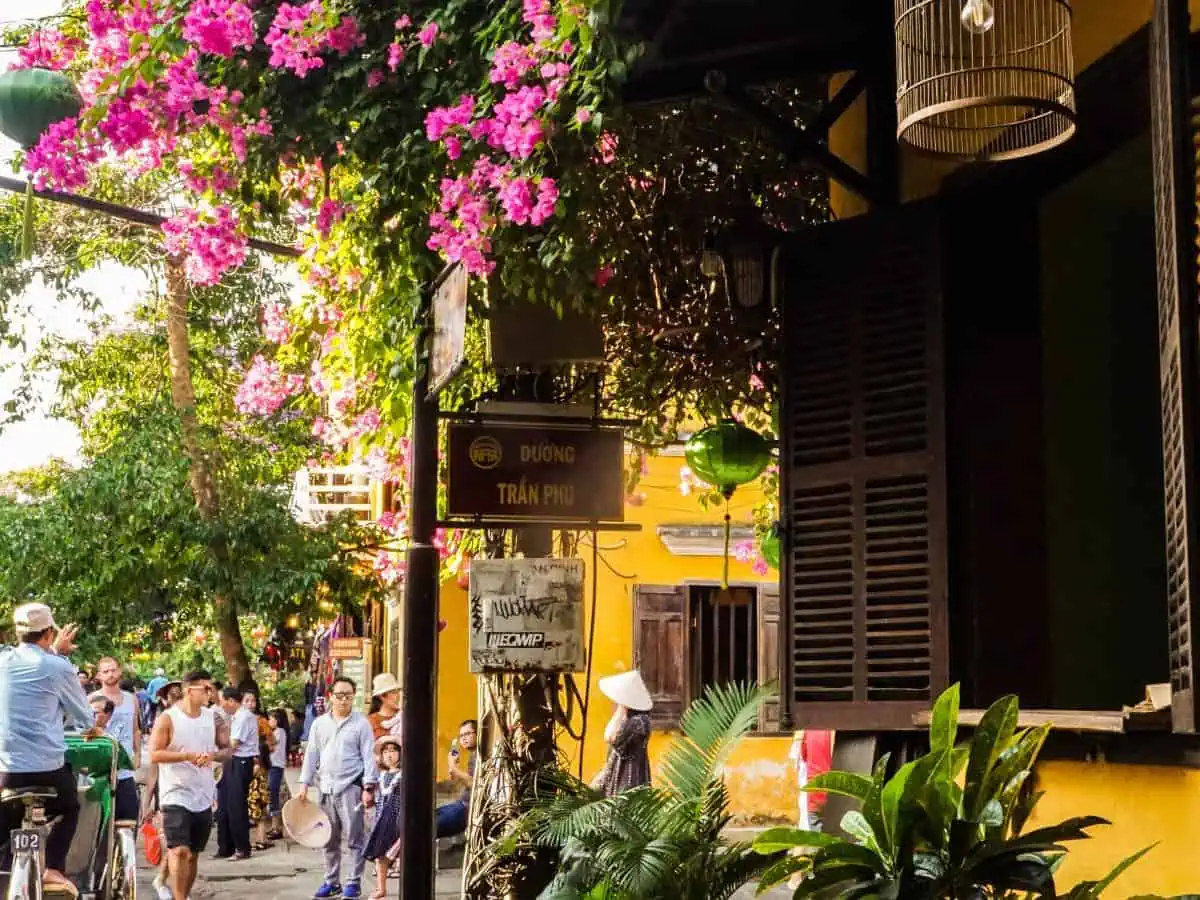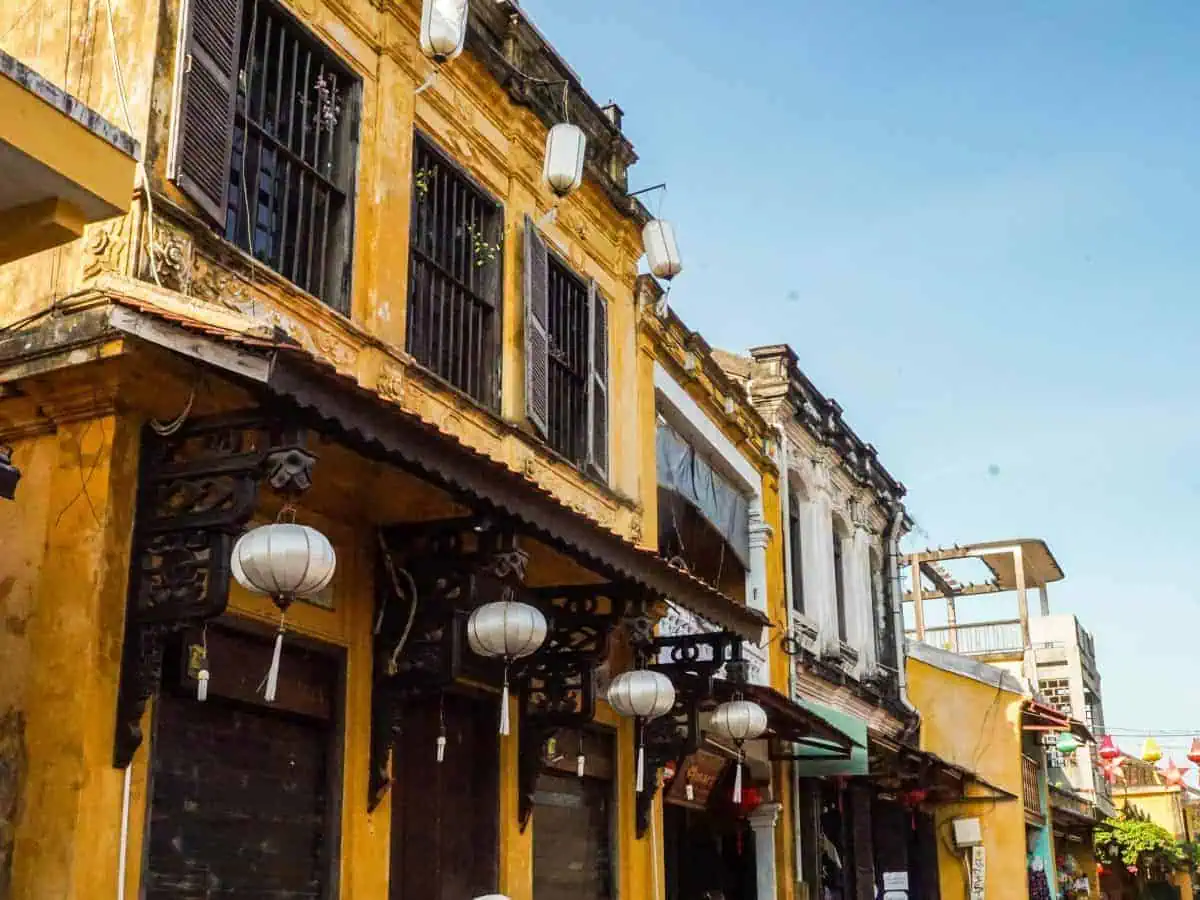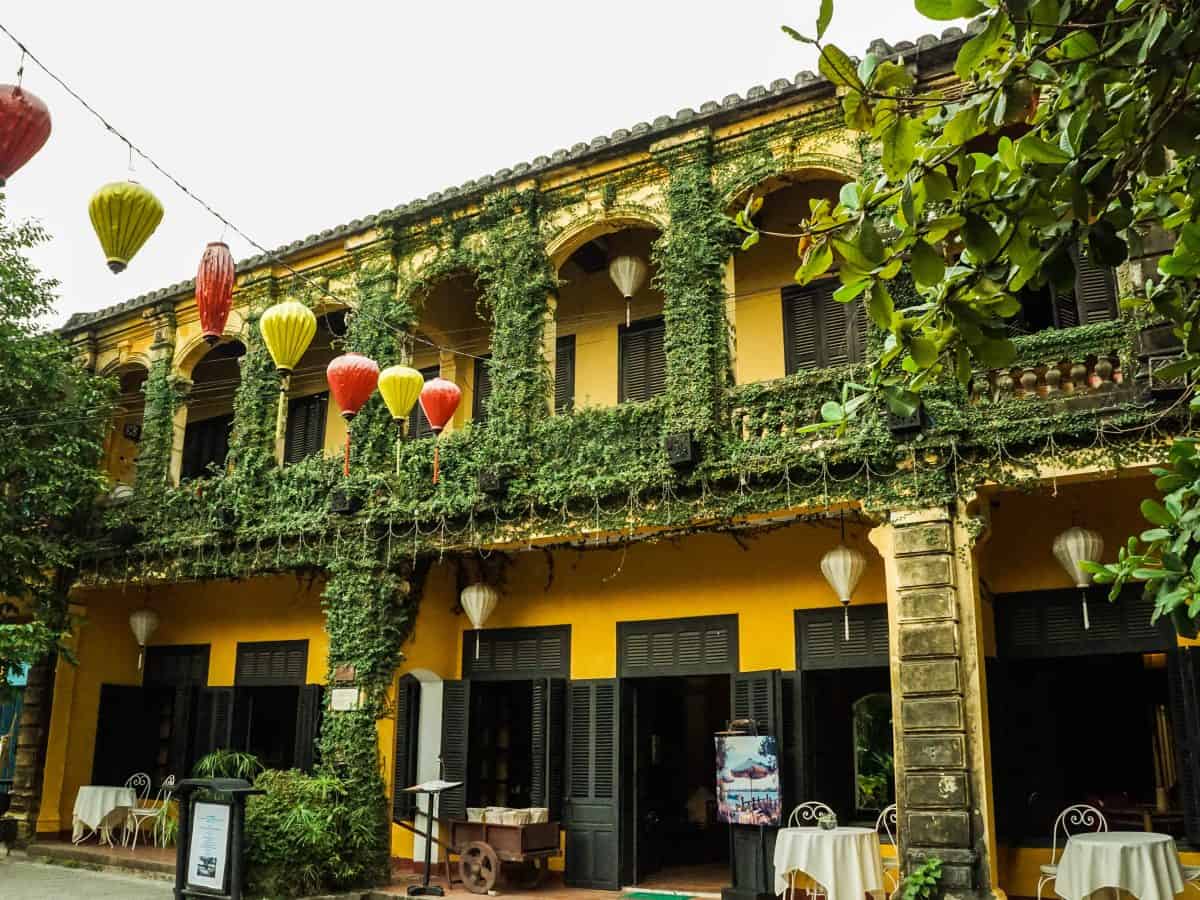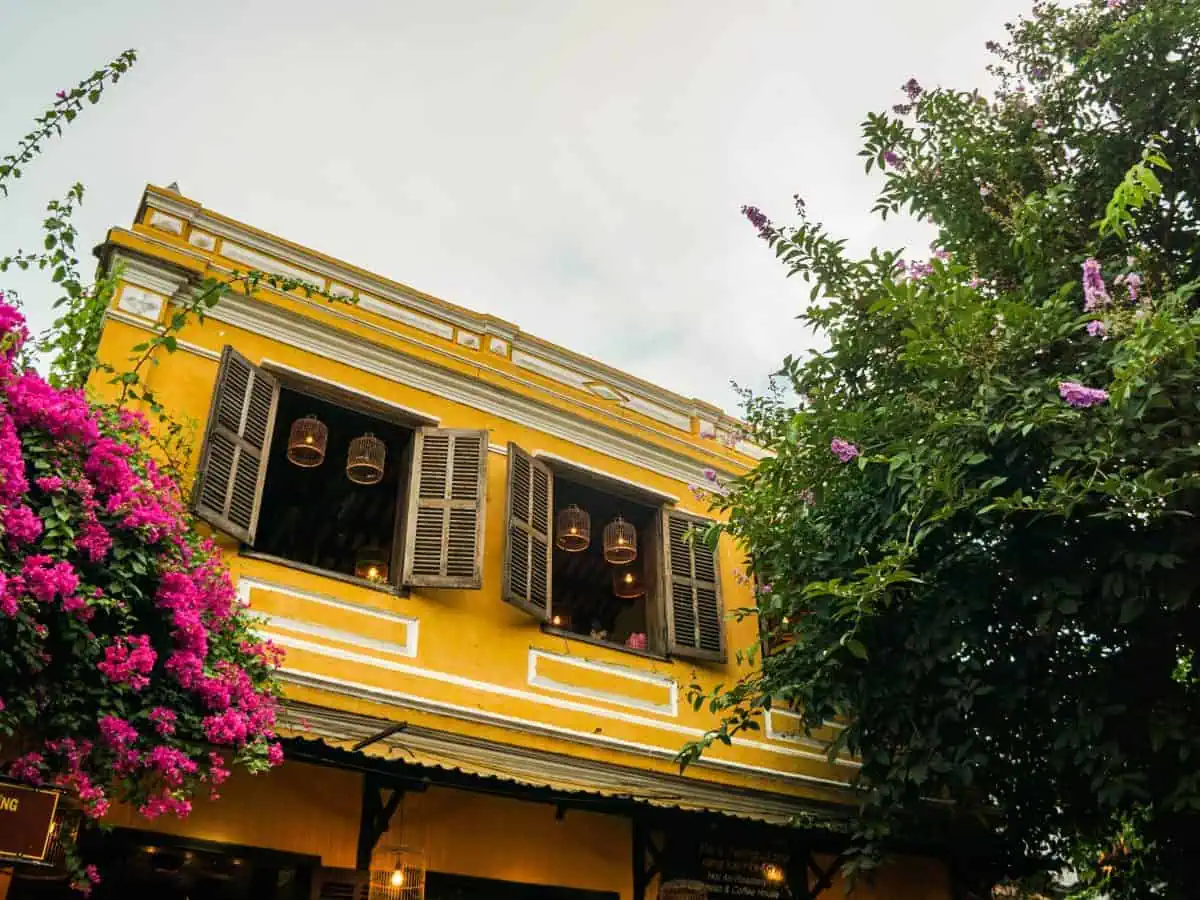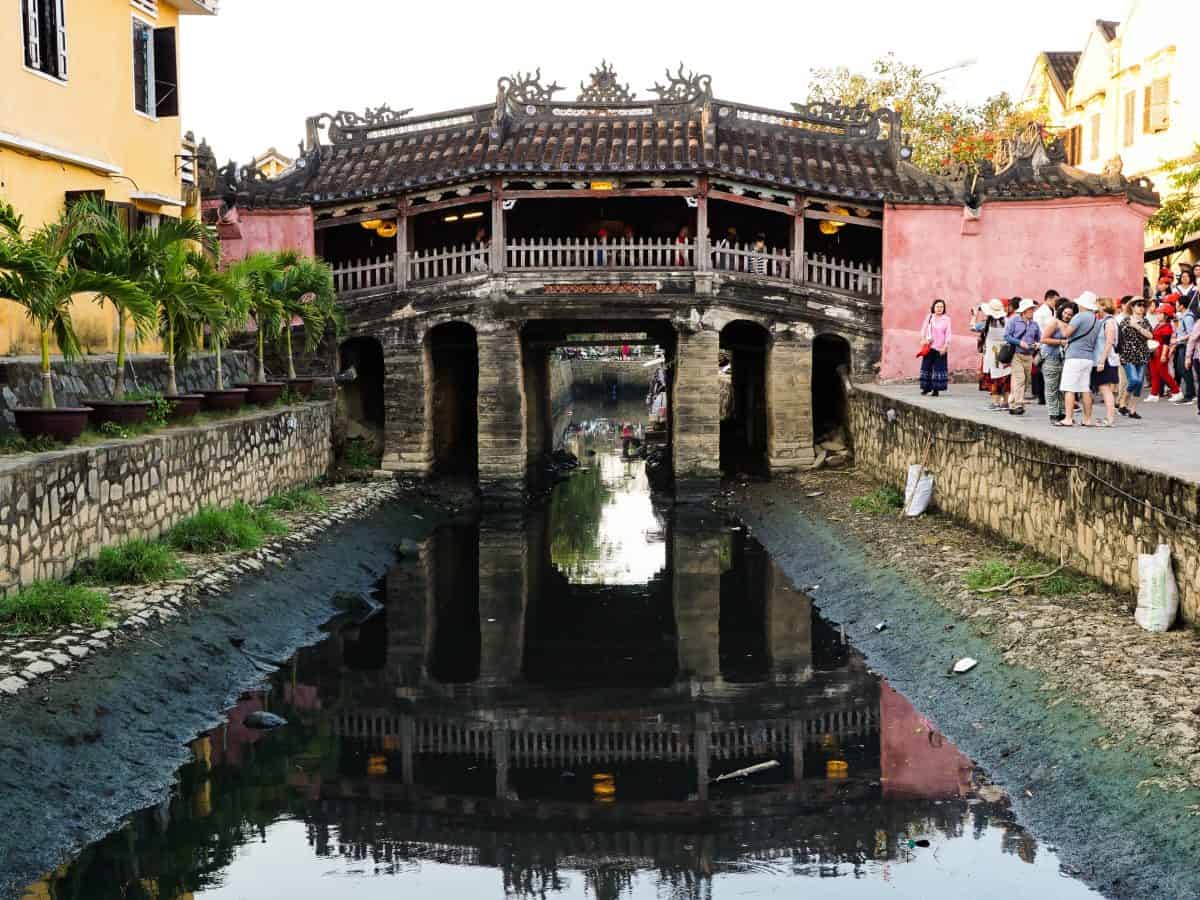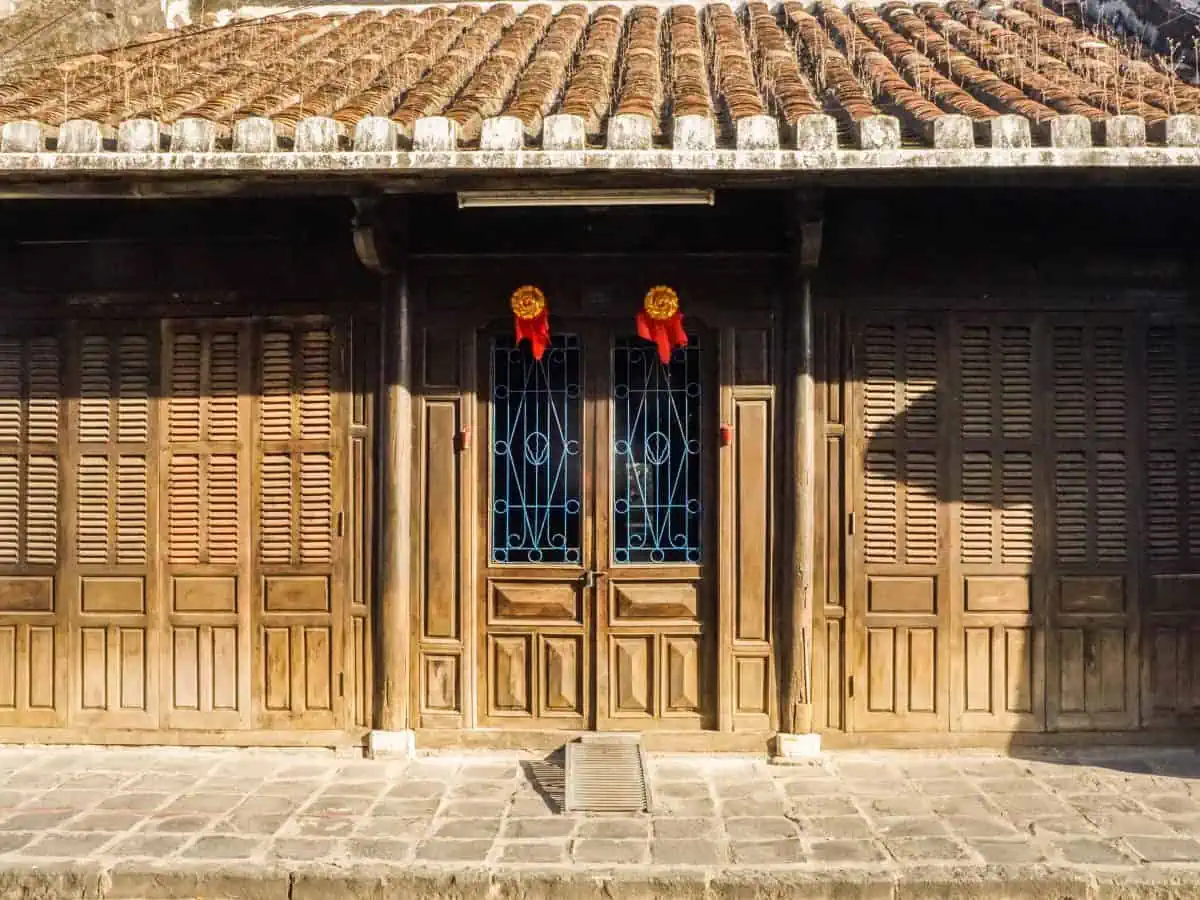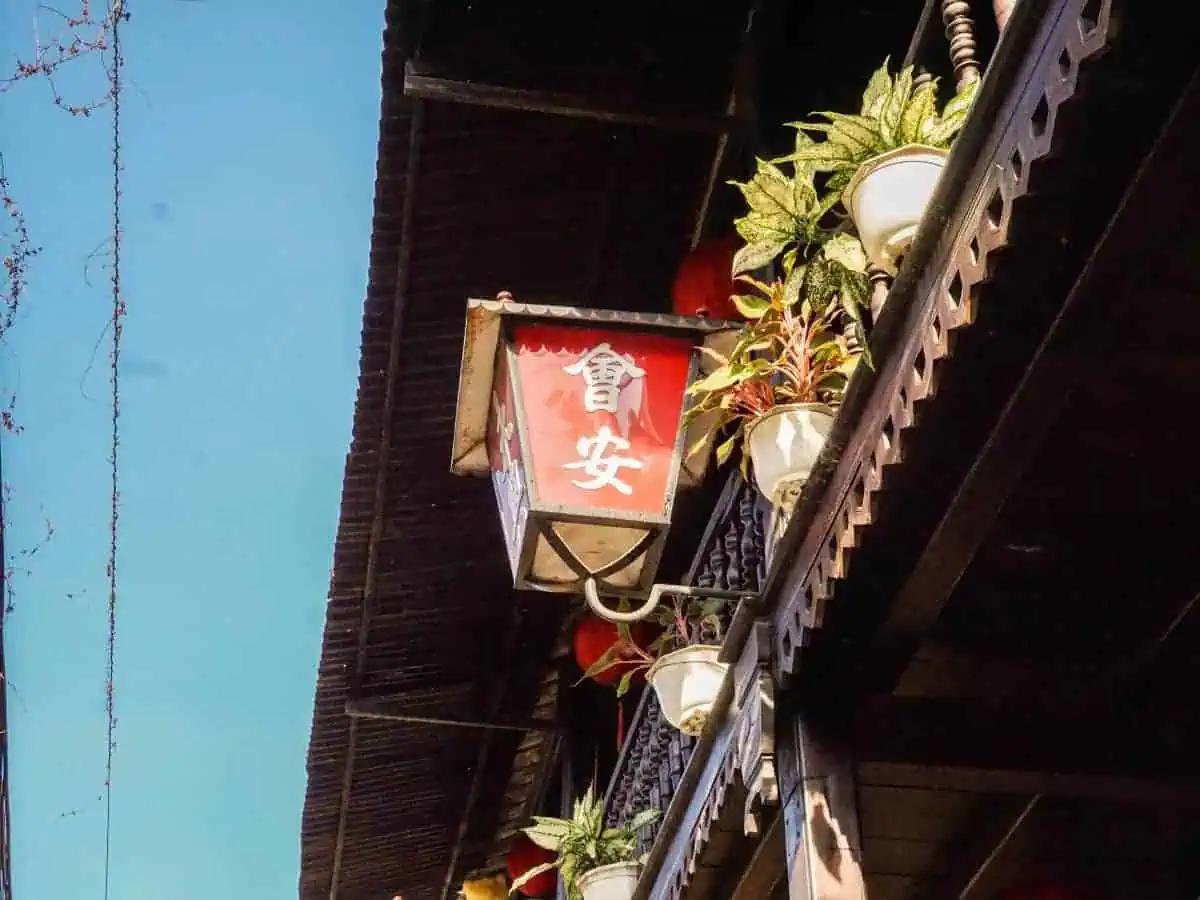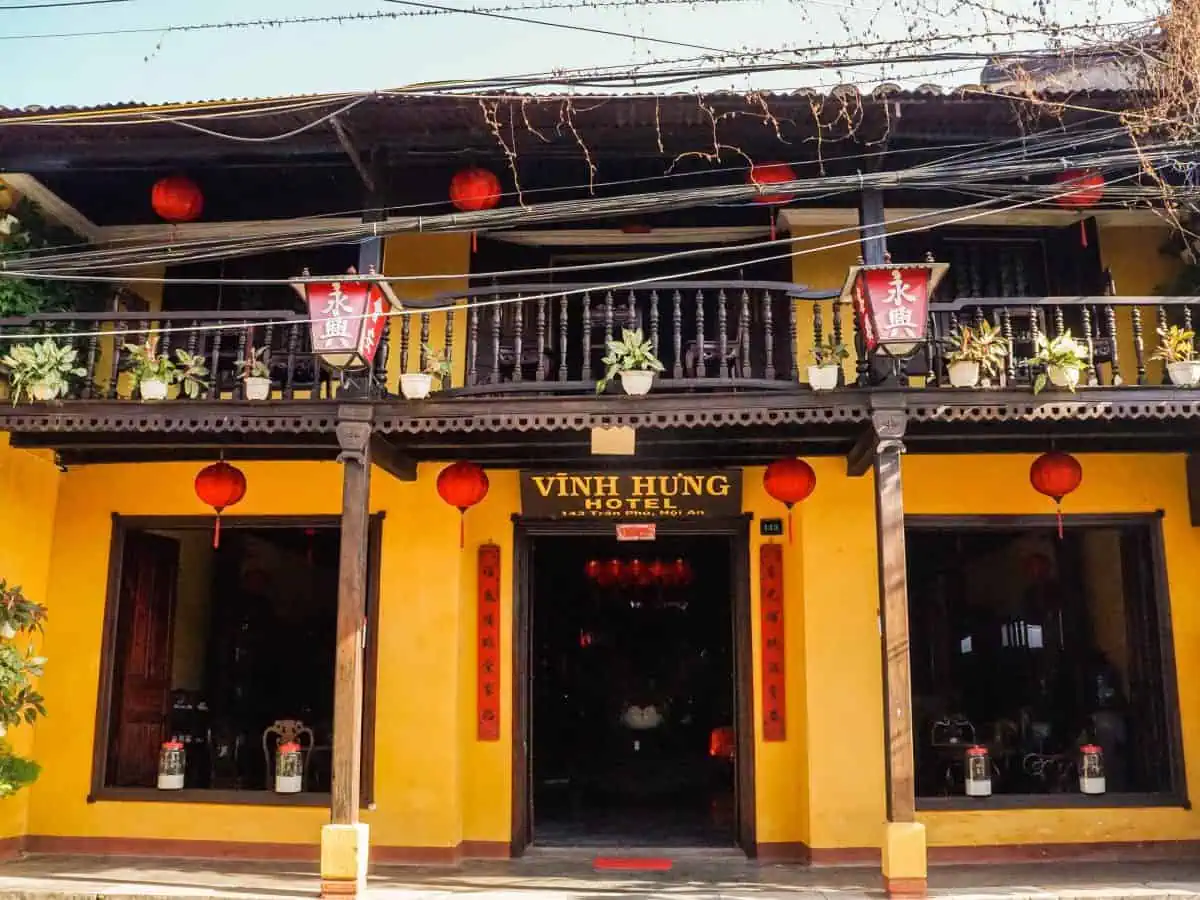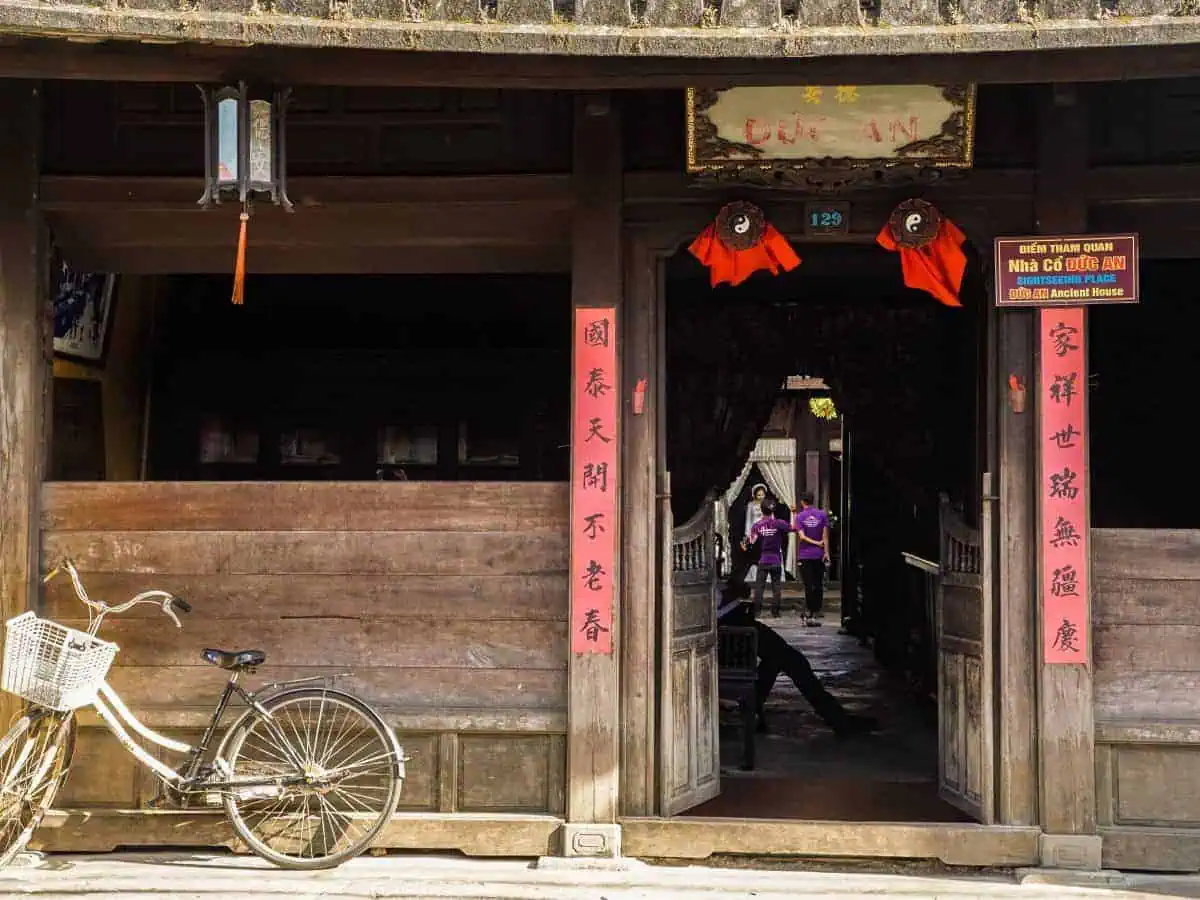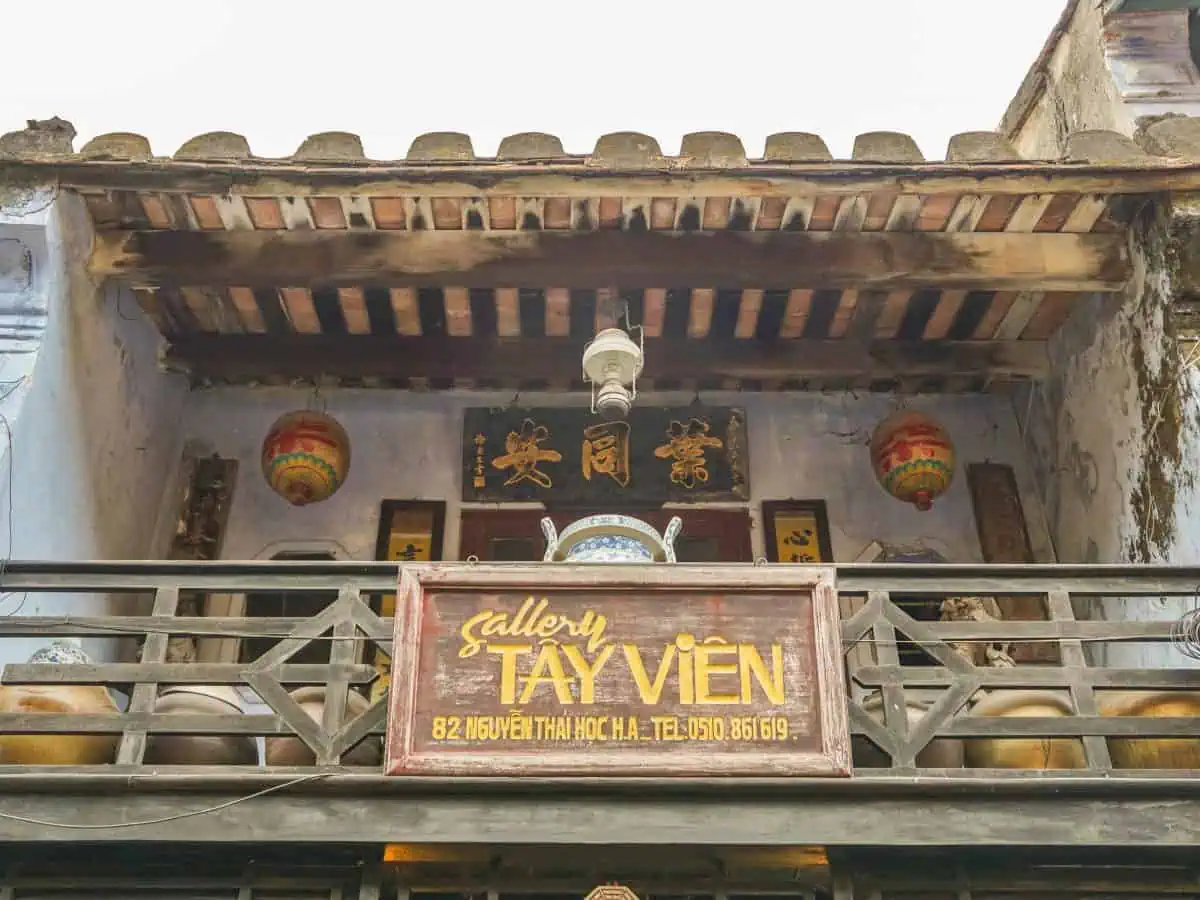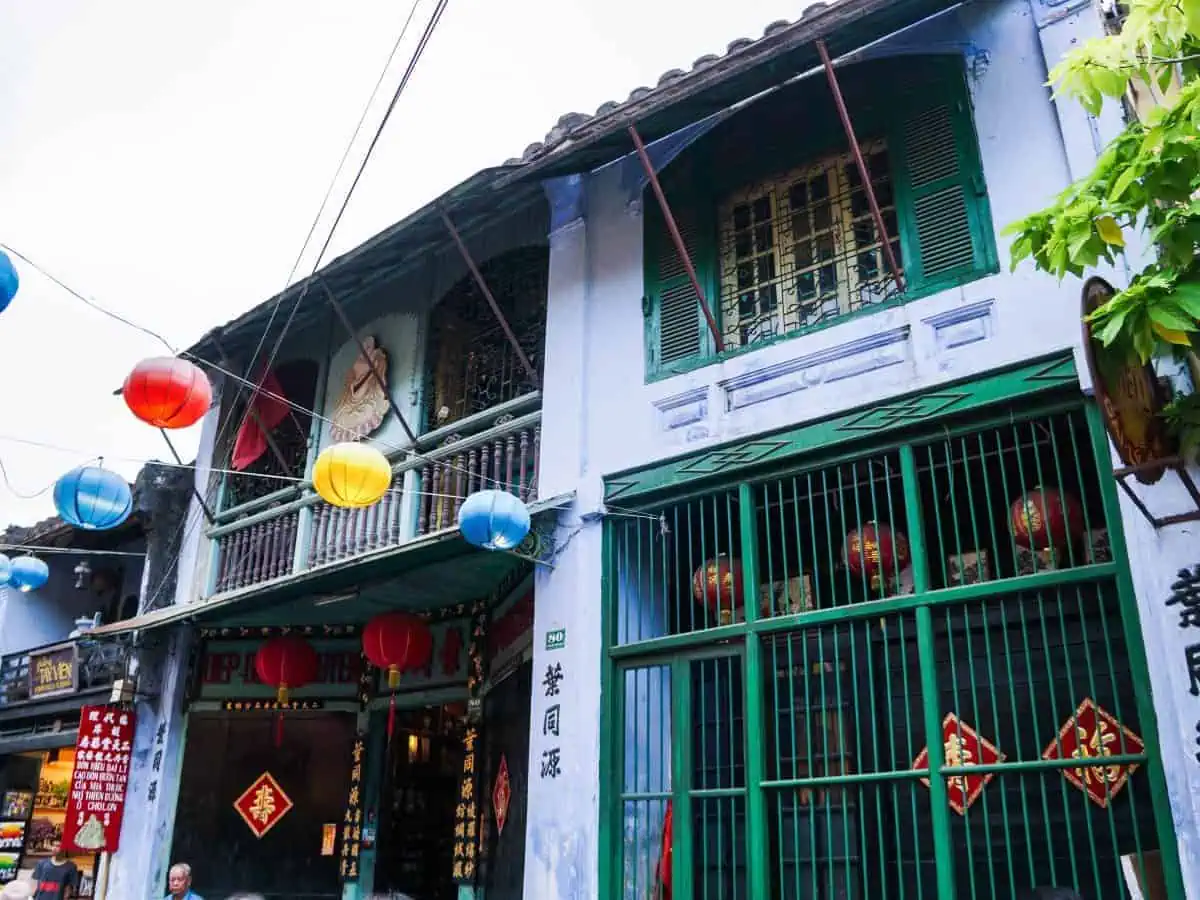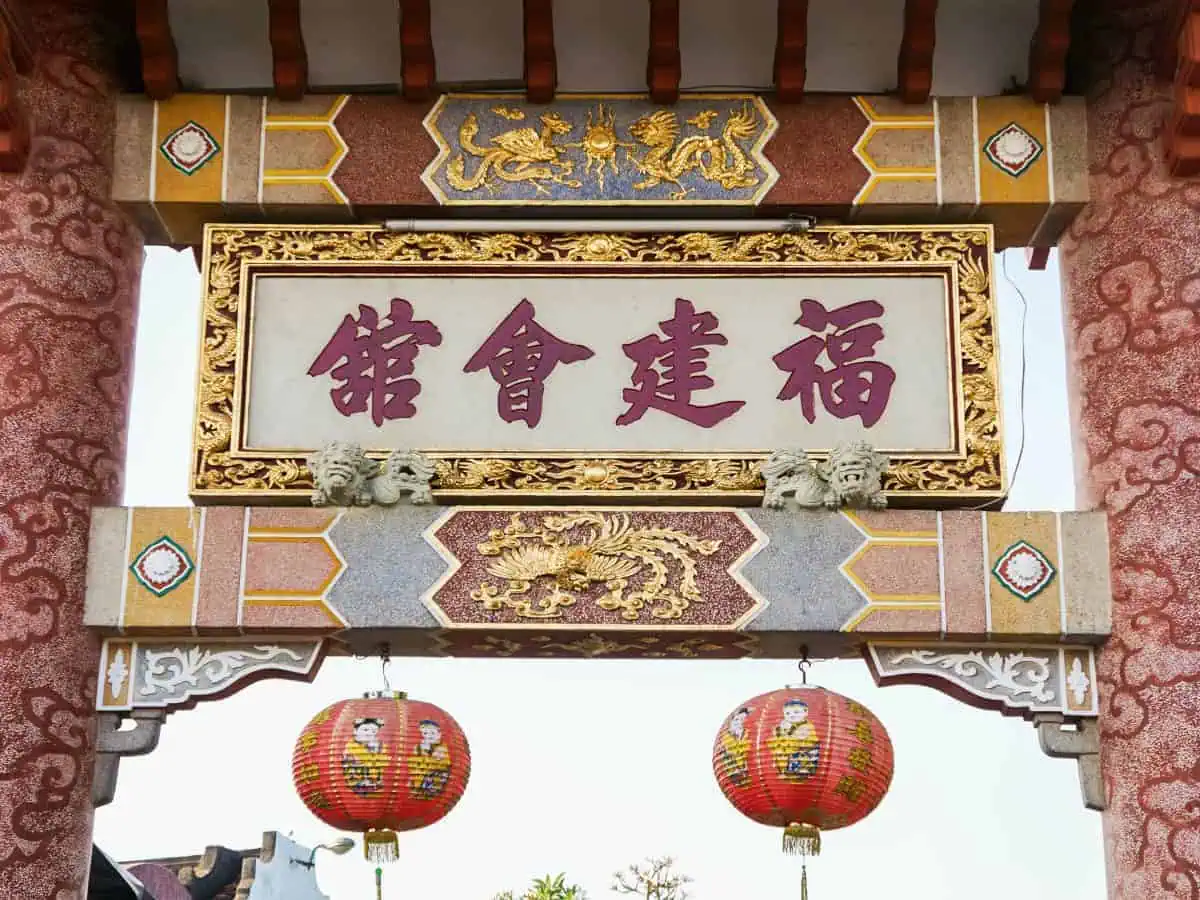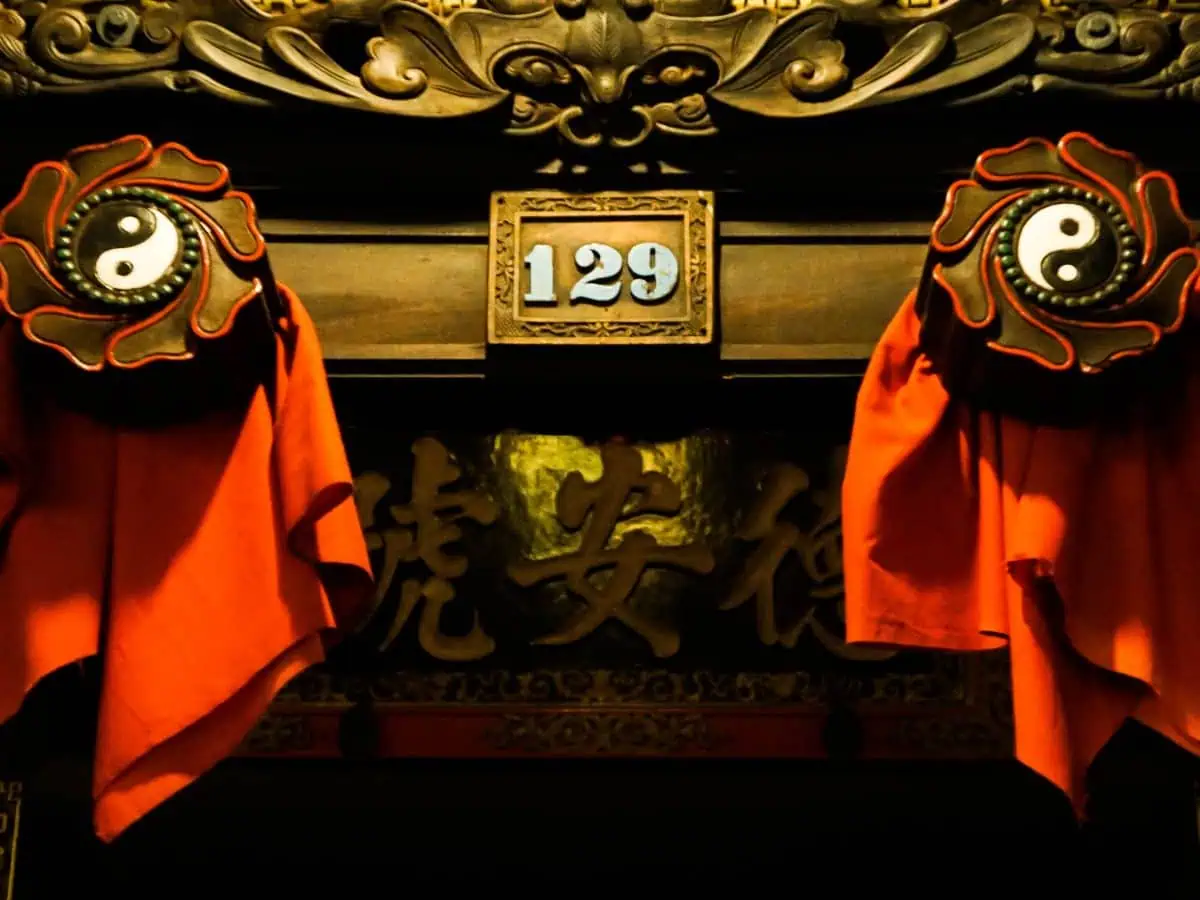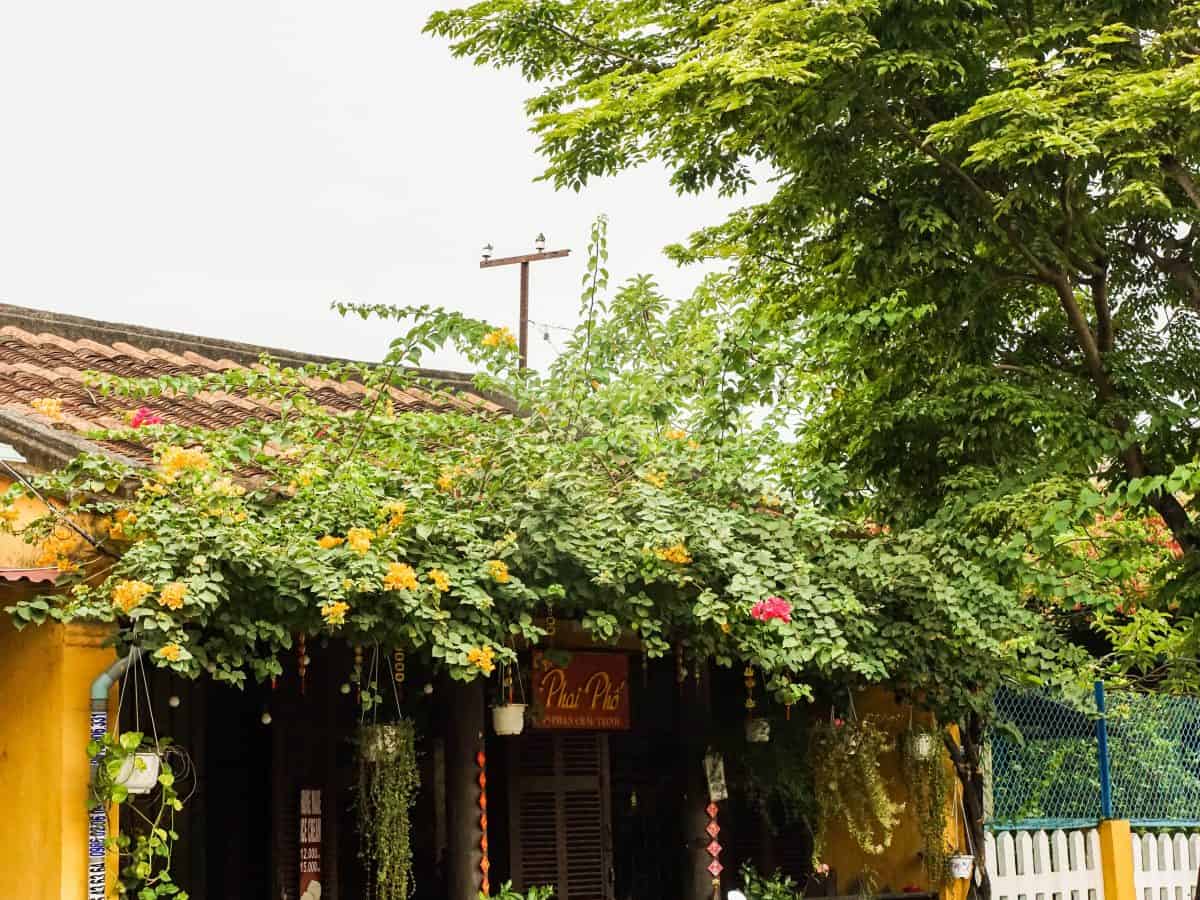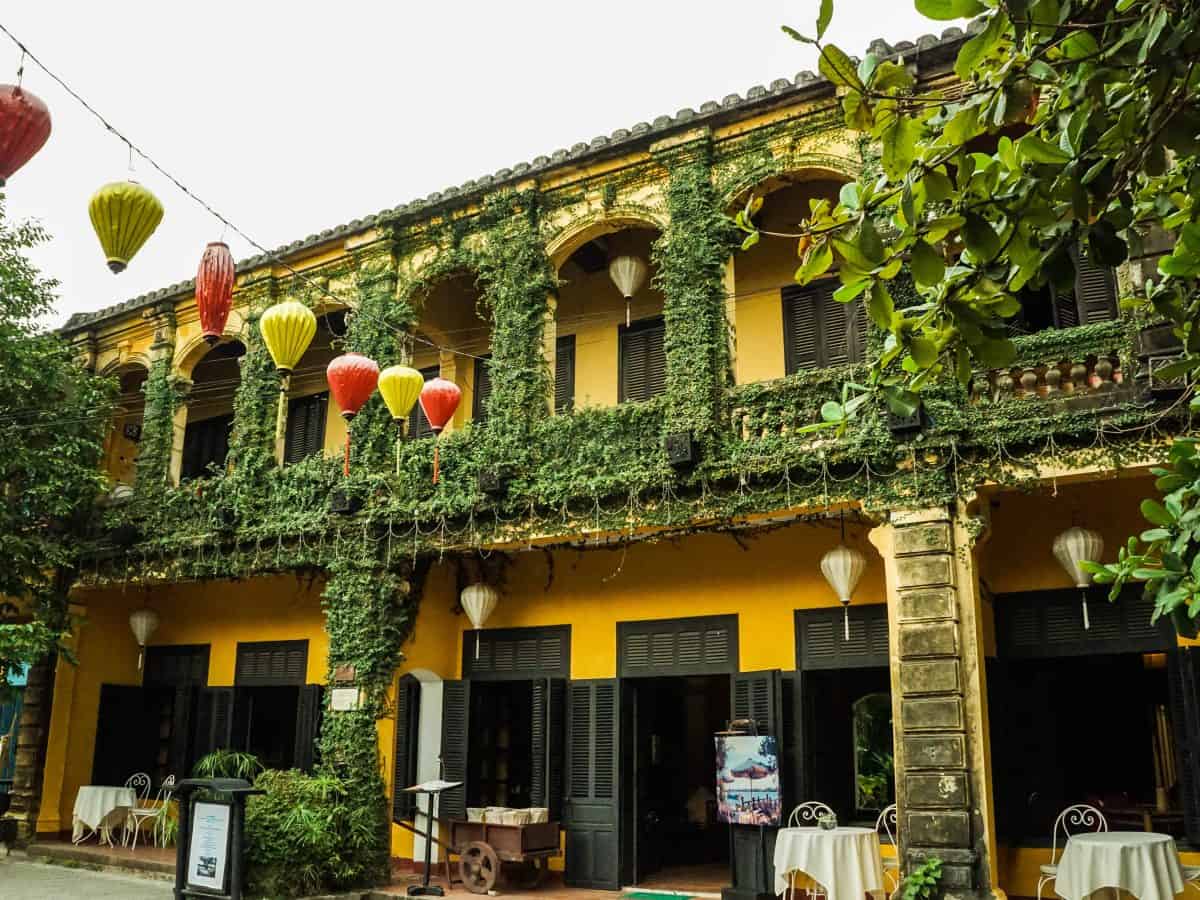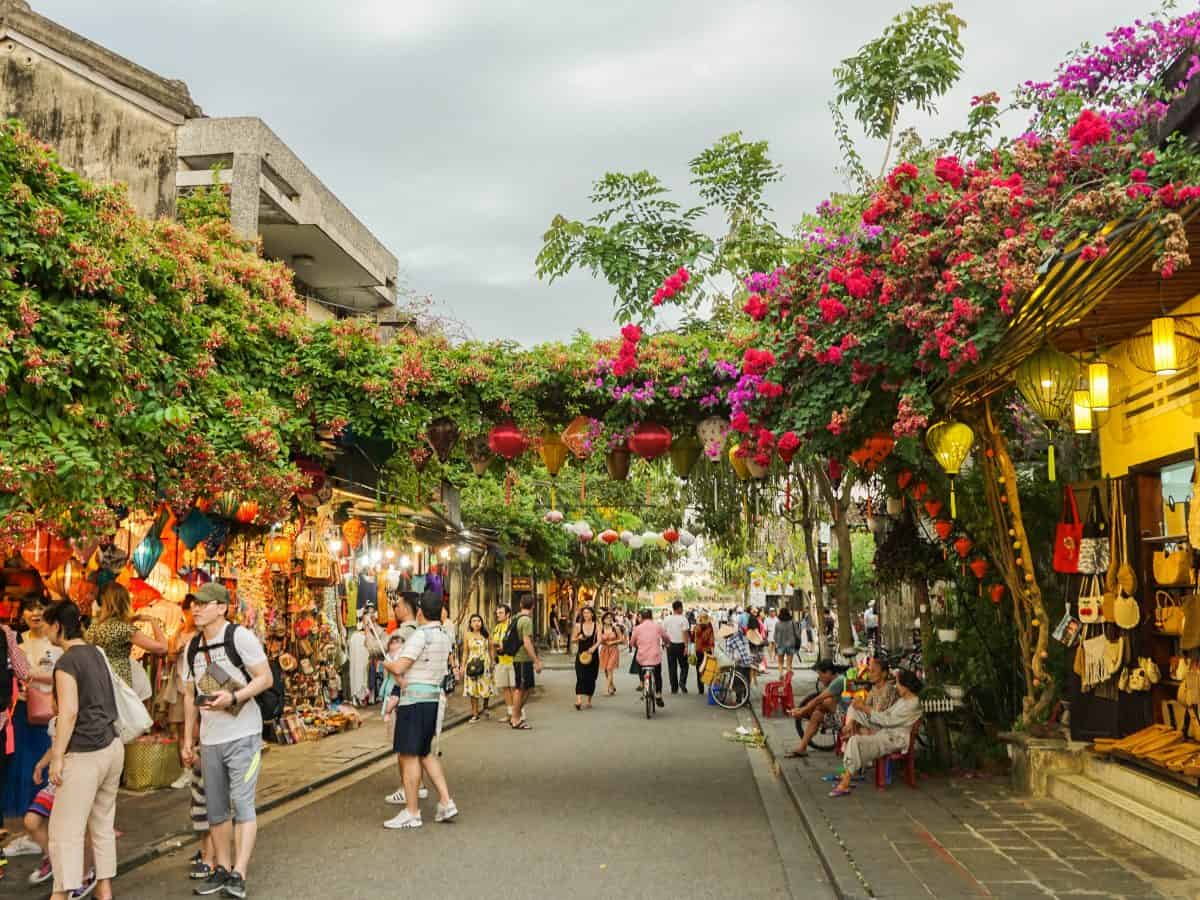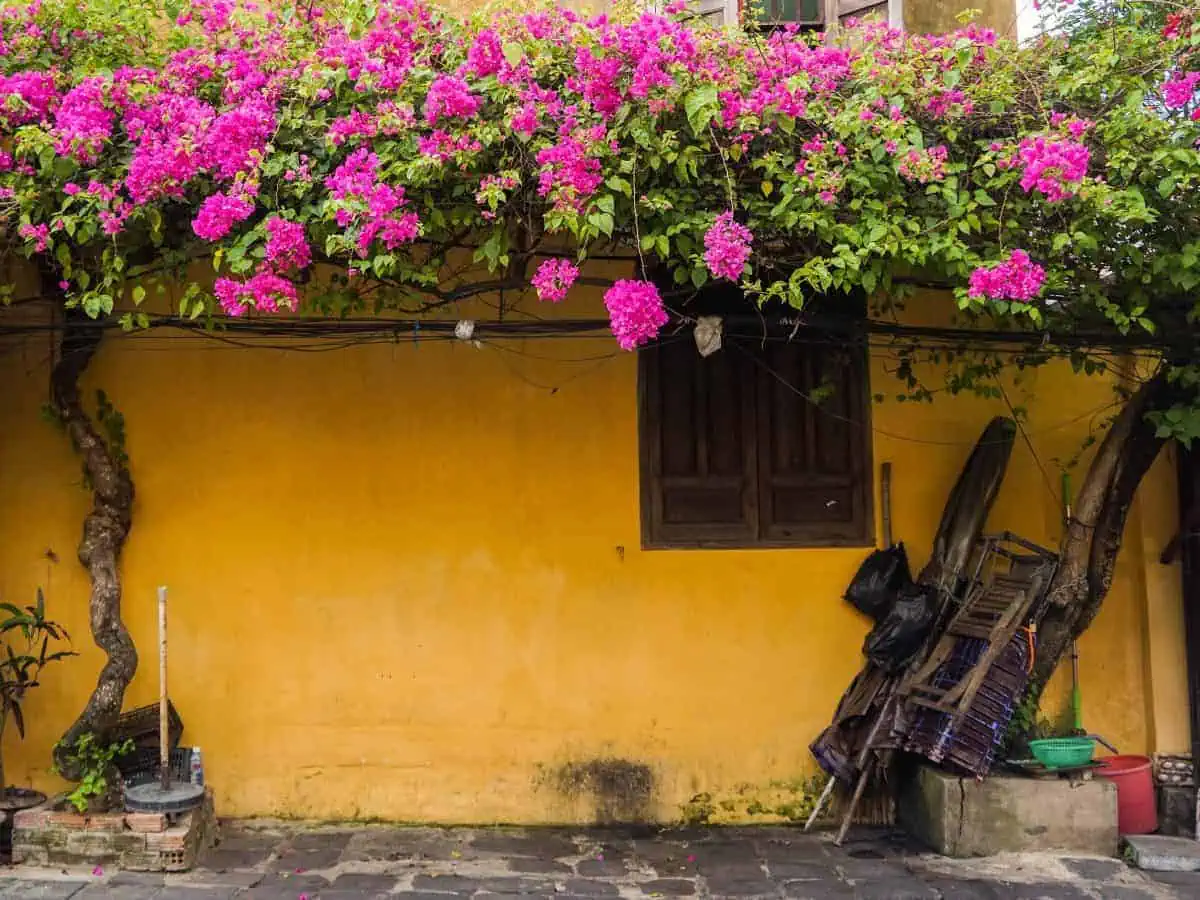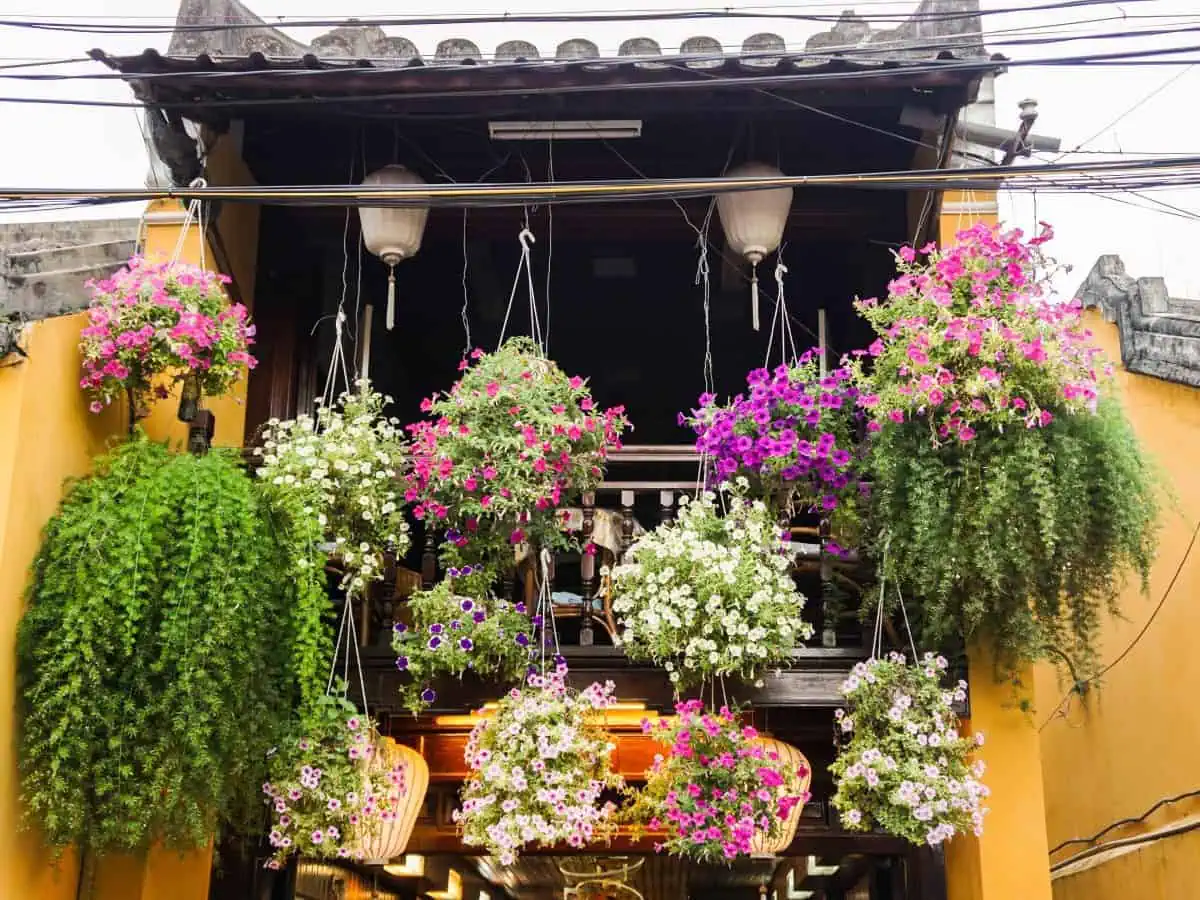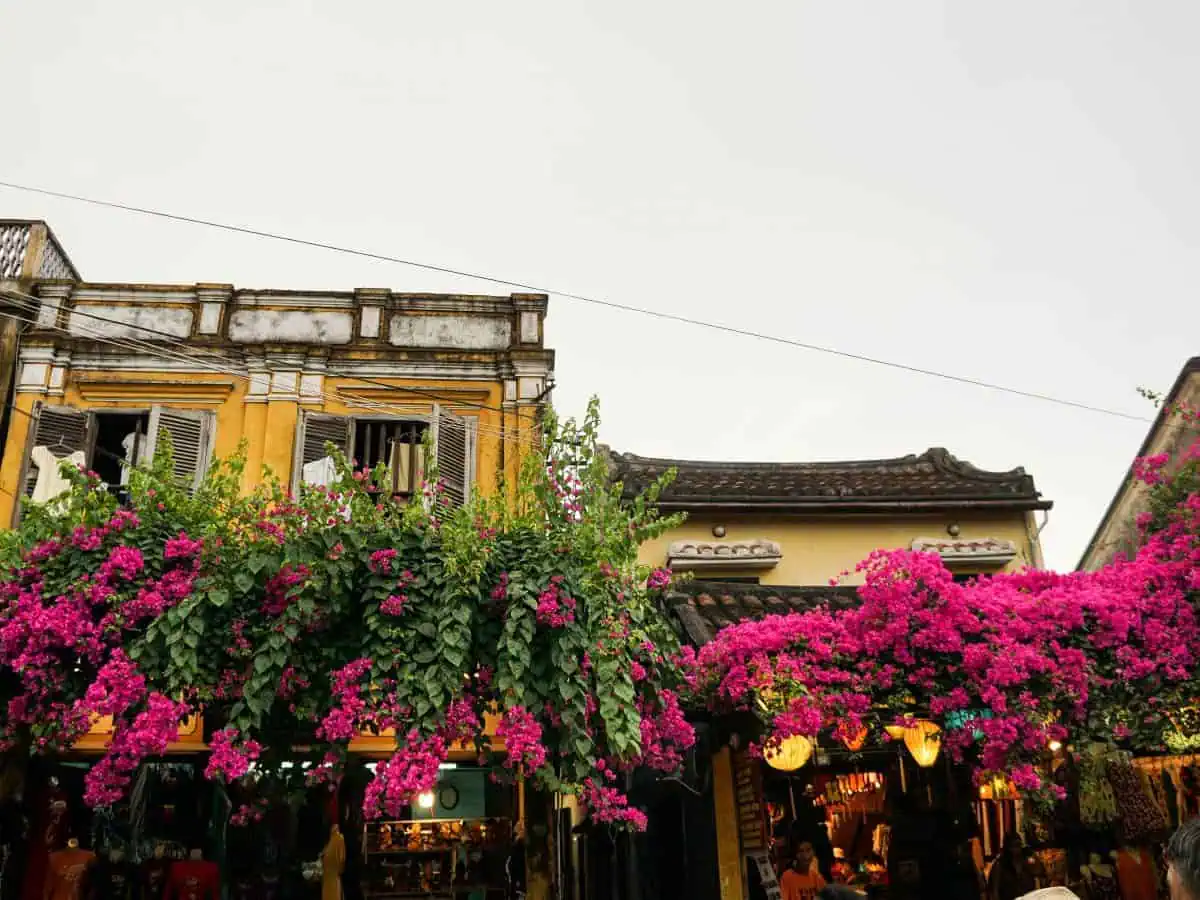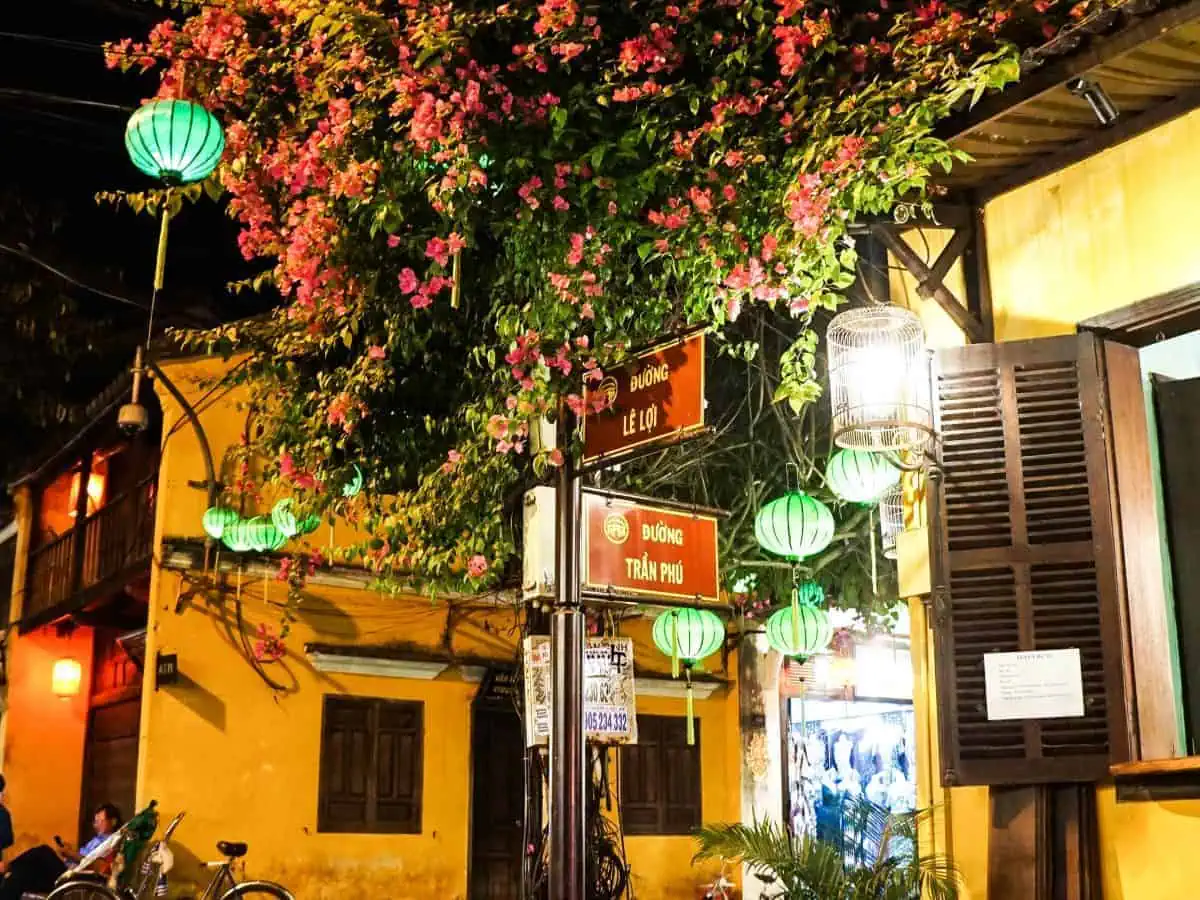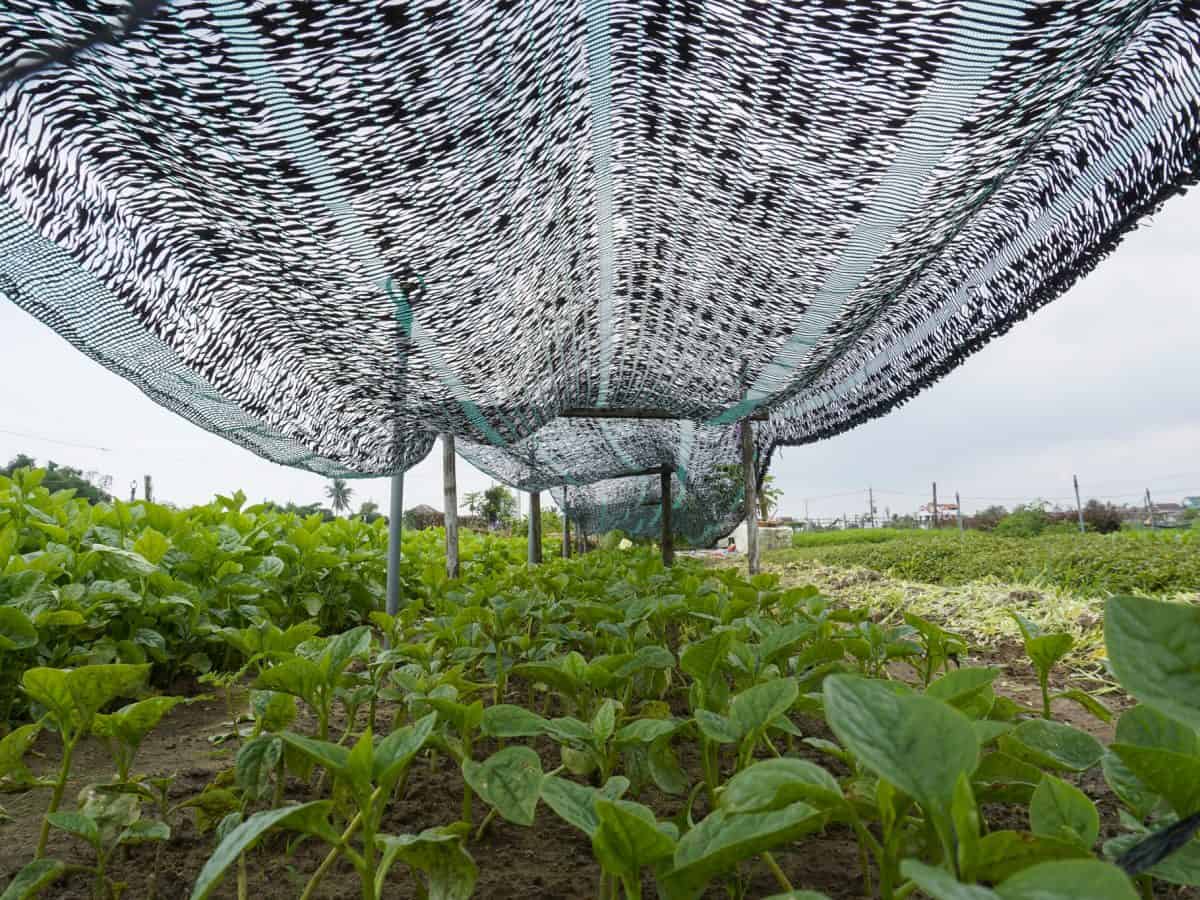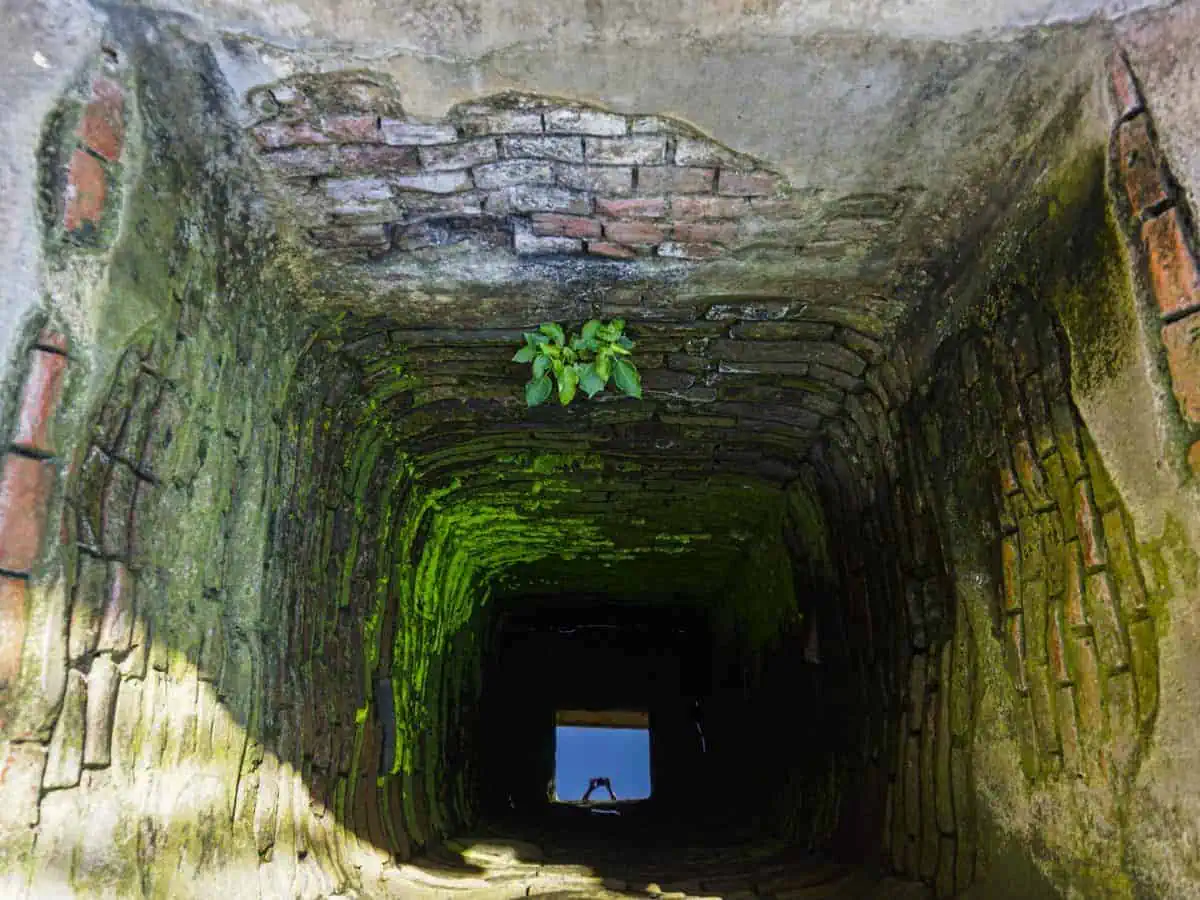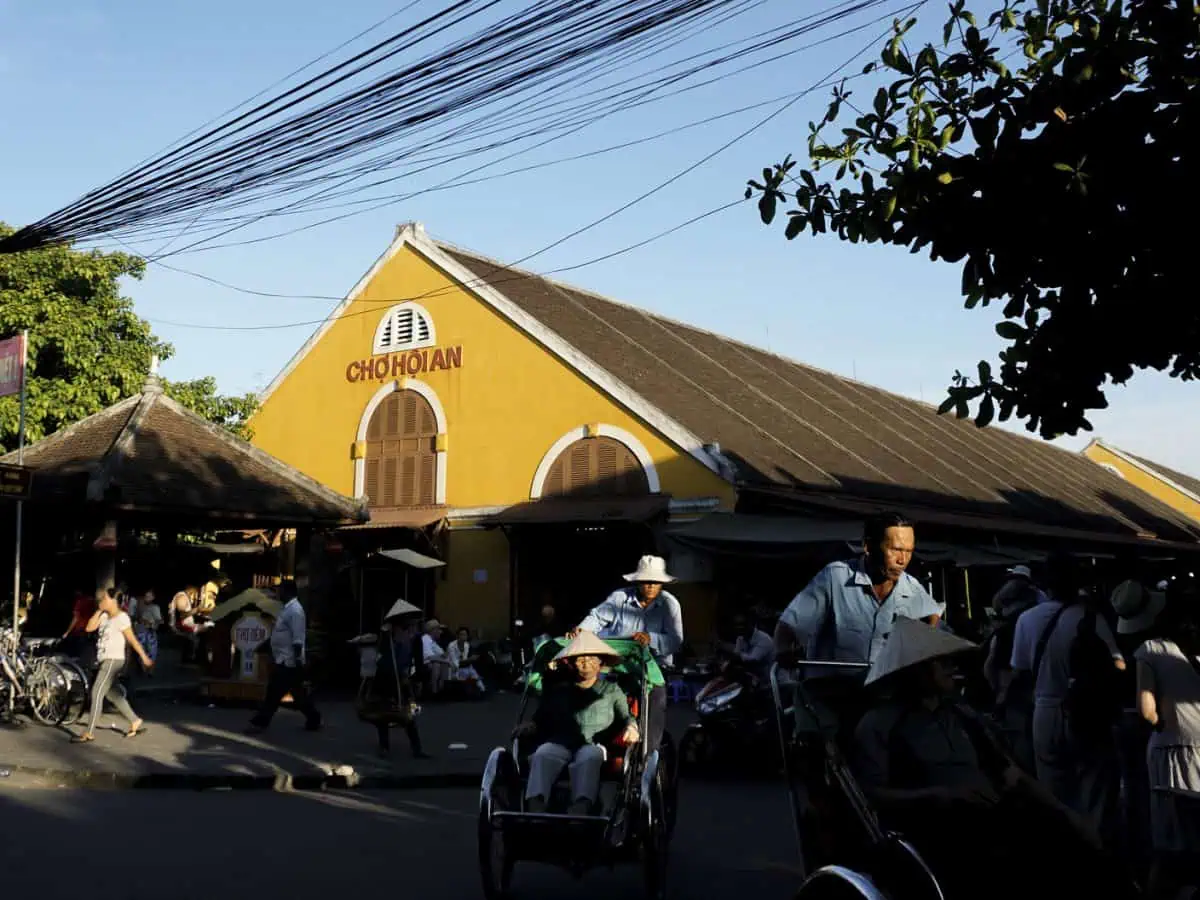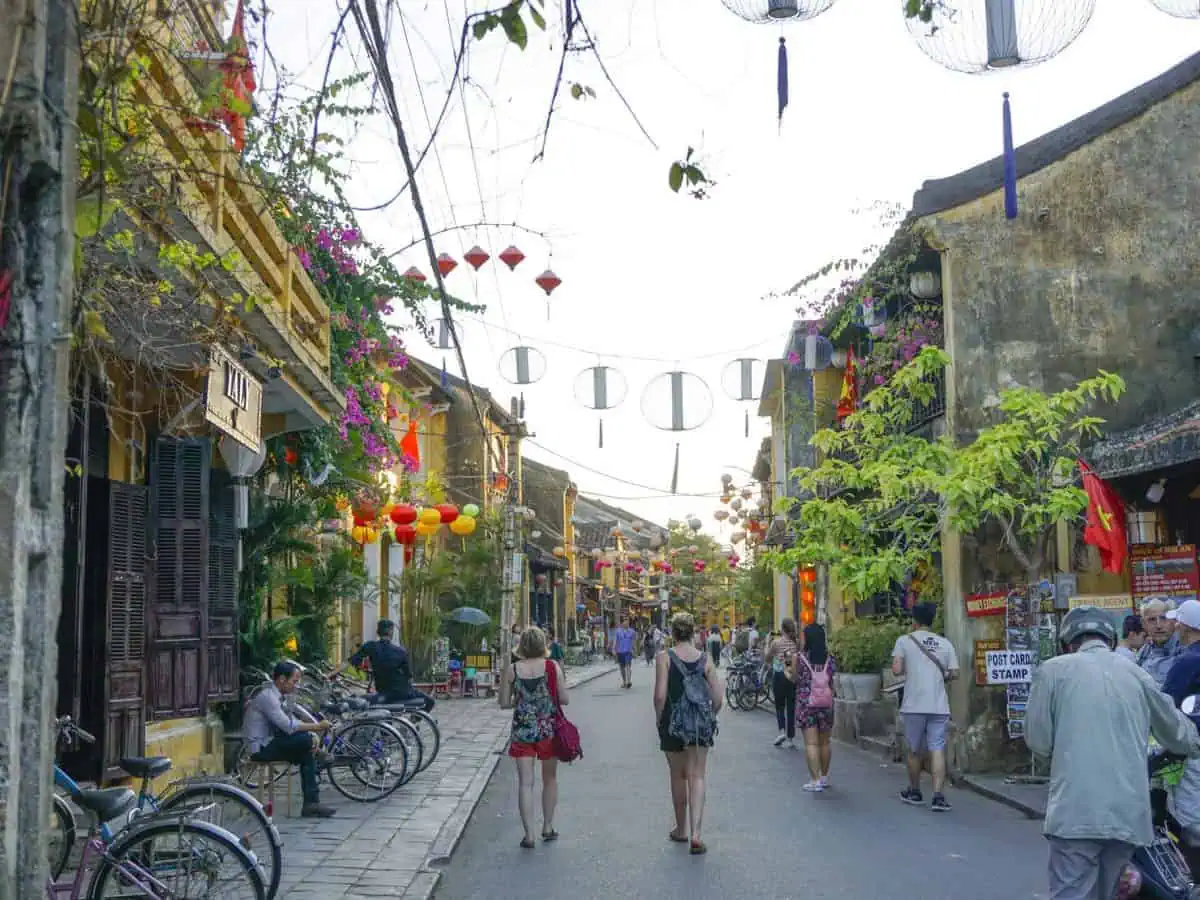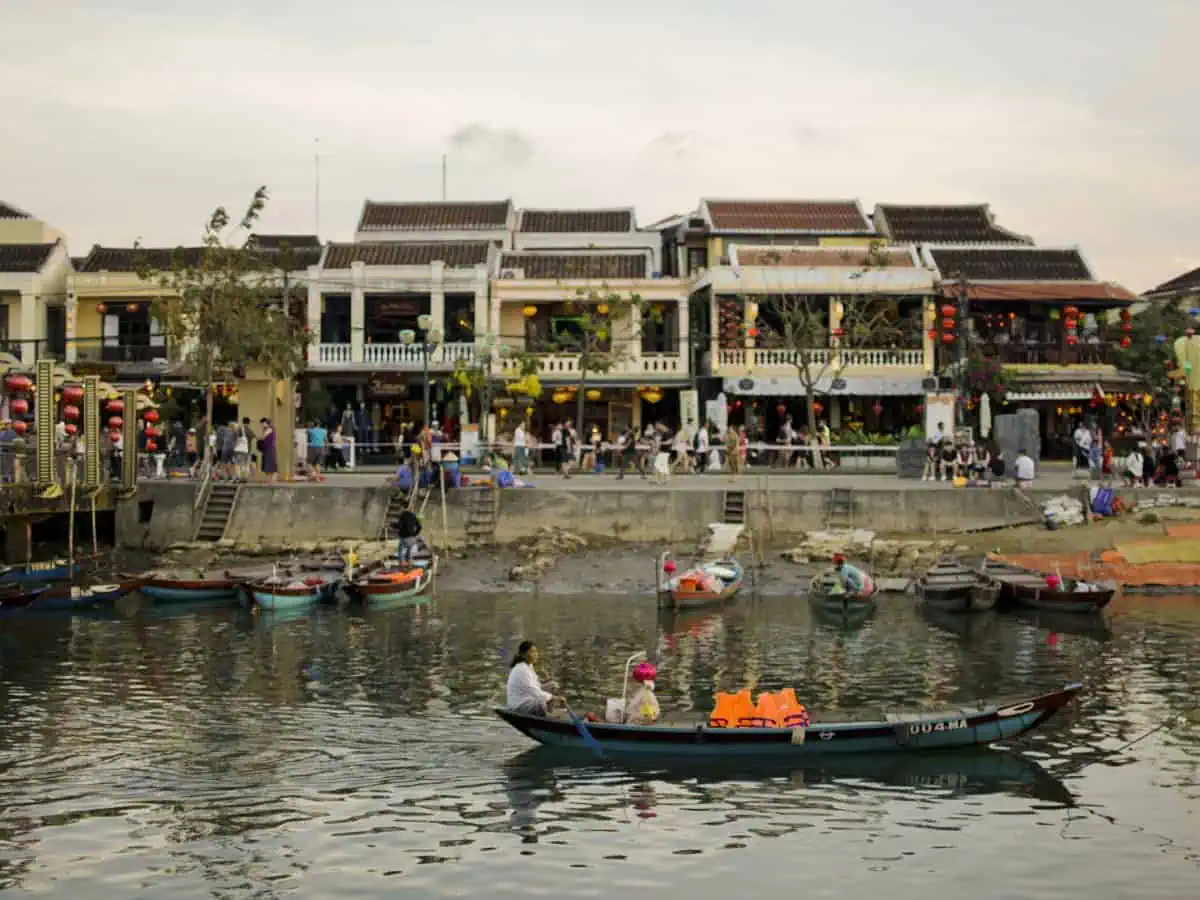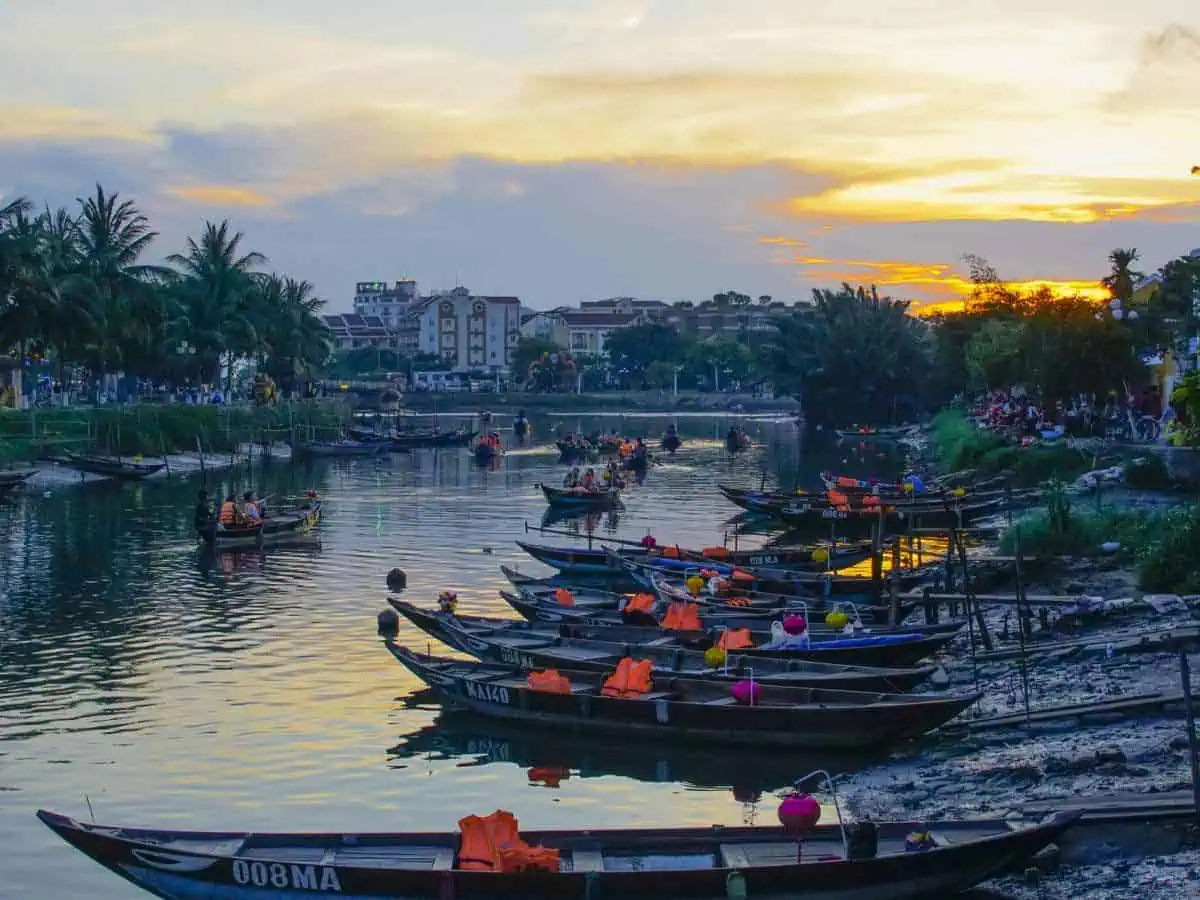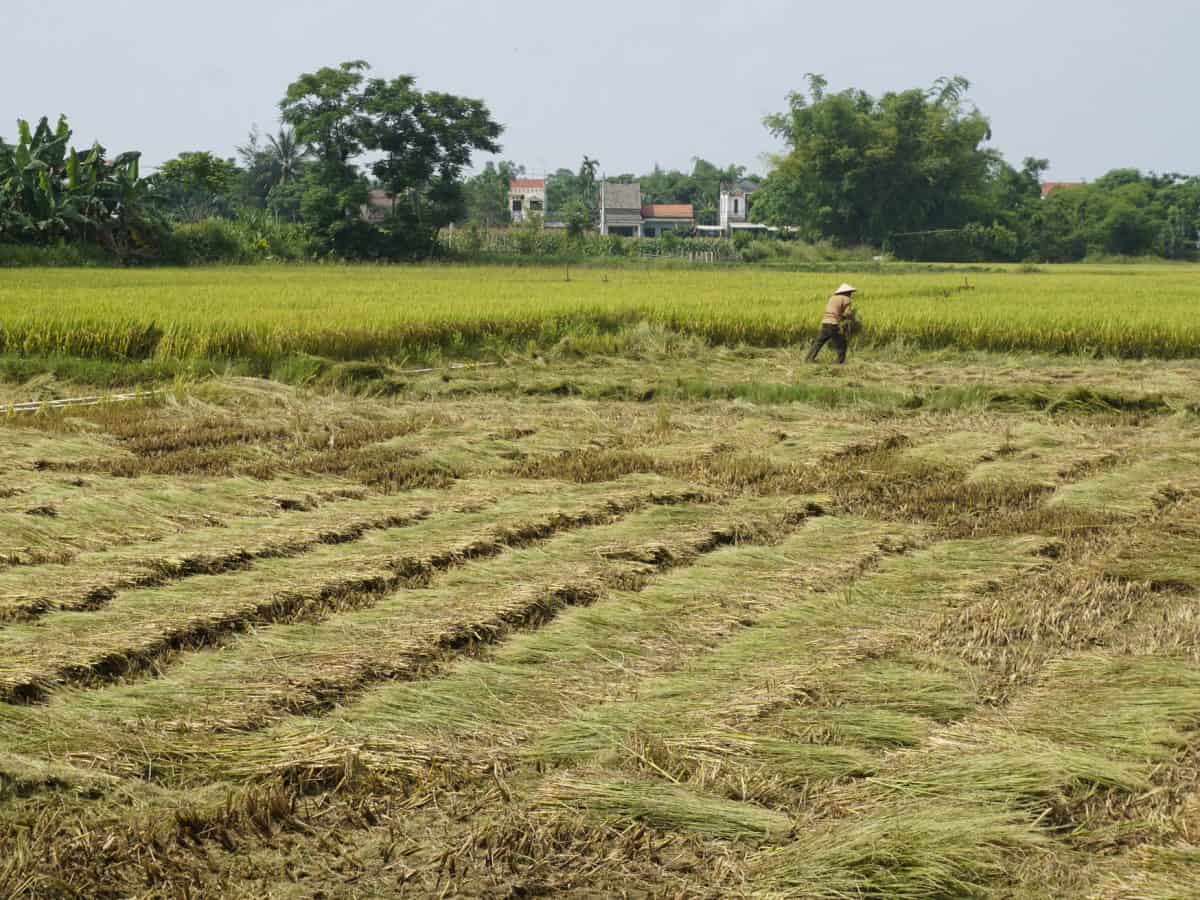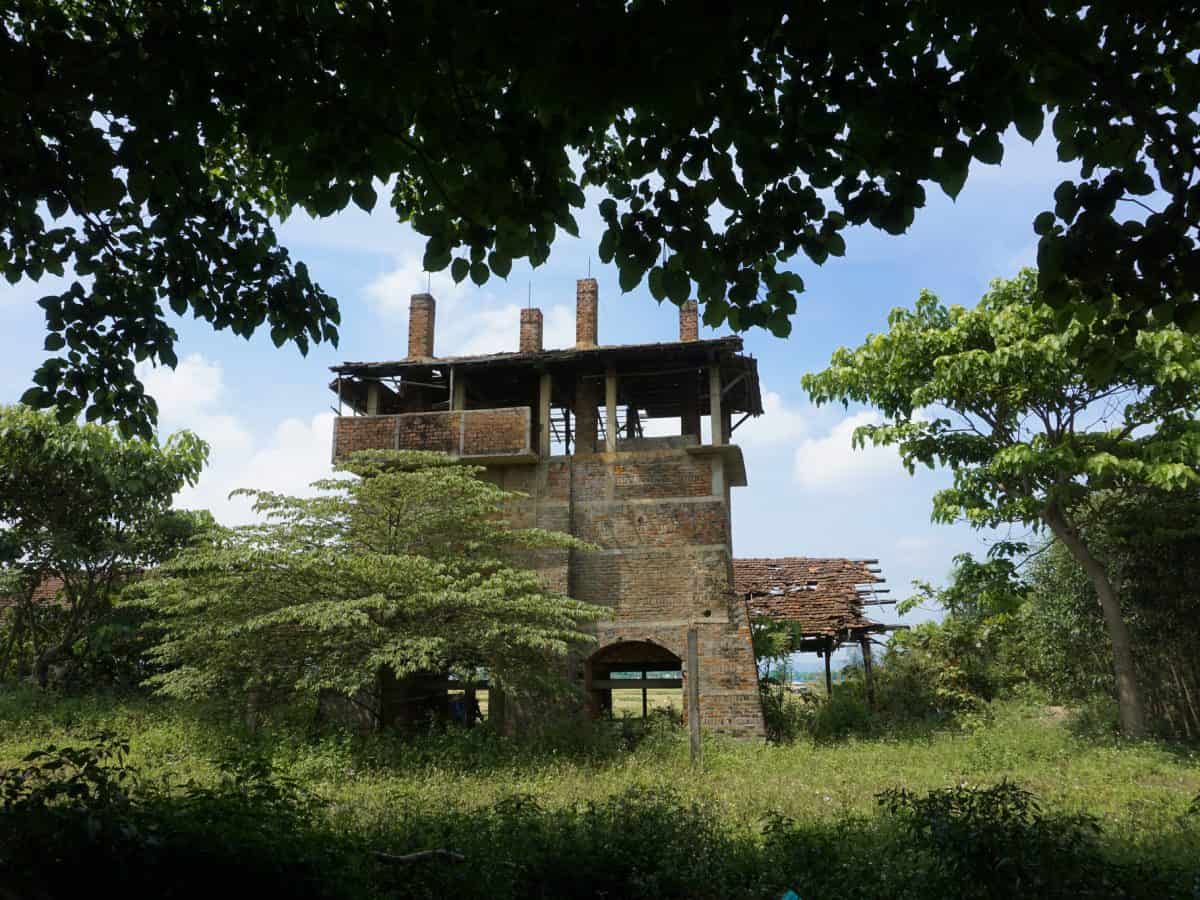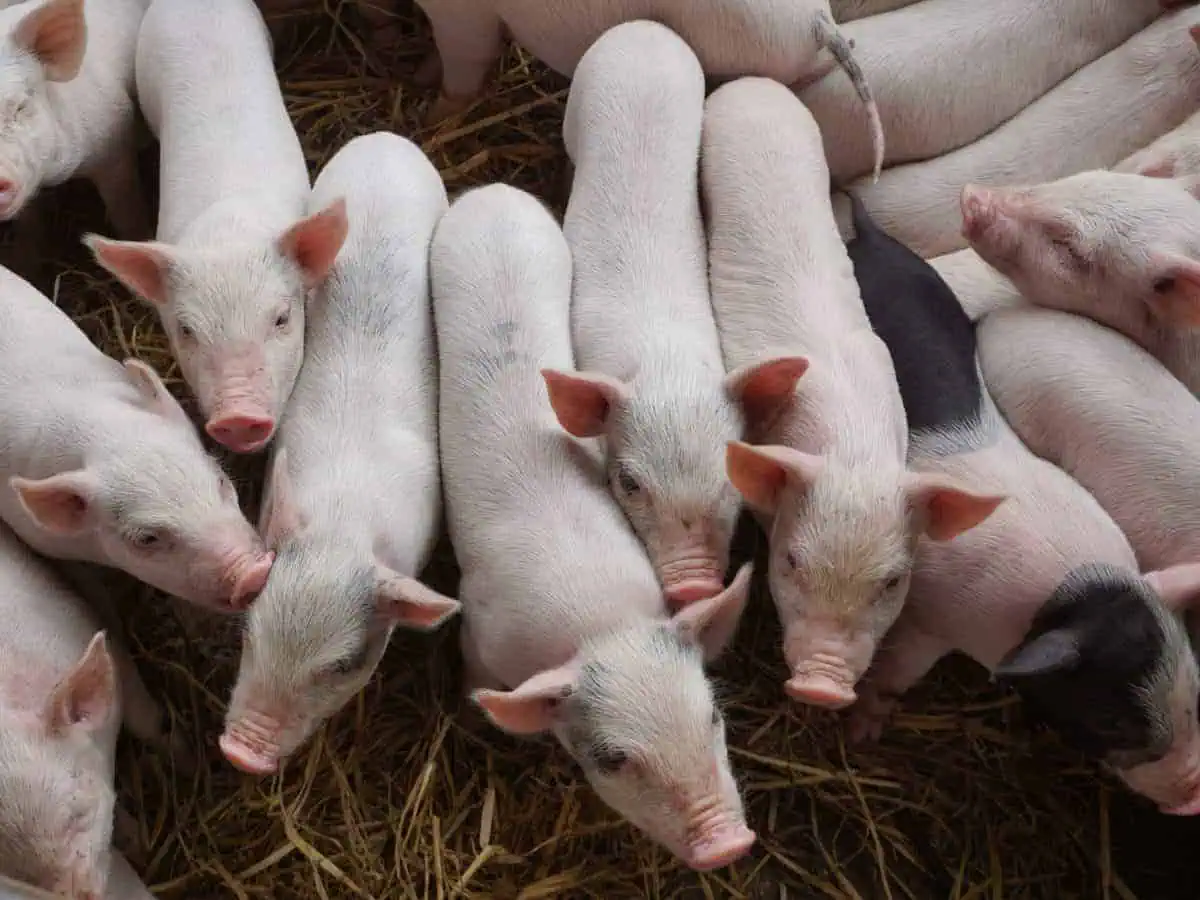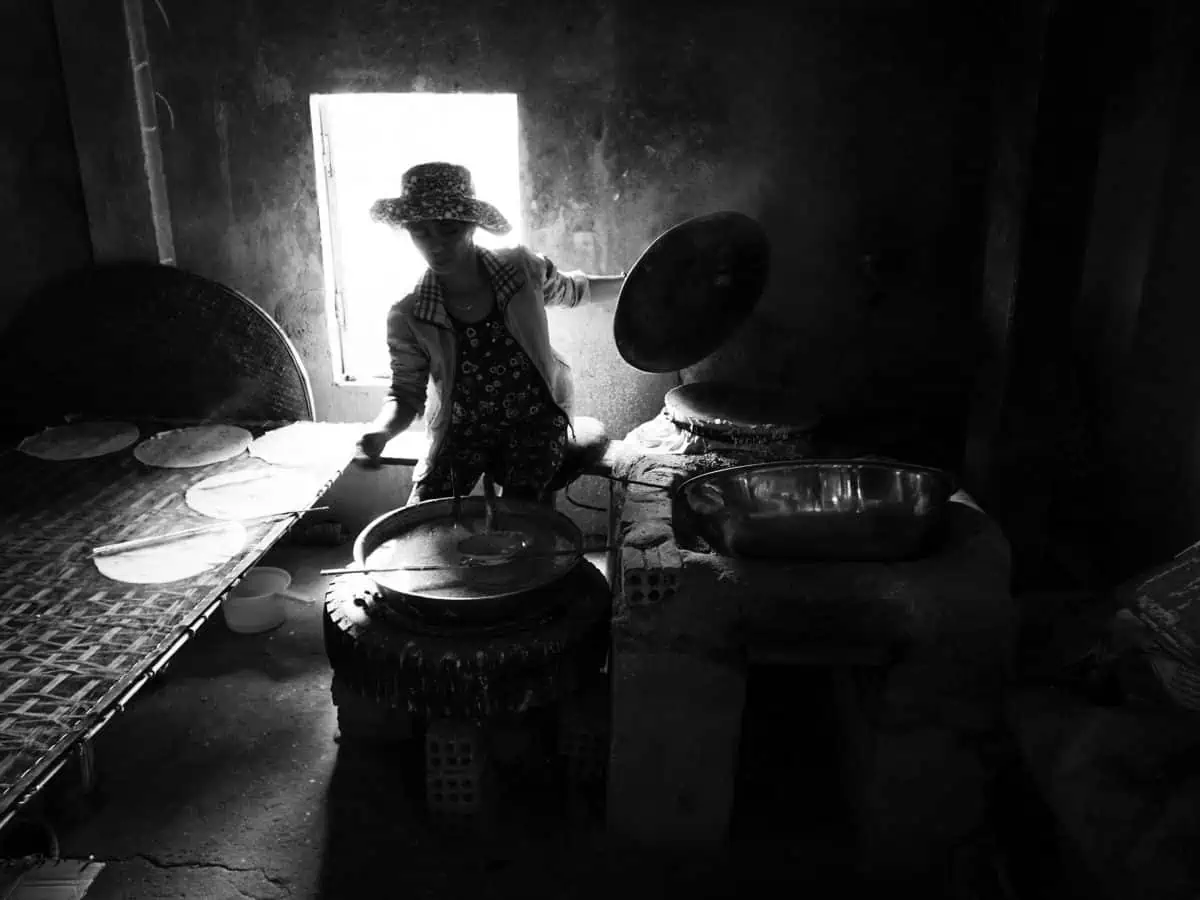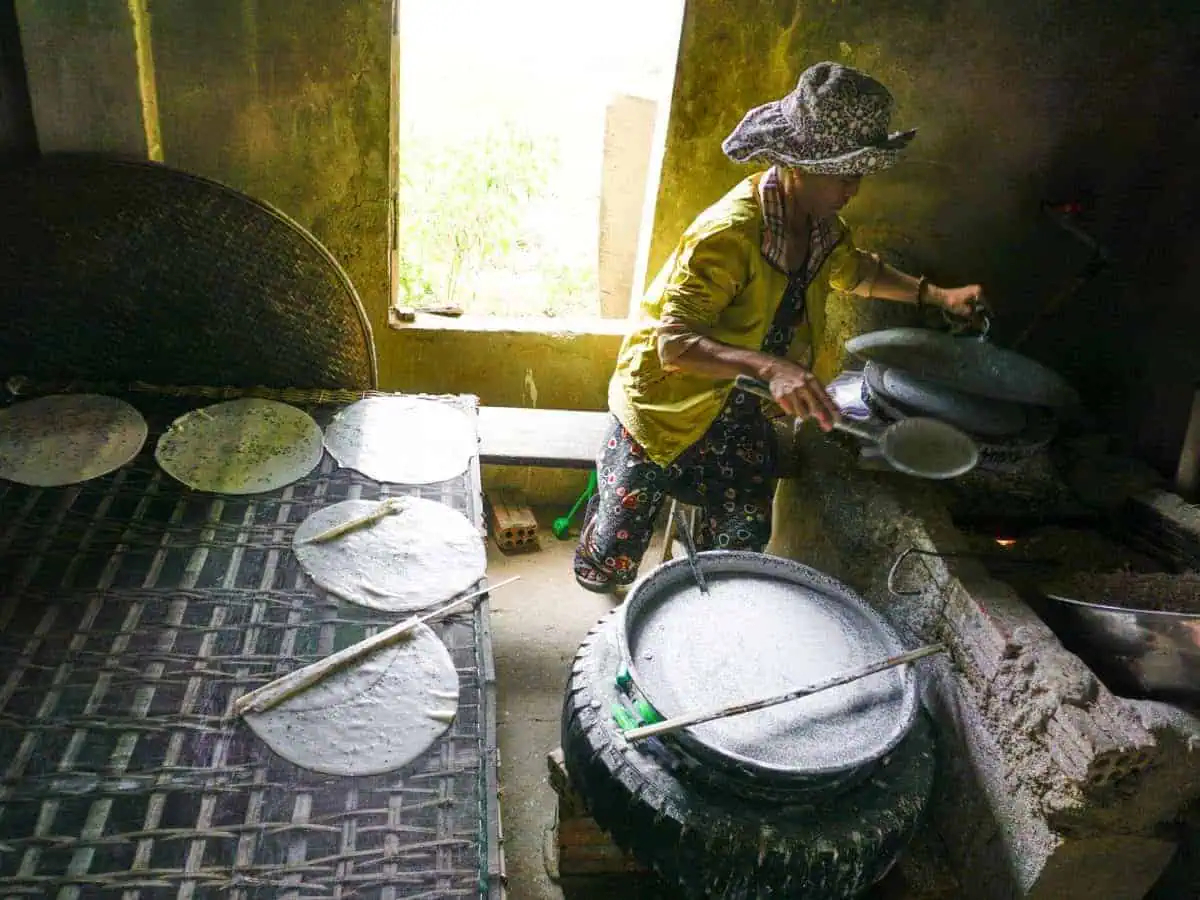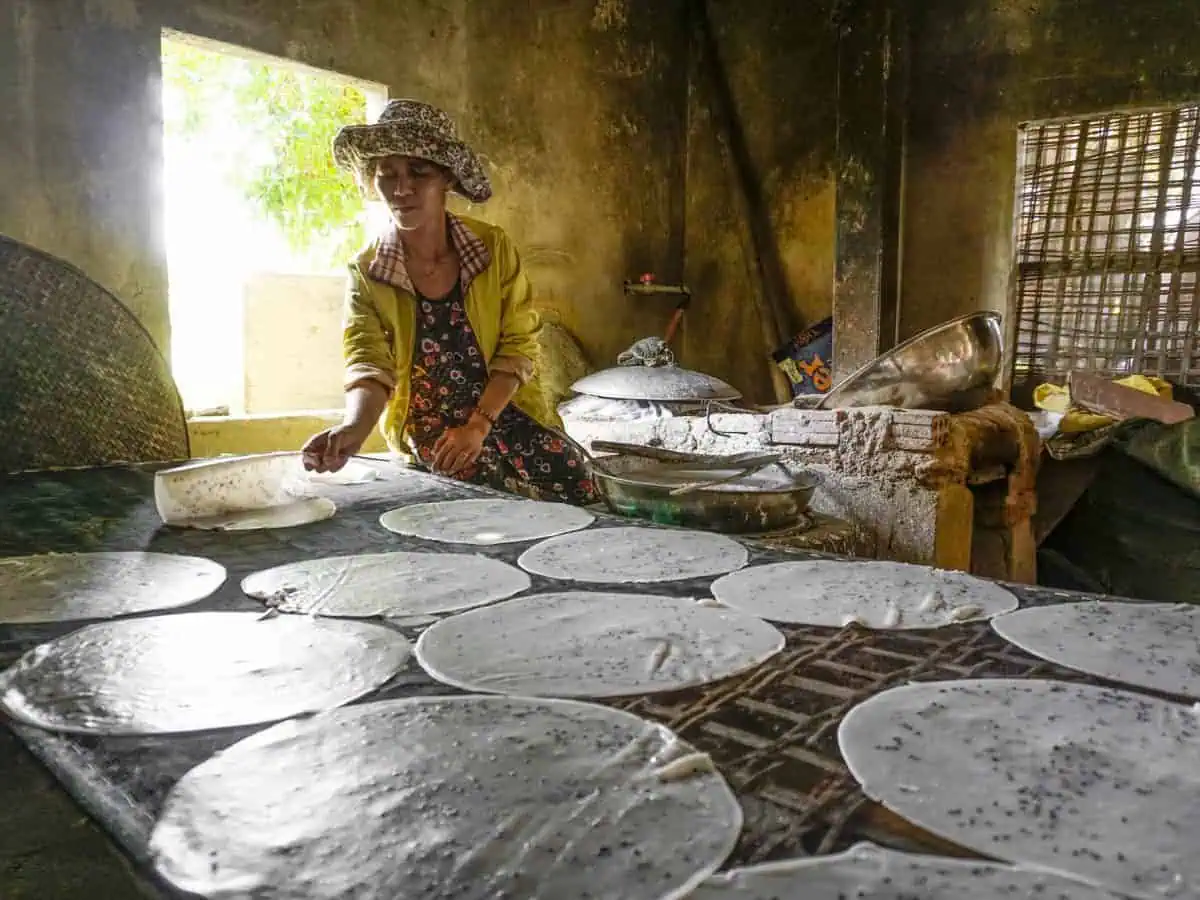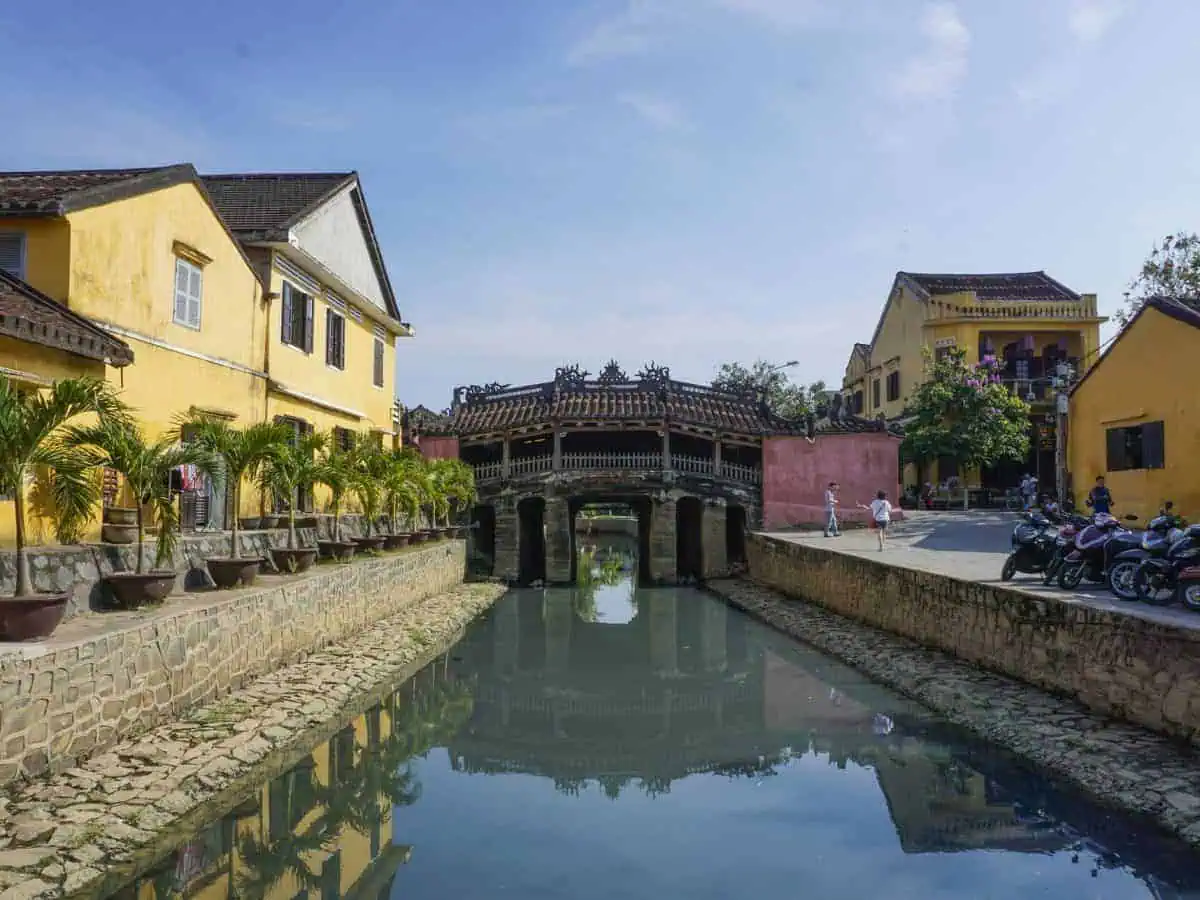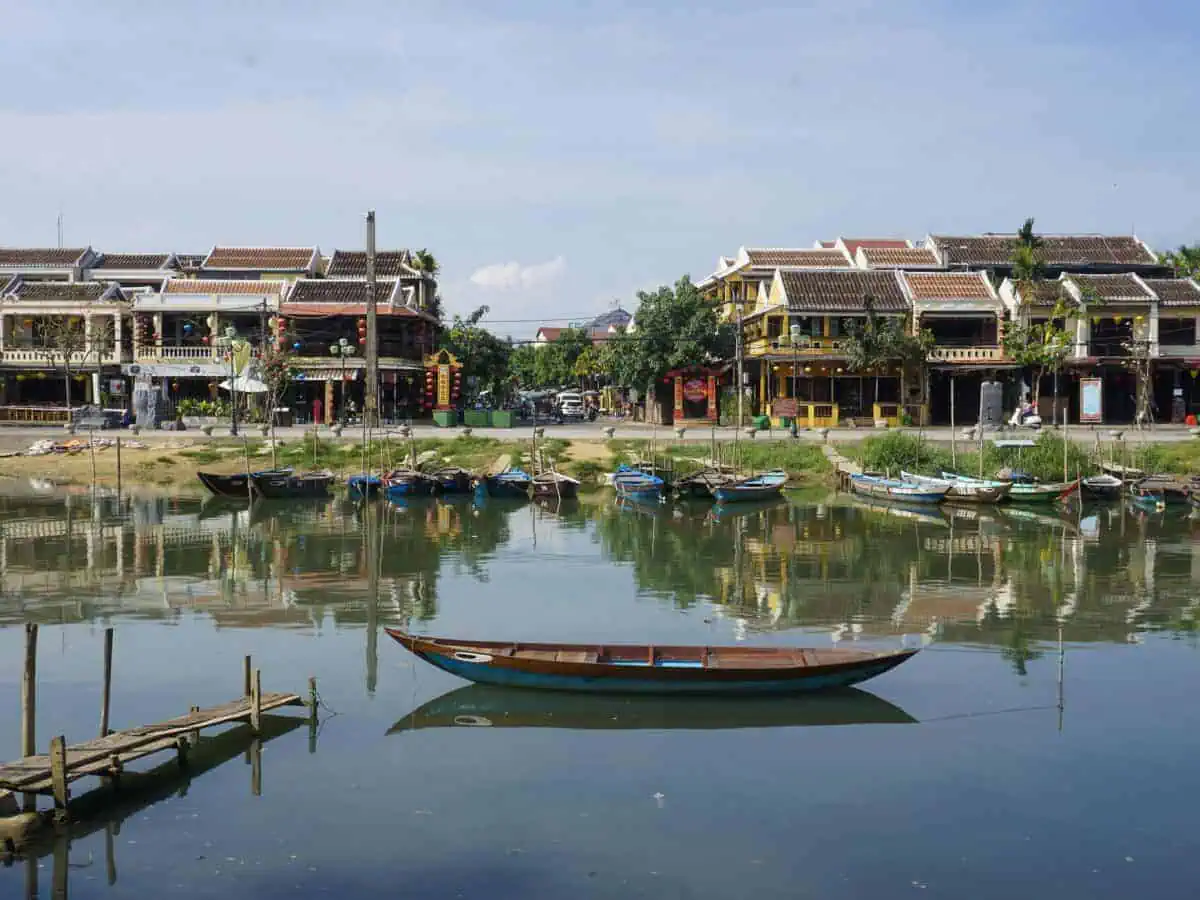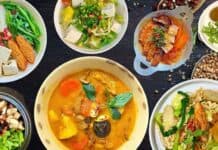It’s no longer a secret, there are so many photo opportunities in Hoi An. One of the top photo tour galleries in Vietnam can be found in the picturesque city! Whether you’re an avid photographer with many years of experience or an amateur enthusiast, this article provides some advice and recommended locations to help you to capture some great photos in Hoi An!
If you want to grab some great shots, our top tip is to avoid peak tourist hours. In the morning, try arriving between 5-8AM before most visitors enter the old town, or at night after the tour buses have left. Lunch is another favorable time slot if you want to capture more sunlight. Sunset and dusk; on the other hand, possess a certain mystical air in the old town that shouldn’t be missed.
In this article, I will try to list the most photo-worthy points of interest in the old town, along with a few places farther out. You won’t be able to cover all of them if you only have one day in Hoi An but this shouldn’t be an issue for most travelers.
Hoi An Photo Slideshow:
Top photo opportunities for a Hoi An Photo Tour:
(click on a link below to jump straight to the location):
- The Japanese covered bridge.
- The old town as a city of gold/yellow.
- Hoi An Bougainvillea and arbors.
- Hoi An relics.
- The river roads.
- The lantern town.
- The French Quarter.
- The view from above.
- The traditional villages.
- Other points of interests and structures.
1. The Japanese covered bridge
And iconic relic in Hoi An, the Japanese bridge is probably the most photographed structure by both locals and visitors. Lighting plays a big role here as some of the best photos include the early morning sky or the changing artificial lights at night. The early morning really brings out the quaintness of the town in general. Sometimes you can catch a local vendor balancing a shoulder pole on the way to her regular selling spot, or even more rare, see a small boat in the canal. On one such occasion after a flood, I’ve seen some local boaters rowing their boats close to the entrance of the Japanese bridge. For some great photos in Hoi An, try to catch reflections in the water. Also, see if you can get a shot from the Nguyen Phuc Chu pedestrian street on An Hoi Islet across the river.
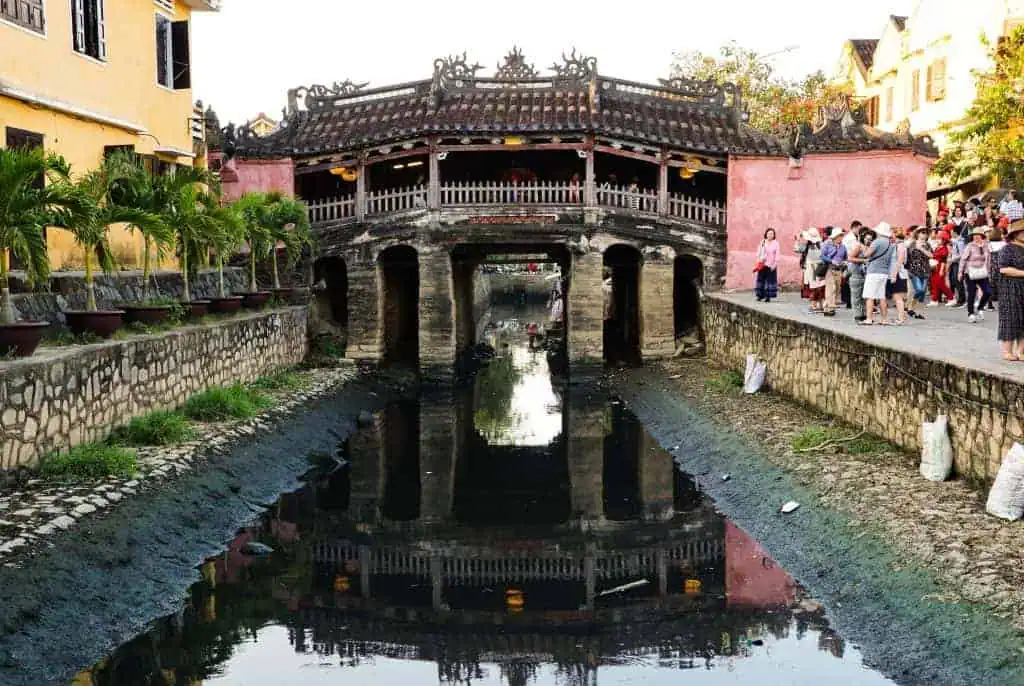
Some other bridges of note nearby:
The Quang Truong and An Hoi bridges connect the old town with An Hoi Islet to the south. On the islet, you can find the pedestrian street of Nguyen Phuc Chu, the night market on Nguyen Hoang street, and the Nguyen Hoang Pier where the tourist boats dock. Farther to the east is the Cam Nam bridge (at Hoang Dieu street) that leads to the Cam Nam islet. You can get a broader view of the river from here for a another photo opportunity.
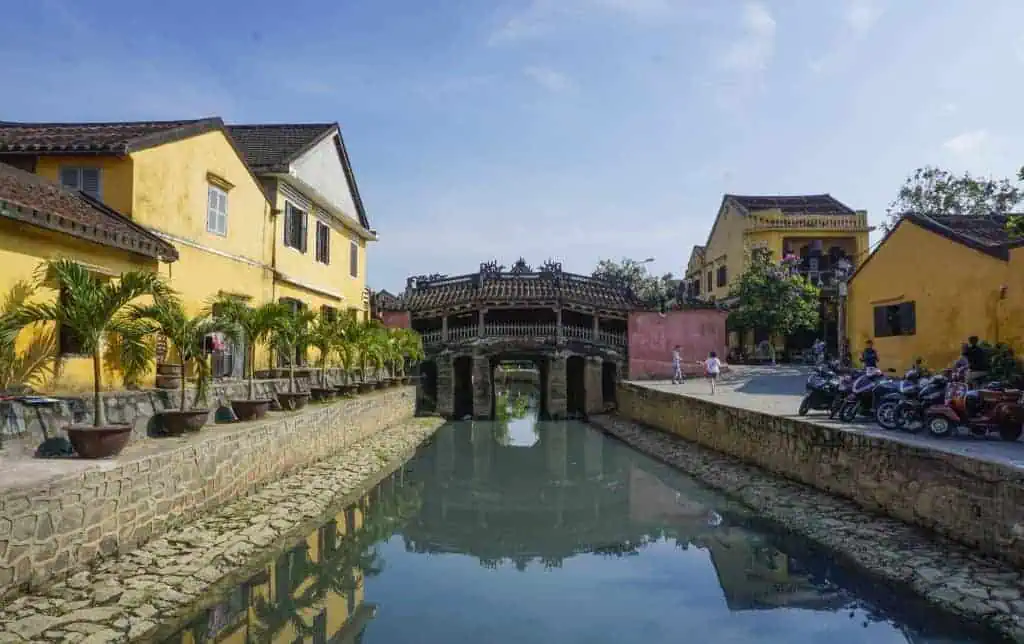
2. The old town as a city of gold/yellow
The march of time has left some wondrous marks on the old town, most notably on its ochre walls, which are predominantly yellow, with a few others of contrasting blue, green, or simply weather-beaten and covered with moss, mold, and mildew. The aged, bright yellow make for fantastic backgrounds for great photos in Hoi An.
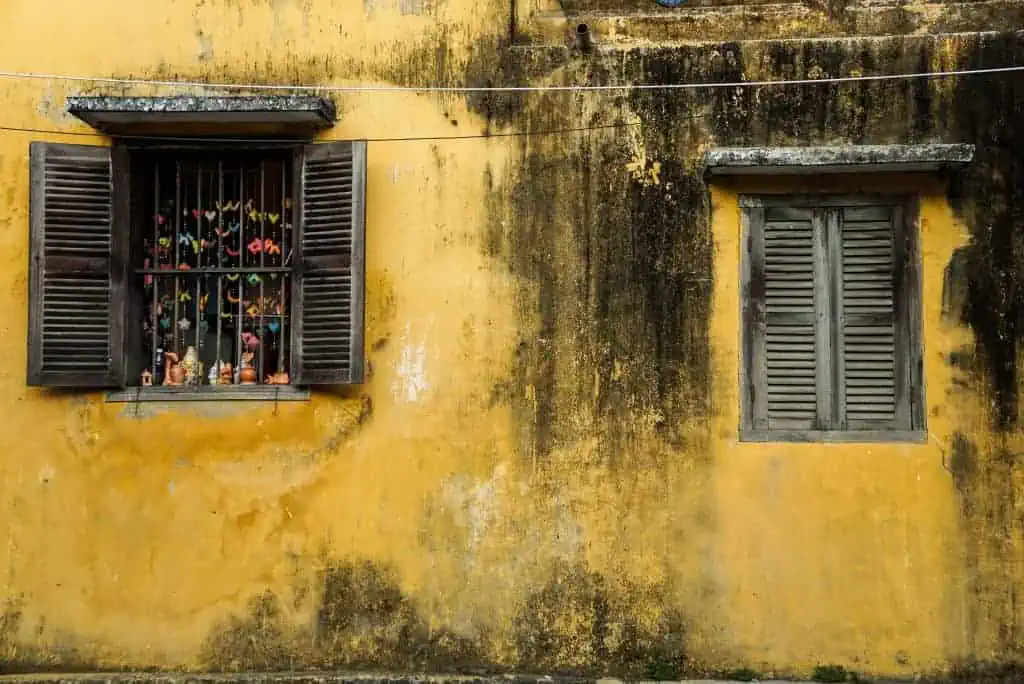
The Nostalgic Wall at the corner of Hoang Van Thu and Nguyen Thai Hoc (near the Museum of Folklore) is quite popular with Vietnamese tourists from all over the country. The alleyways, on the other hand, are quite underrated by many. There are relatively few of them (in comparison to Hanoi and Saigon) and they are easy to navigate so don’t hesitate to explore these fabulous gems.
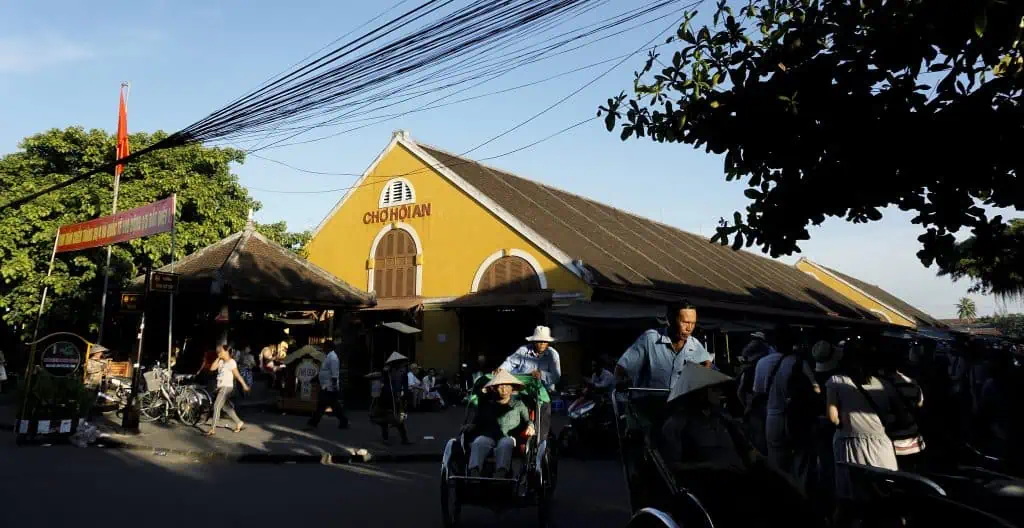
3. Hoi An Bougainvillea and arbors
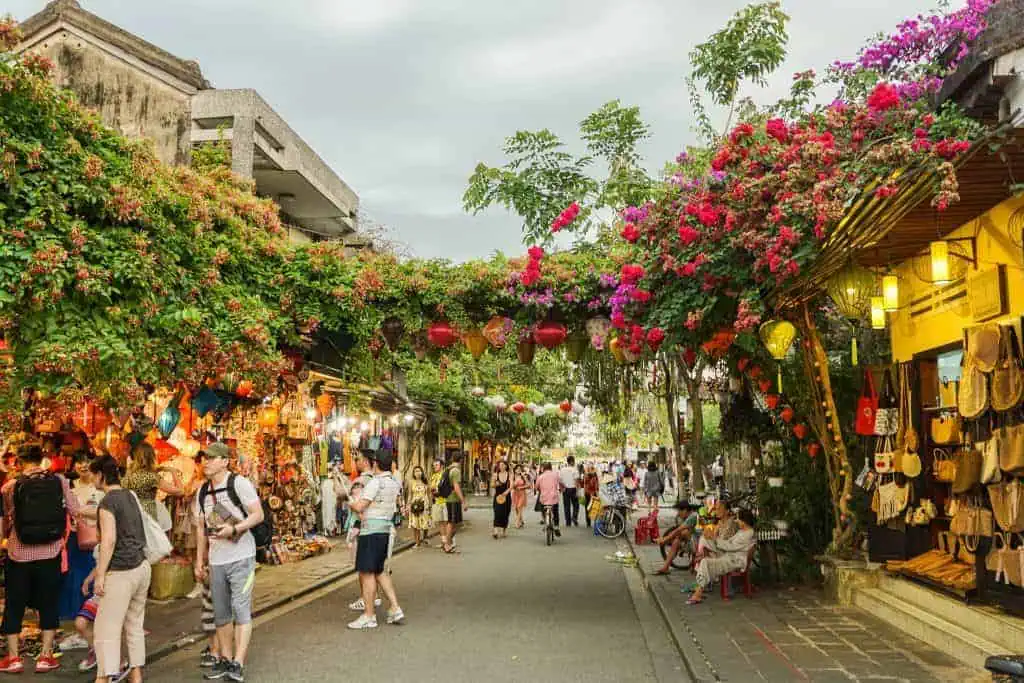
In contrast to the old walls, the thriving Bougainvillea plants and a variety of arbors and hanging vines bring a different charming element and vibrant feel to the town. You will find them everywhere, the alleys included so pay attention for the opportunity to snap some great shots.
4. Hoi An relics
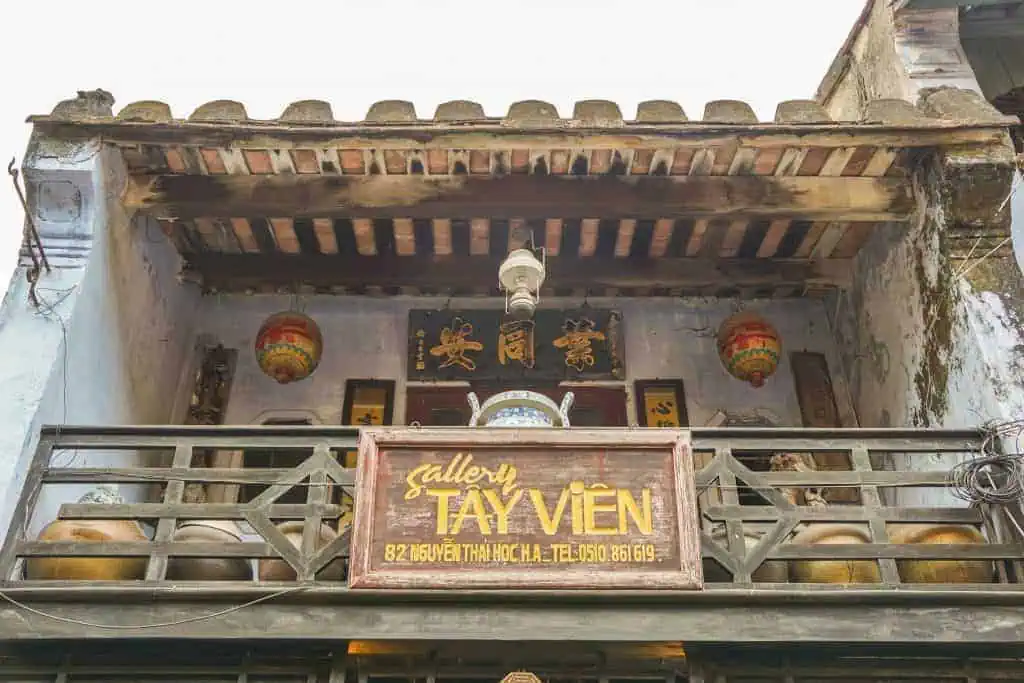
A good number of these ancient buildings line up the main road of Tran Phu while others spill out into the nearby streets.
– The major Chinese assembly halls: Fukian, Chiuchow, Cantonese, Hainan, Trung Hoa.
– Cultural/religious relics: Cam Pho and Minh Huong commune houses, Quan Cong temple (or Ong Pagoda), Van Duc Pagoda, Nam Quang Tu Pagoda, Ngoc Cam and Ngoc Chau monastery.
– Old houses: Tan Ky, Duc An, Phung Hung, Quan Thang, Diep Dong Nguyen, Tran family, Nguyen Tuong family. (Note: The stretch near the Tan Ky house on Nguyen Thai Hoc is quite pretty, no matter the time of day.)
– The Vinh Hung Heritage Hotel on Tran Phu itself is an old house built by a Chinese merchant some two centuries ago — could be an interesting overnight stay for those with a propensity for the past.
– The Ba Le well is a Cham relic. It was drilled at least 700 years ago. These days, the story of The Ba Le Well is one of the delightful old hired hand; he’s near ninety years old and still makes some thirty trips daily, carrying water from the well to various establishments around town. In fact, a photo-hunting trip with him through the alleys can be quite interesting. He’s very much part of the soul of the old town, especially considering how he’s the sole support to his wife and his mentally ill son.
5. The river roads
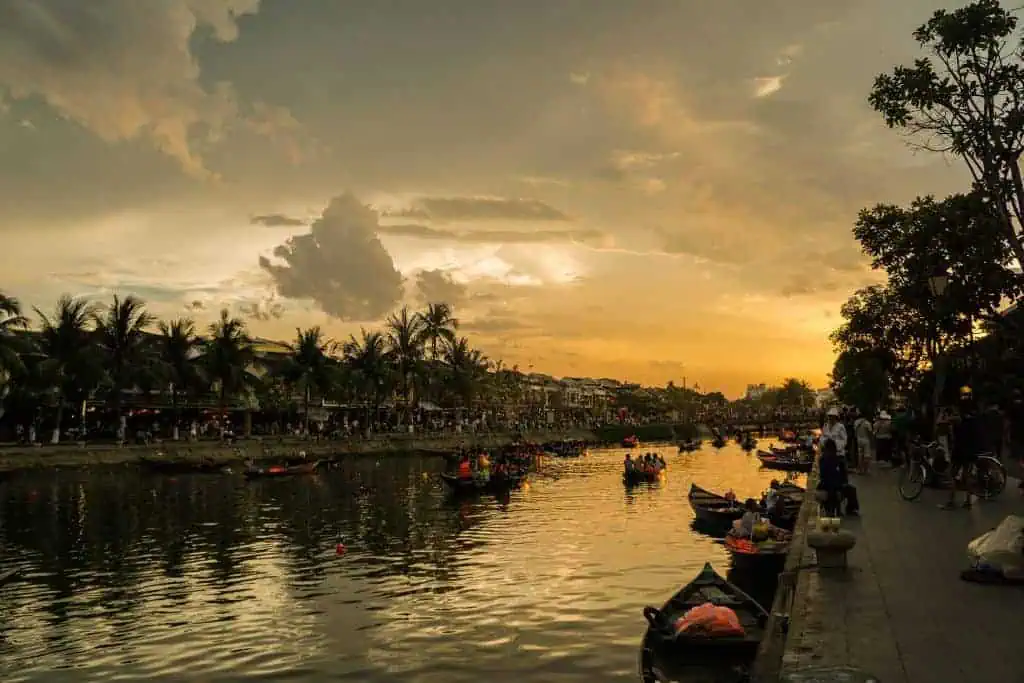
Remnants of the past they are, the river roads remain very much a great part of the landscape of the town. With its numerous economic establishments, the banks of the Hoai river revel in both memories of the old days and a vibrant collage of modern images. Among them are eateries, coffee shops, hotels (some are French-Indochina structures), the Hoi An market, the fabric and cloth market, one of the boat docks, the An Hoi sculpture garden, the brand-new Cultural Impression Park (as of March 2018), the Nguyen Phuc Chu walking street that leads to the Nguyen Hoang night market on An Hoi Islet, and the second night market (also brand-new) at Tran Quy Cap on the side of the Hoi An market. Photo ops are plentiful, with more of them when you reach the outer branch of the Thu Bon river at either end of An Hoi Islet. Within the confine of the old town, the little coffee place on the river bank (at the corner of the side street leading toward the Japanese bridge) is a good spot to observe a beehive of activities in the morning. The main Hoi An market at the other end of the town is another opportune location to get some great photos in Hoi An.
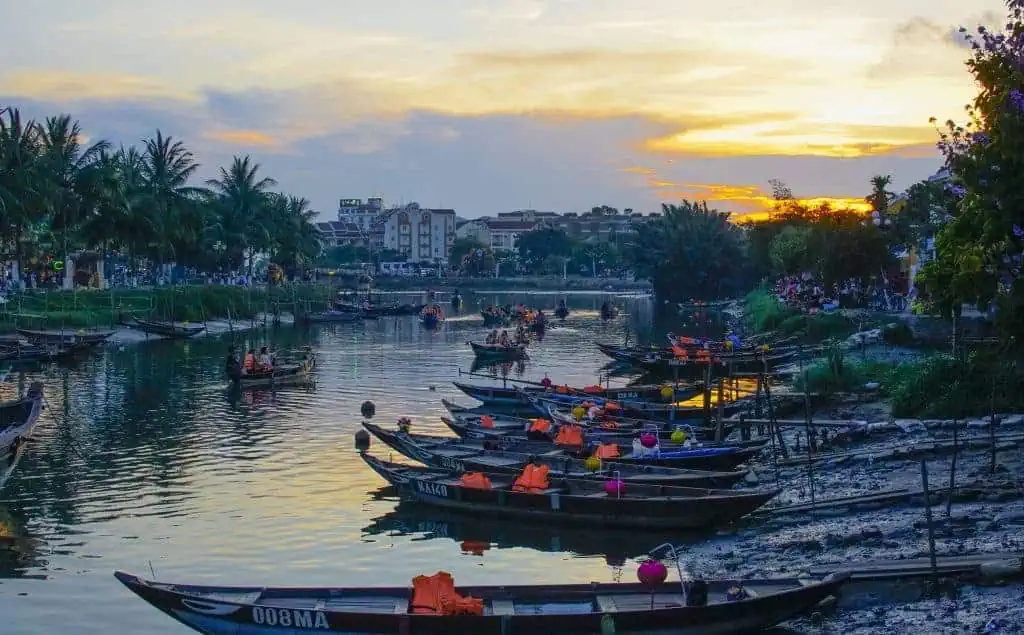
6. The lantern town
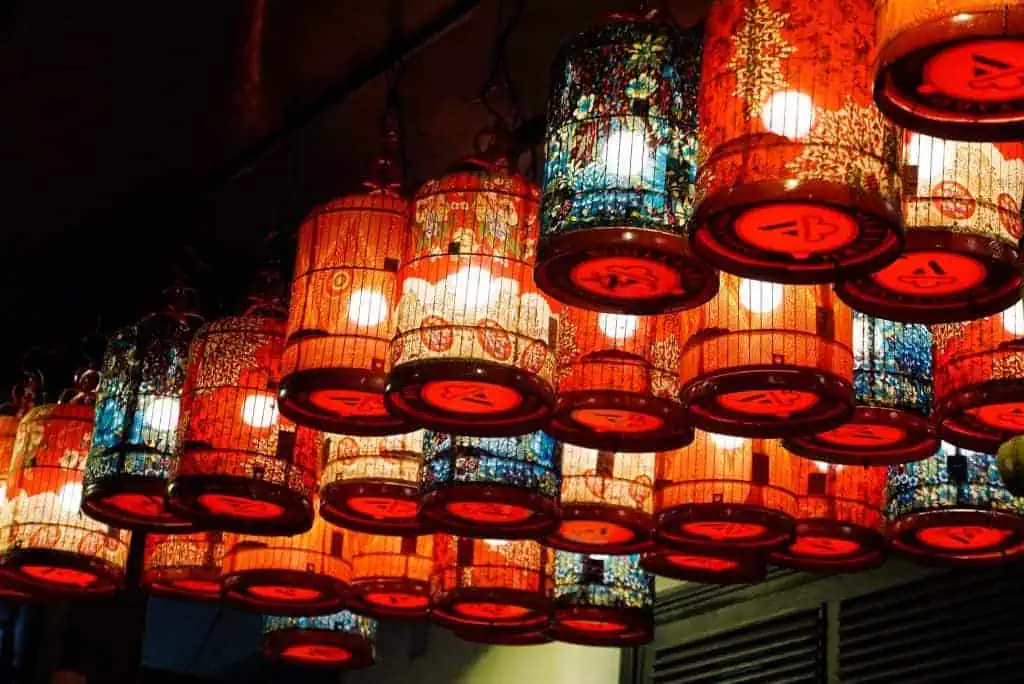
By now you’ve seen plenty lantern images in the old town. They are everywhere, but especially along the main streets that run parallel to the river, and at the Nguyen Hoang night market on An Hoi Islet. The best spots are probably around the area of the An Hoi Bridge. Also, if you can time your arrival to coincide with one of the major festivals, all the better.
You can learn more about the festivals here:
http://hoian-tourism.com/category/what-to-see/local-festivals
7. The French Quarter
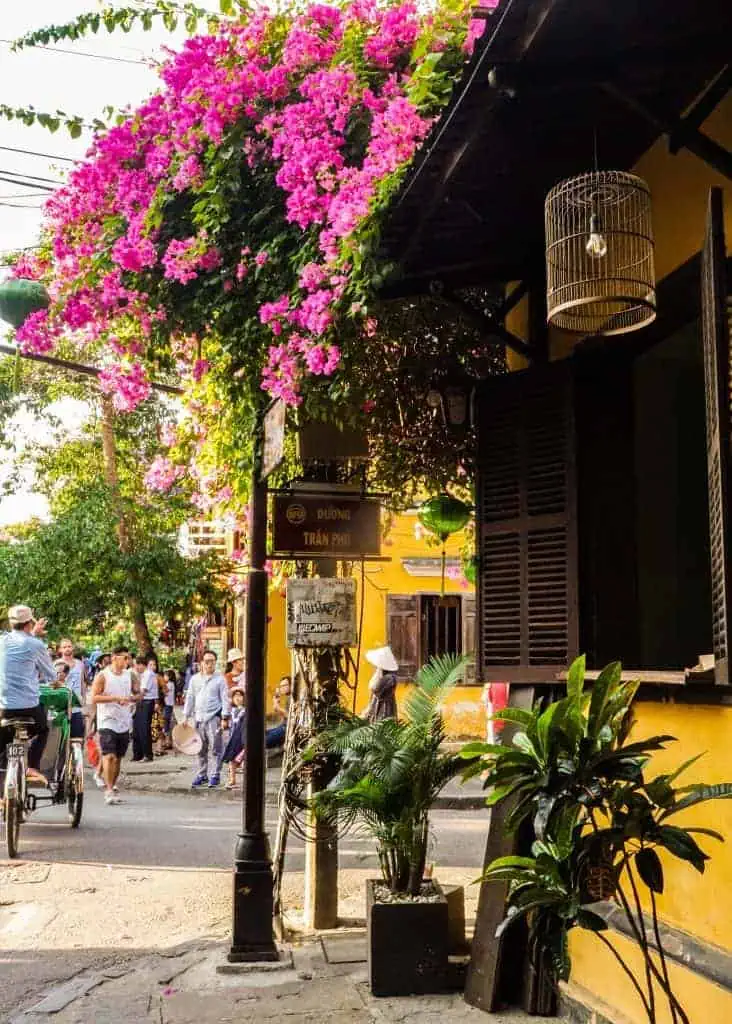
There’s not really a French quarter in Hoi An, but you can find a good number of French-Indochina structures (from the late 19th century going forward) in the south side of the old town. Starting at the east end of the Japanese bridge, head south to the river bank and hang a left. Shortly after the An Hoi Bridge, the road becomes Nguyen Thai Hoc, where you can find some handsome buildings in that mold. Arguably, that’s the most beautiful stretch of road in the old town. Many of these buildings have both a front and a rear entrance, with the latter one on Bach Dang, the street that runs along the Hoai river. The Tan Ky old house (though not a French-Indochina structure) is an example of a merchant house with an entrance on the south side facing the river for the ease of loading and unloading goods. Nguyen Thai Hoc ends at the Hoi An market, but Bach Dang continues on, along the river, until it reaches Hoang Dieu (the Cam Nam Bridge). After that the Hoang Dieu intersection, Bach Dang becomes Phan Boi Chau. The presence of French-influenced architecture continues on and spills out onto the two roads to either side. On Nguyen Duy Hieu, The Hill Station Deli and Cafe is a fine example of such structures as is the Brother’s Cafe Restaurant on Huyen Tran Cong Chua (along the river).
To the north side of the old town, the Hoi An Historic Hotel on Tran Hung Dao was a good example of a French-Indochina structure at one time; however, after several alterations, the ground/courtyard is probably all that remains of the old allure. On the way to the beach, on Cua Dai road, the Indochine Hotel enjoys a great setting (next to a quiet smaller river and among paddy fields) that is truly quintessence French-Indochina charm. At downtime, try the top floor of the dining room (in a separate building) or simply roam the ground. Shortly after the Indochine Hotel, you need to cross the Phuoc Trach Bridge to get to the beaches. This bridge is also a good spot to get some great photos in Hoi An.
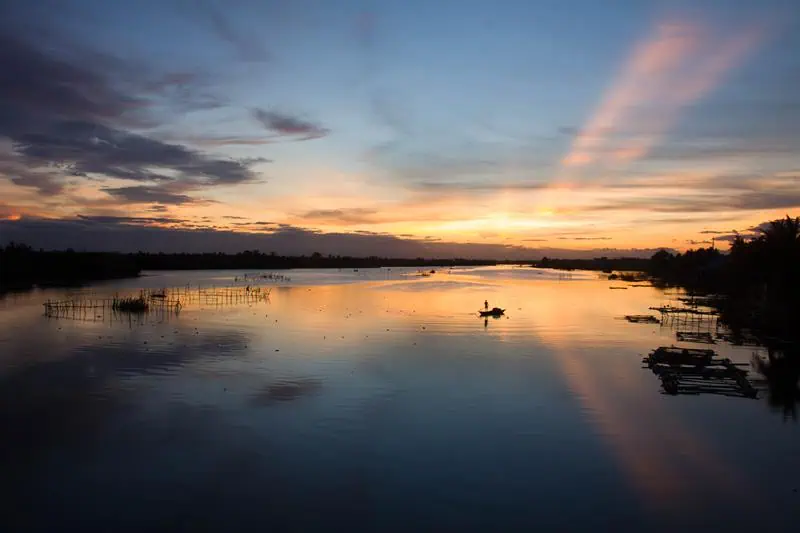
8. A view from above
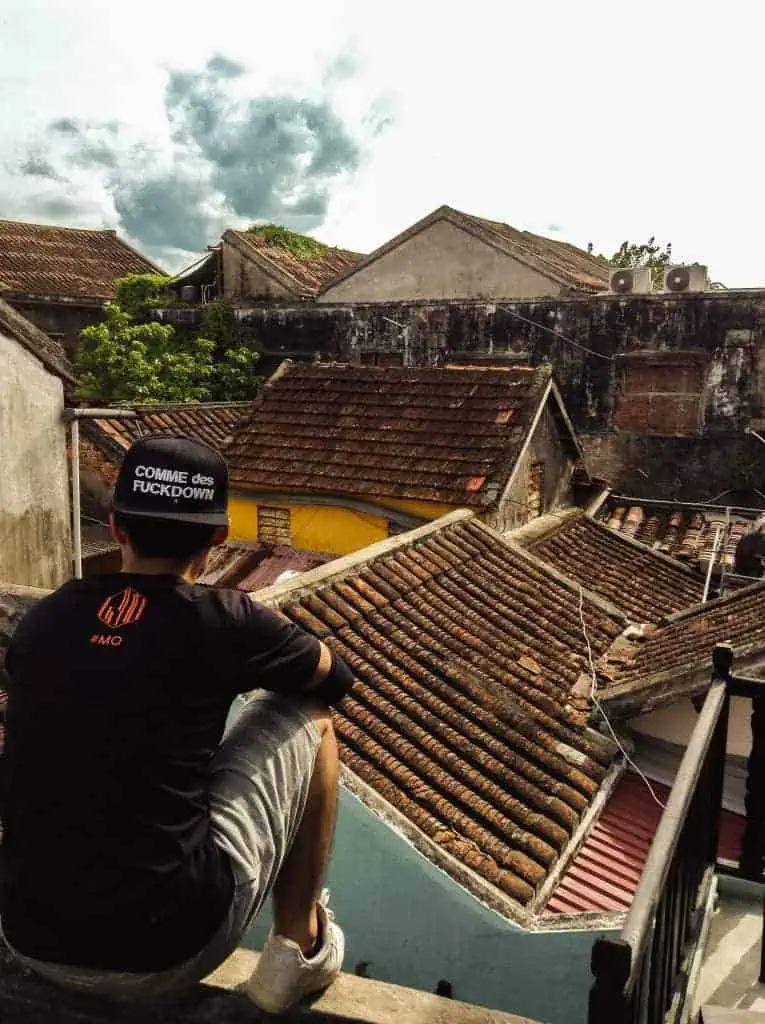
If you like photography from higher up, a few buildings mentioned above offer some great locations; among them are the Phung Hung old house and the Indochine Hotel.If you want to kick back over a coffee or a drink, The Chef, Faifo, and Bread Break are there for the choosing. The first two situate on Tran Phu, and the last one is on Nguyen Thai Hoc.
9. The traditional villages
No visit to Hoi An is complete without a trip to the countryside. Here are a few of my favorites:
– Thanh Ha is a traditional pottery village on the bank of the Thu Bon river, to the west side of town, reachable by both land and water. It’s also a fishing village, with a market that operates some time between 3:00 A.M. and sunrise. It now also features a very interesting museum/display space called the Terracotta Park where you can find clay replicas of famous edifices from around the world. If you head to the My Son ruins, you will pass by the northern edge of the village.
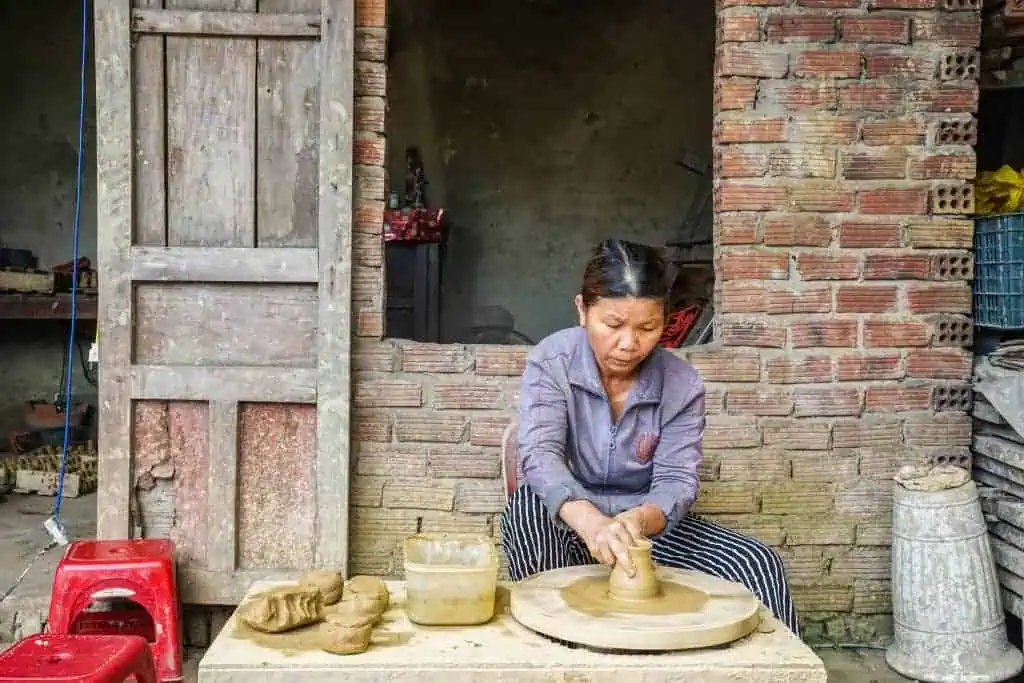
– The Phuoc Kieu bronze-casting Village is farther west from Thanh Ha, almost to National Highway1. To me, the most intriguing articles here are the gongs that the highly artistic craftsmen have forged for the various ethnic groups from the central highlands over hundreds of years. It’s fascinating how they are able to reproduce the different sounds of a whole set of gongs according to the requirements of dissimilar tribal groups.
– The village of “Mi Quang” Phu Chiem: (the noodle specialty of the Quang provinces — administratively, these provinces used to include both Hoi An and Da Nang) is just to the west side of Highway 1 across from the Phuoc Kieu Village. If you get here around three o’clock in the morning, you can watch the whole village in action; well, almost. The local joke is such that if you arrive at the Cau Lau Bridge (which is the old bridge that runs in tandem with the one on Highway 1,) you would meet the entire female population of the village. In actuality, they simply charter a couple of minibusses to take them to the big cities like Da Nang and Tam Ky where they have arranged for a space to set up shop. Some members of this traveling band use their own transportation — the motorbike, or even their own feet. I had learned the story of a middle-aged woman who, up to five years ago, still walks some 30km every day, rain or shine. These scavenger hunts, obviously, are for the hardcore photographers. For others, they are simply trifles to ponder on the road to My Son.
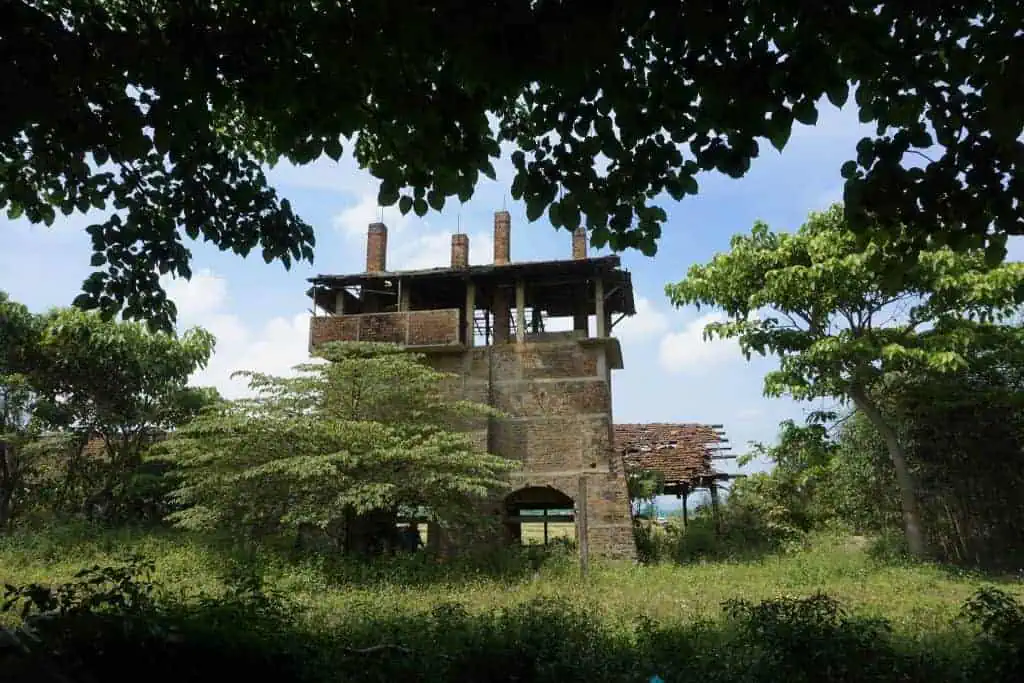
– The Kim Bong woodcarving and carpentry Village lies on Cam Kim Island to the south side of town, which is also just a short bike or boat ride. The Cam Kim Bridge connecting the island with An Hoi Islet is a great spot to marvel at the wide open space of the river; the view at sunset is simply drop-dead gorgeous. Besides wooden handicrafts, the highly skilled craftsmen at Kim Bong have further made a name for themselves from large-scale building projects not just in the old town, but all the way to the royal palaces in the Hue ancient citadel and beyond. On the other hand, Kim Bong traditional boat-building facilities are now just a tiny fraction of its heyday. The Cam Kim Commune is also known rice paper making.
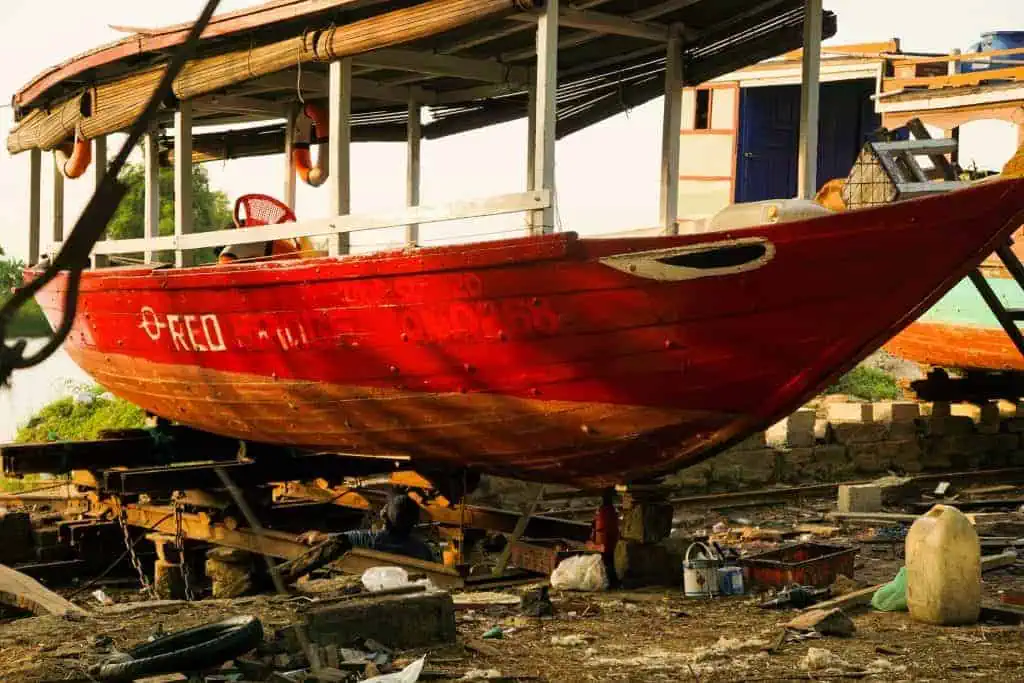
– The Triem Tay Village is on the same island of Cam Kim, to the west side (though not under the authority of Hoi An). Not too long ago – at the turn of the last decade, erosion had decimated so much of the land that most of the men were forced to seek jobs elsewhere. Thanks to the effort of a Vietnamese-French architect, Quoc Bui, it’s now a beautiful ecotourist village. On top of that, people were able to grow bamboo and sedge to resurrect their traditional sedge-mat weaving craft. In the village, you can also find a 300-year old home of the Vo family. If you go on a bike ride, a nice lunch spot is BenXua, which I had pinned on this map:
https://goo.gl/maps/wuyXqyQSTS12
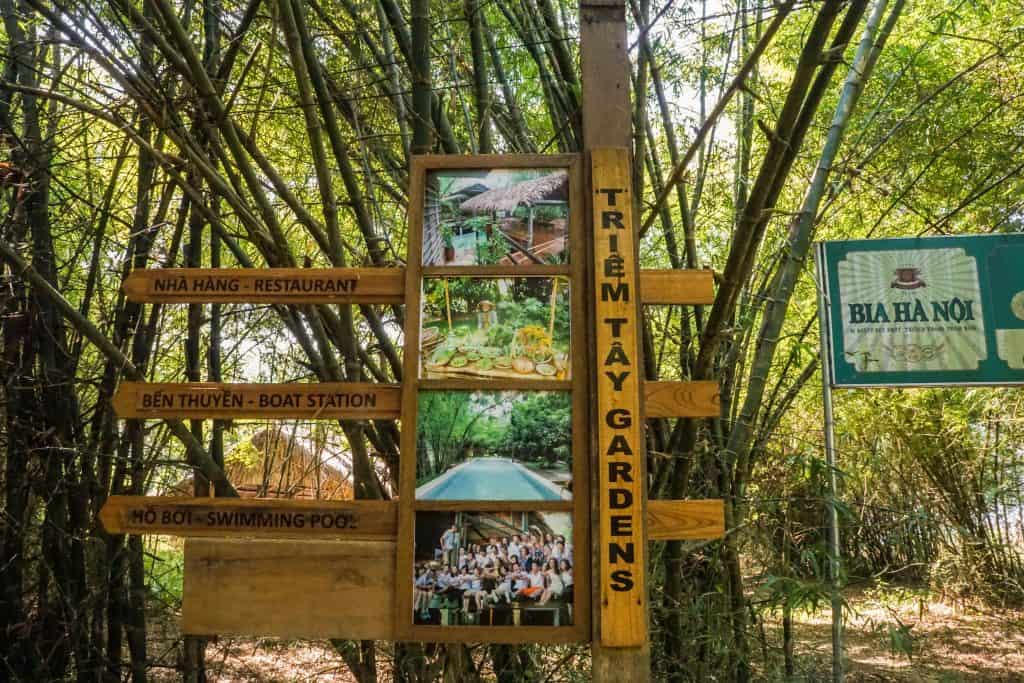
– The Tra Que Village to the east of town grows organic vegetables — don’t forget to visit the water wheel and the gallery nearby. This huge garden in Tra Que is a popular location for tour operators to take guests to for great photos in Hoi An.
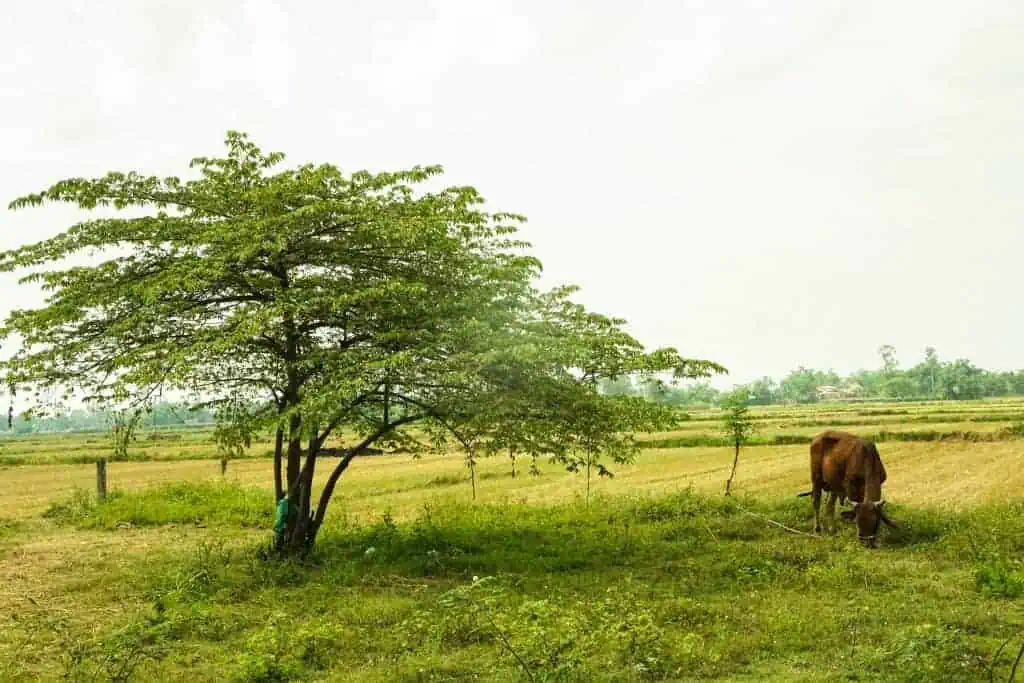
– The Cam Nam Island/Commune is accessible via the Cam Nam Bridge at the end of Hoang Dieu street as mentioned above. It’s known as a corn-growing area and old-fashioned baby clam harvesting.
– The Cam Thanh Commune lies to the north of Cam Nam Island and to the east of the old town. It looks like part of the mainland but is actually a group of islets. Known locally as the Mekong of Hoi An, the commune is bound by three rivers, with a number of dissecting canals — all lined with water coconuts. Recently, it was turned into an ecotourist zone where you can experience the traditional basket boats.
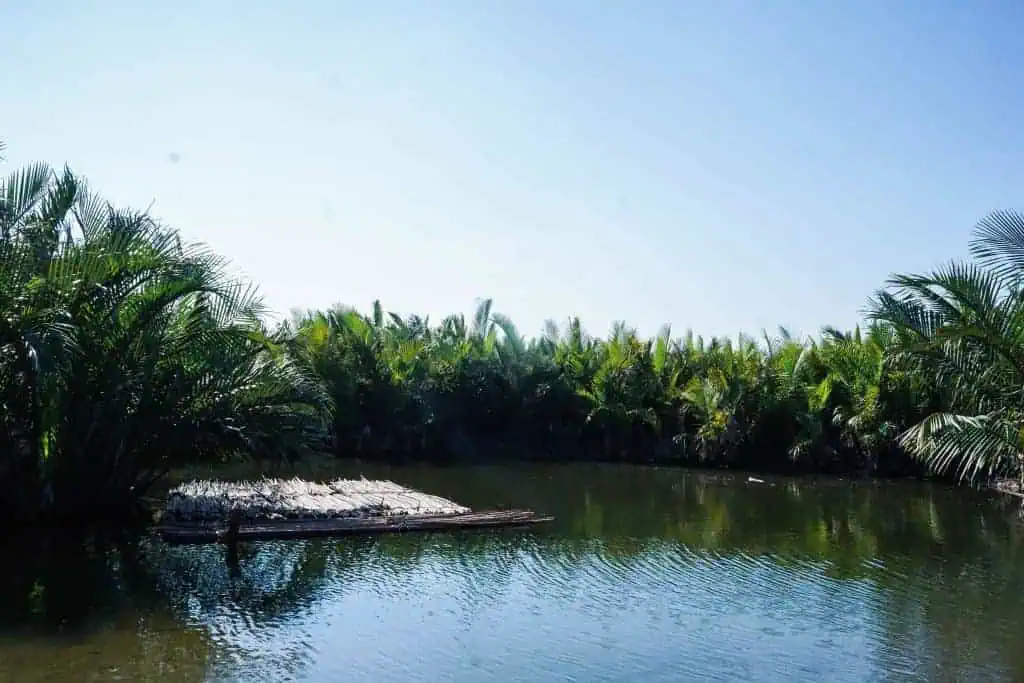
– There are also several other fishing villages like An Bang (at An Bang Beach), Thanh Nam (at the Cua Dai Estuary), and Duy Hai (to the other side of the river mouth). Cua Dai bridge connecting the two sides of the river is obviously another great spot for photography.
10. Other points of interests and structures

These last places each has its own traits: from balconies to roof terrace, old structures and artifacts, traditional performances to craft demonstrations:
– The museums (History and Culture, Trading Ceramics, Sa Huynh, Folklore).
– Hoi An Blossom Handicraft Workshop, XQ Hoi An.
– The Hoi An Silk Village.
– The Atlas Hotel, designed by the well-known architect Nghia Vo, made the recent top ten list of Green Buildings as selected by Construction Global:
– The Vinahouse Space (Vinahouse Craft Village), boasts a collection of traditional Vietnamese houses and is located near both the Phuoc Kieu and Phu Chiem Villages. In the same vicinity, you will also find the captivating bamboo bridge of Cam Dong and a series of local bistros/restaurants that specialize in a delicious roasted calf (be thui).
We hope you enjoyed reading this article, and it helps you capture some great photos in Hoi An! If you want to explore the areas outside of old town and visit areas that most travelers to Hoi An never get to see, you may consider booking a Hoi An scooter tour with XO Tours or their unique evening walking food tour.


